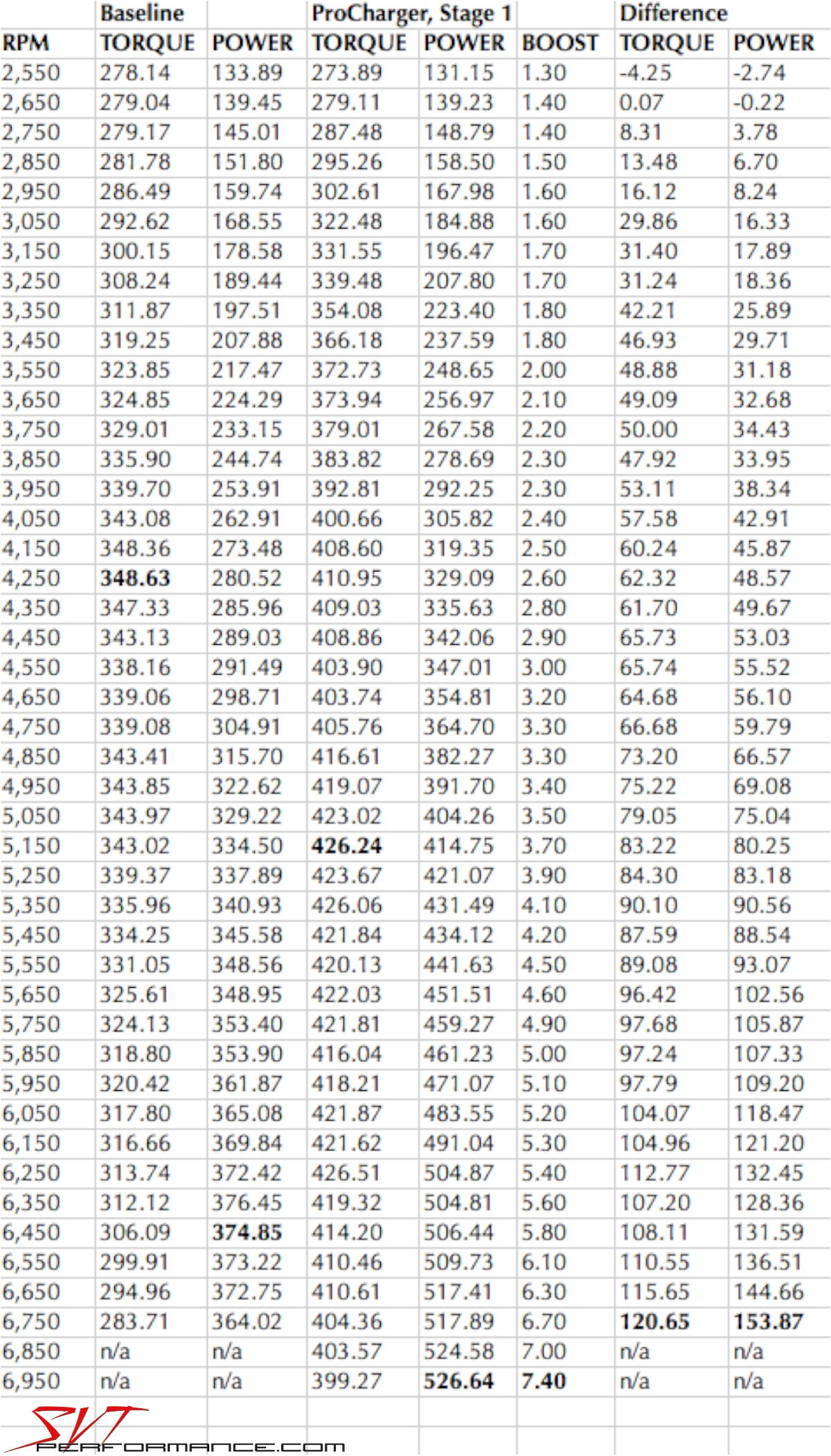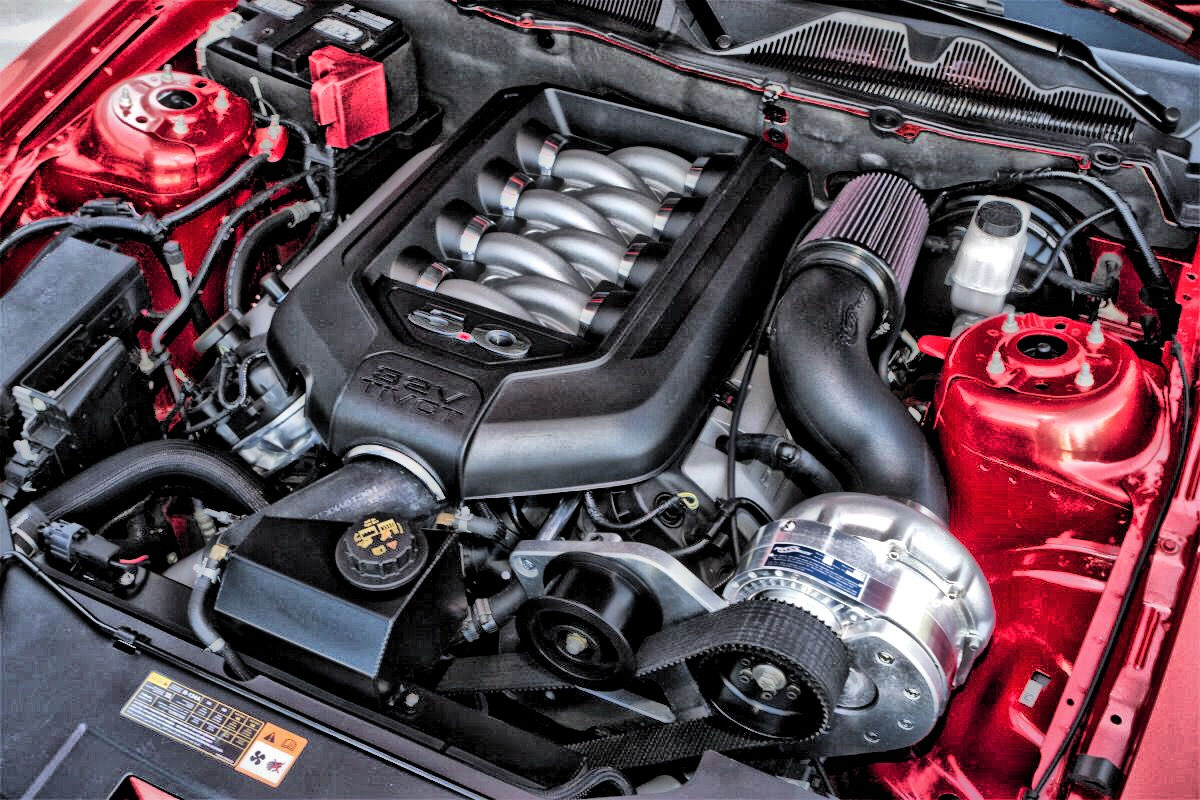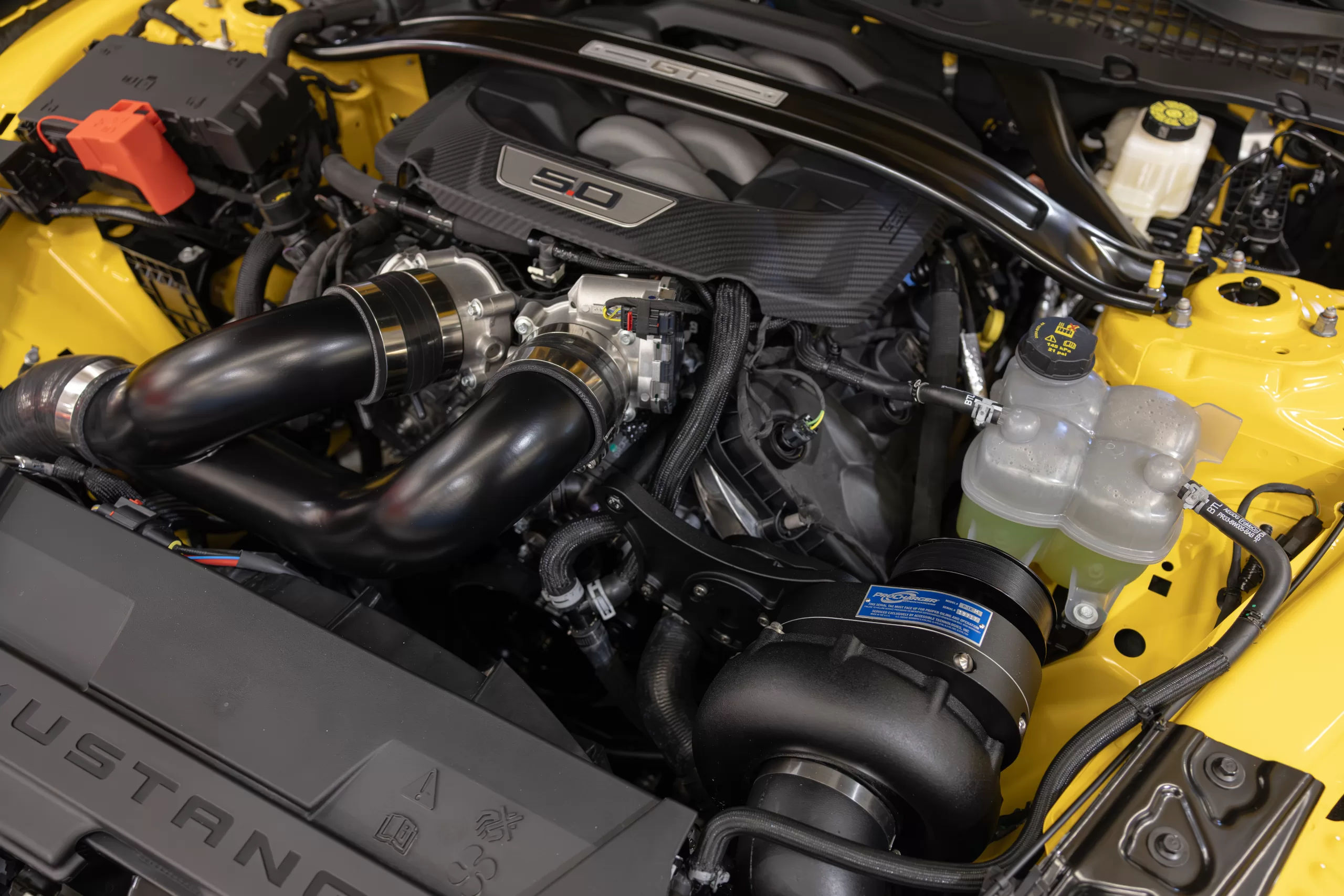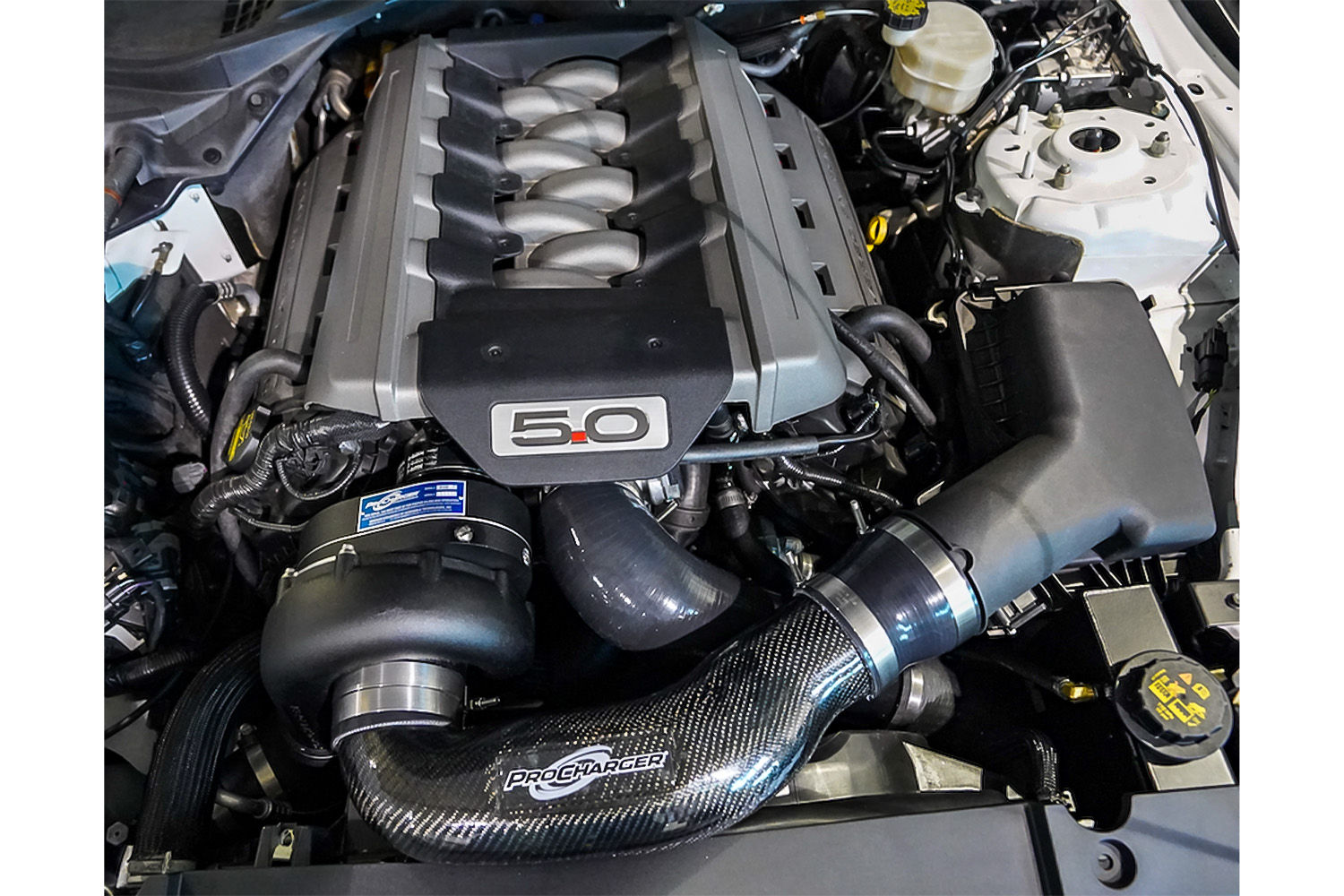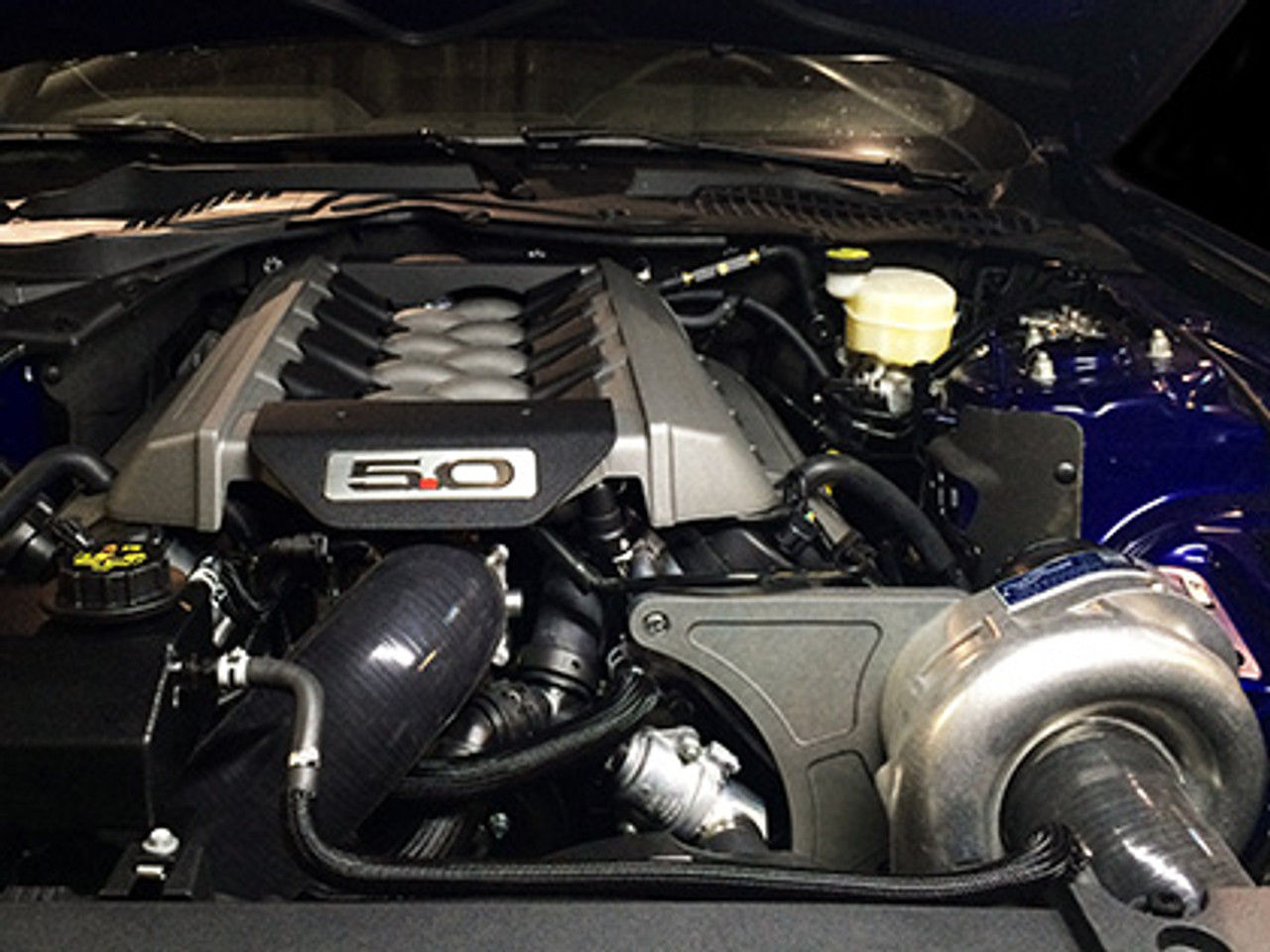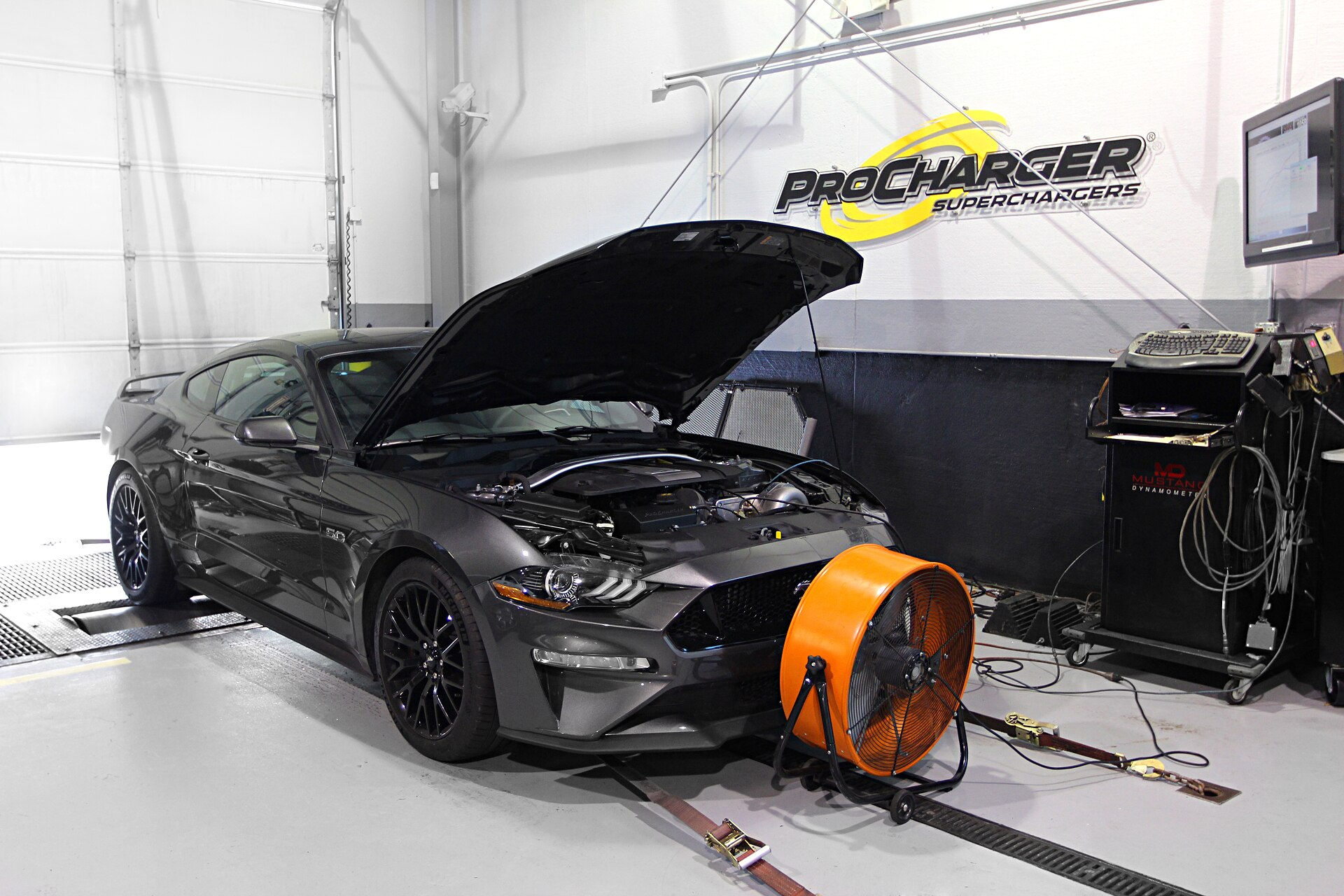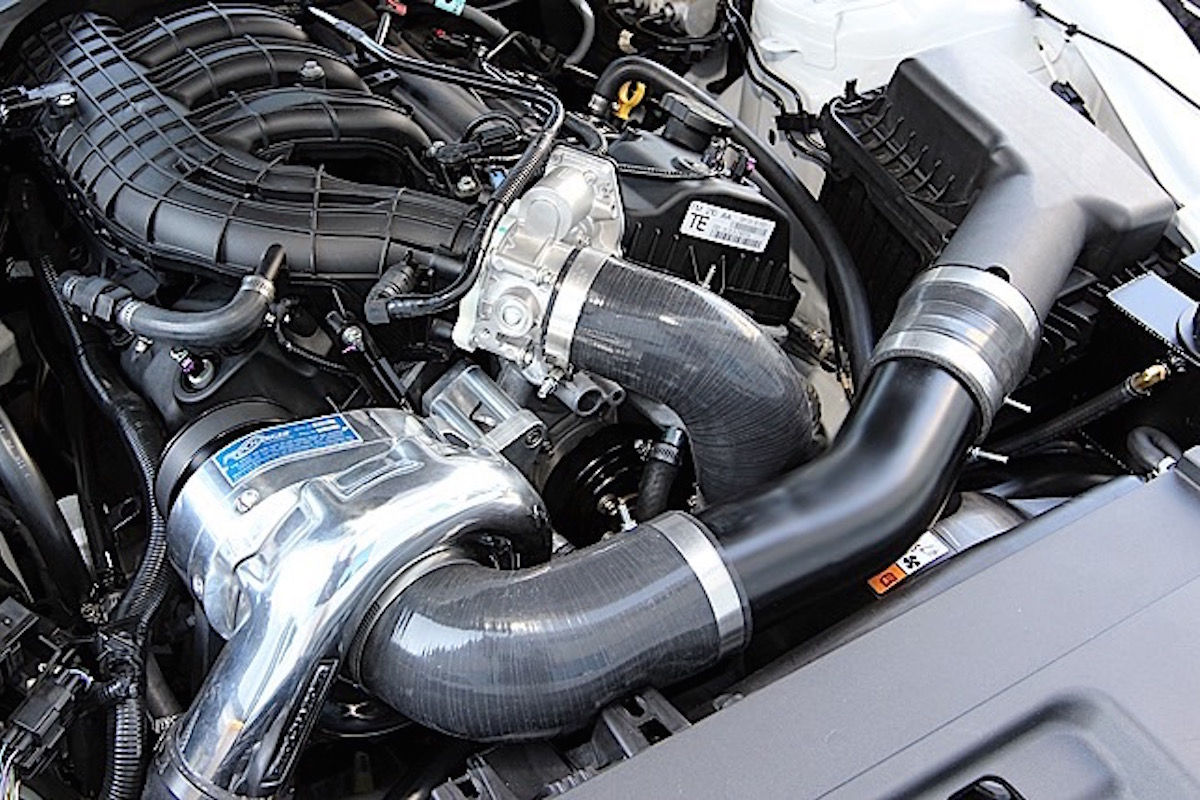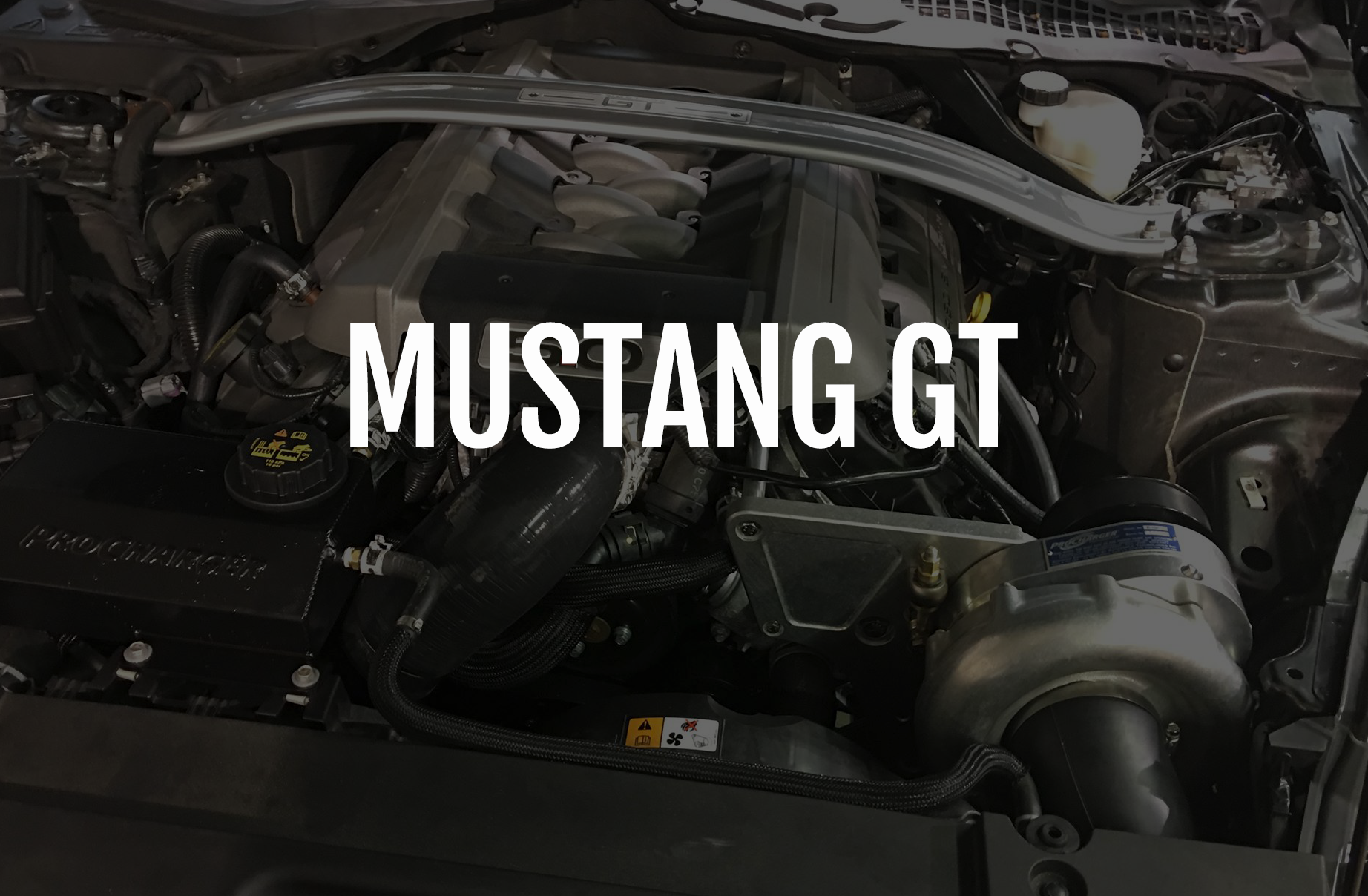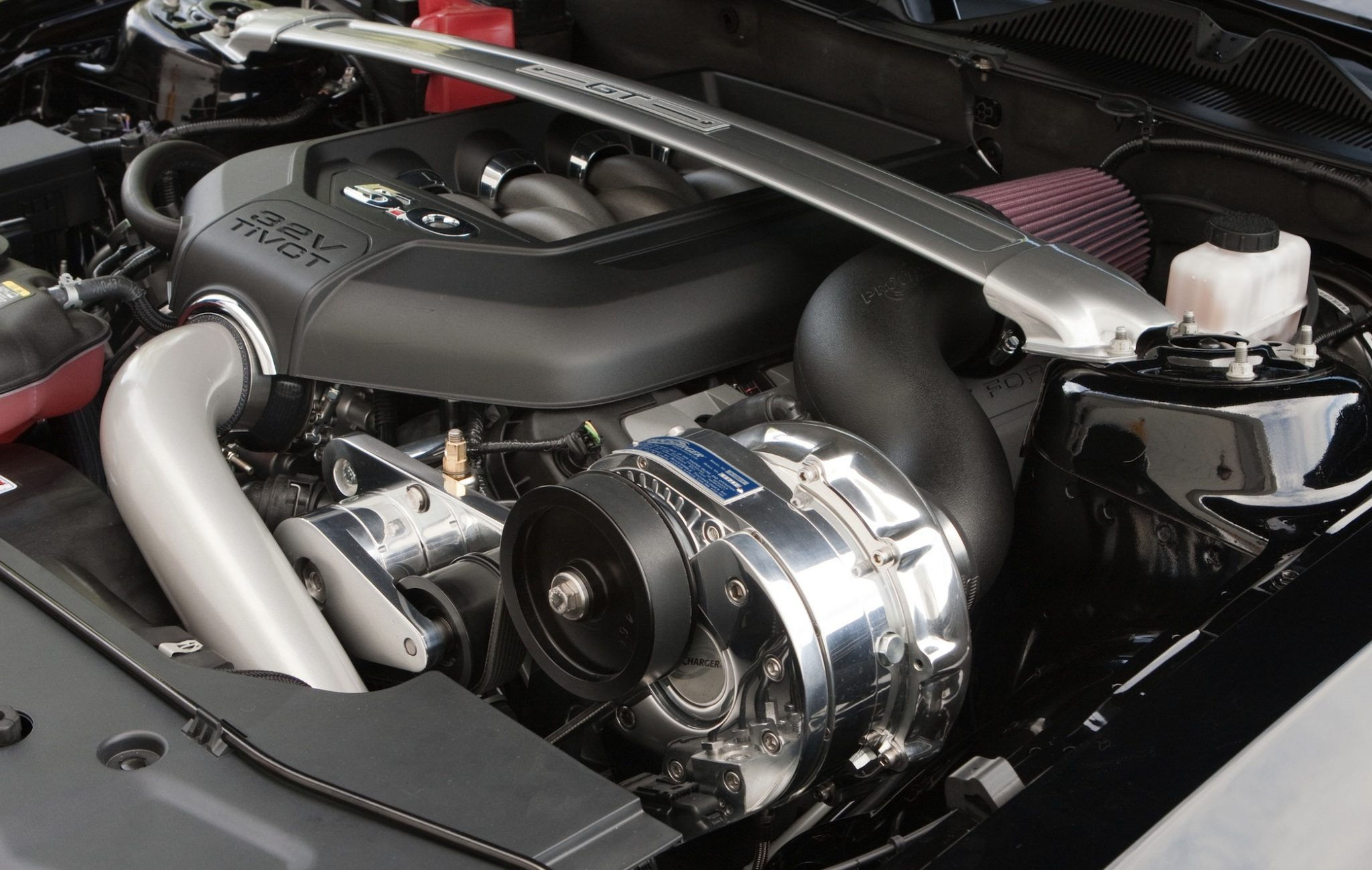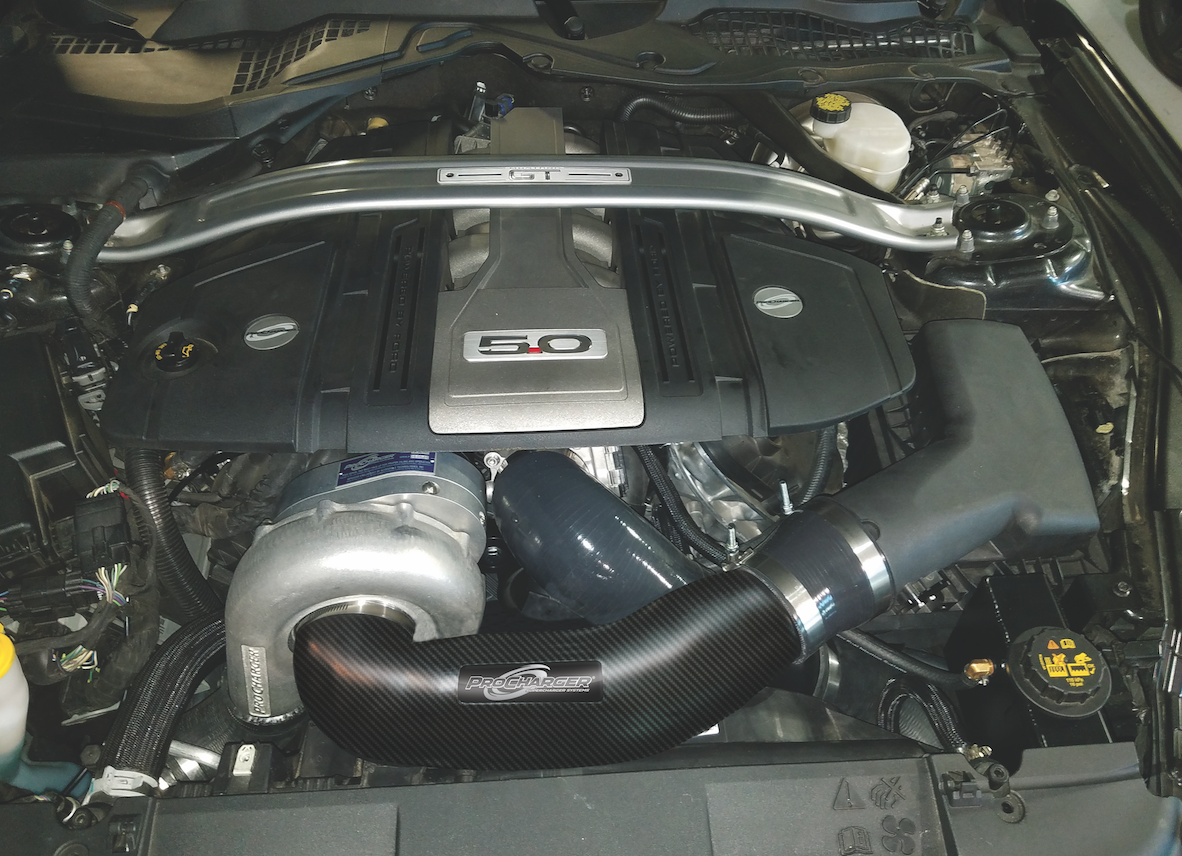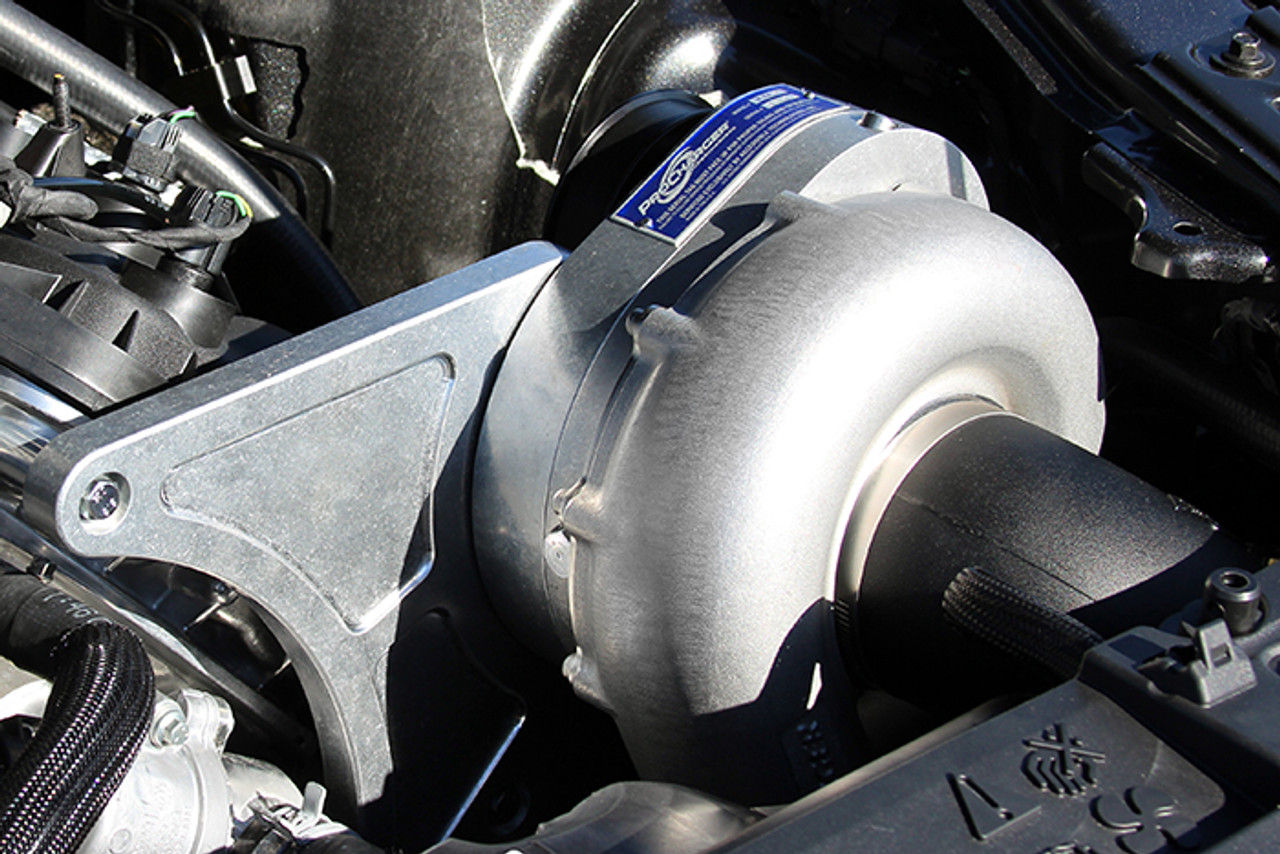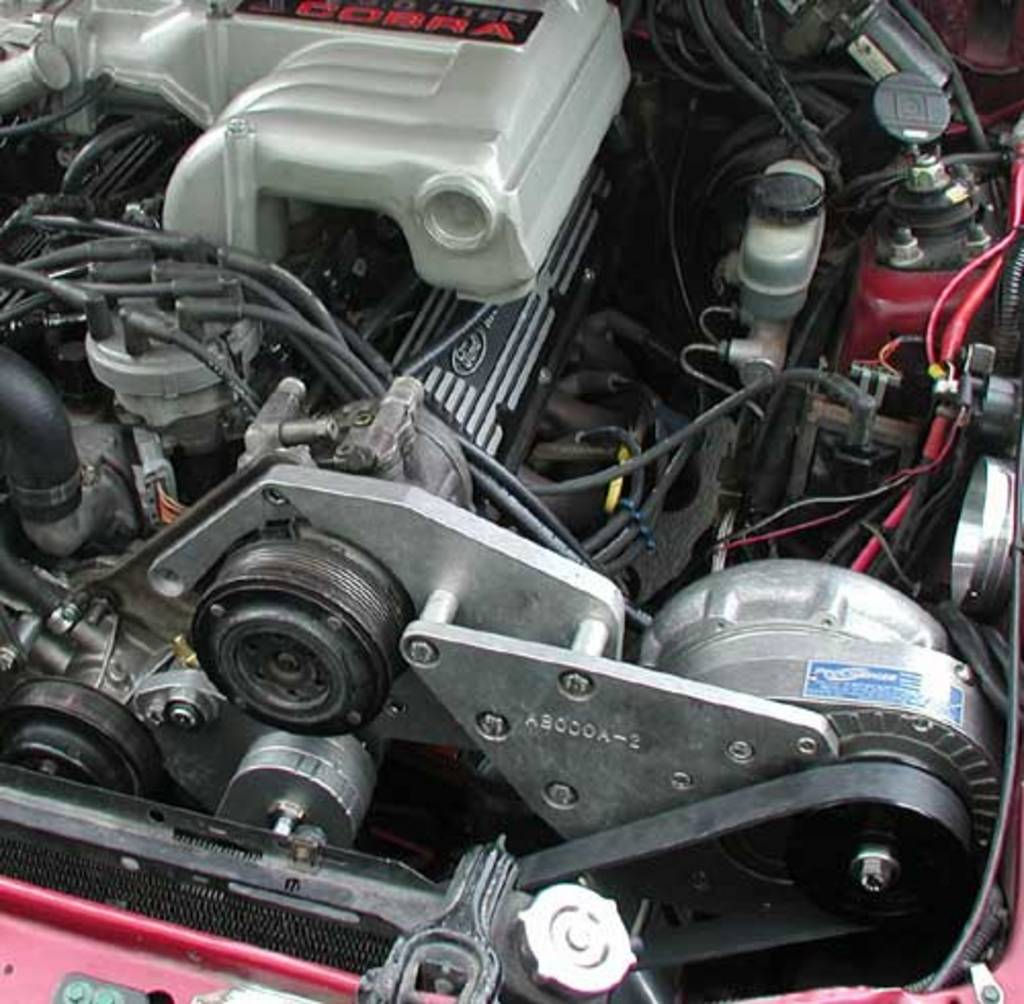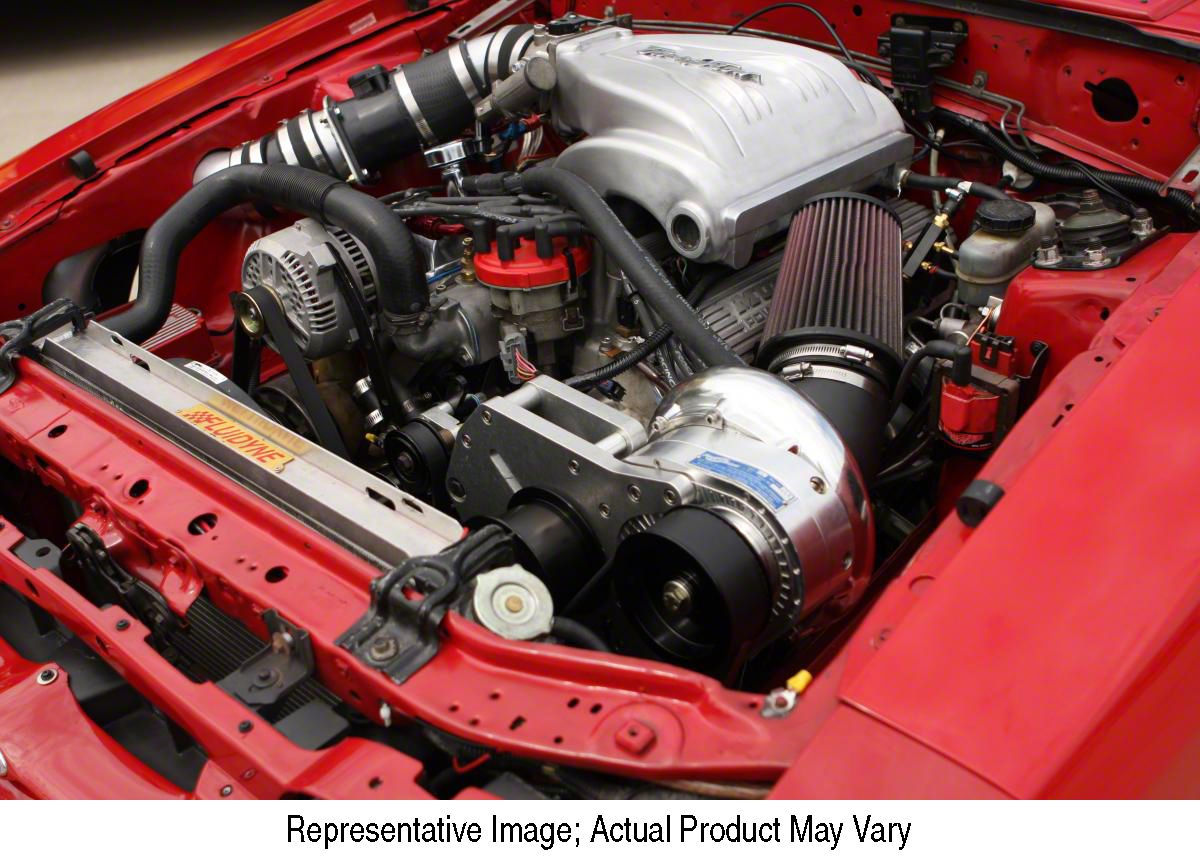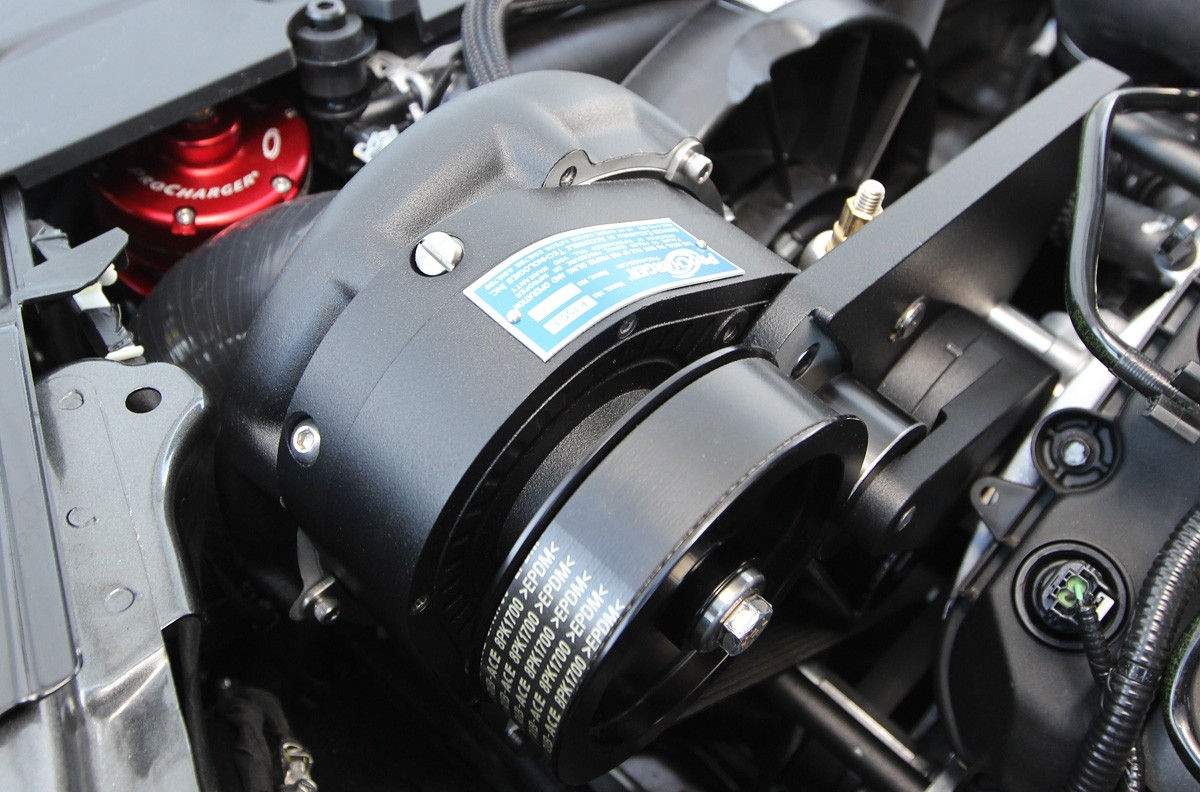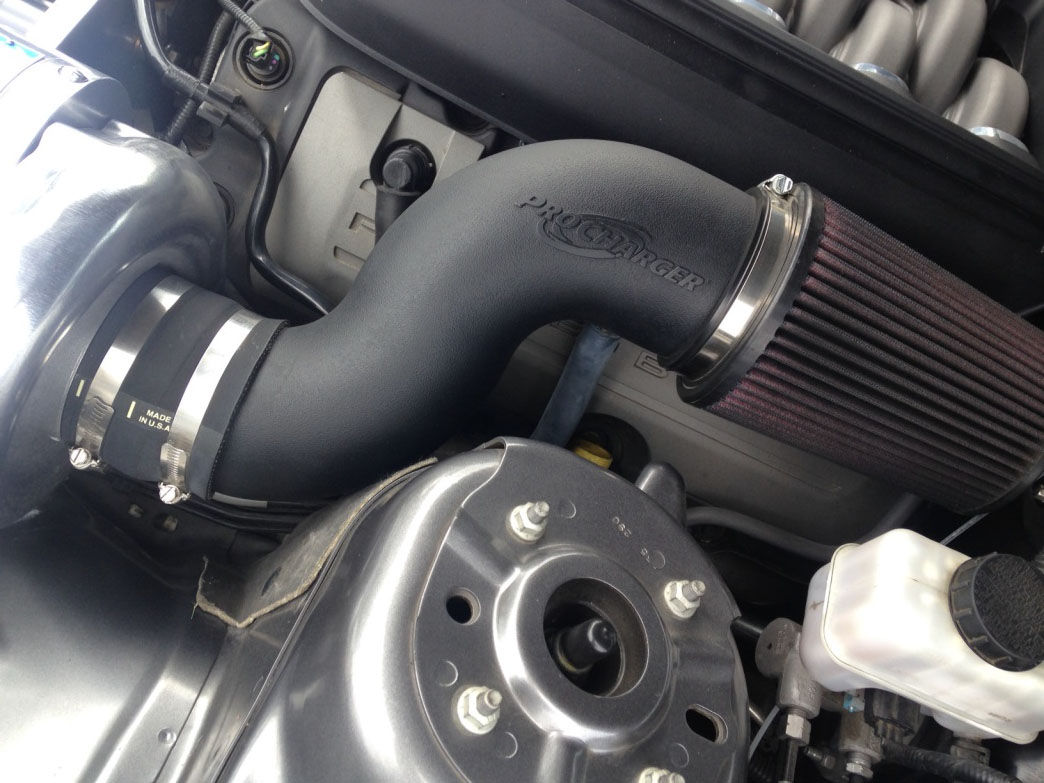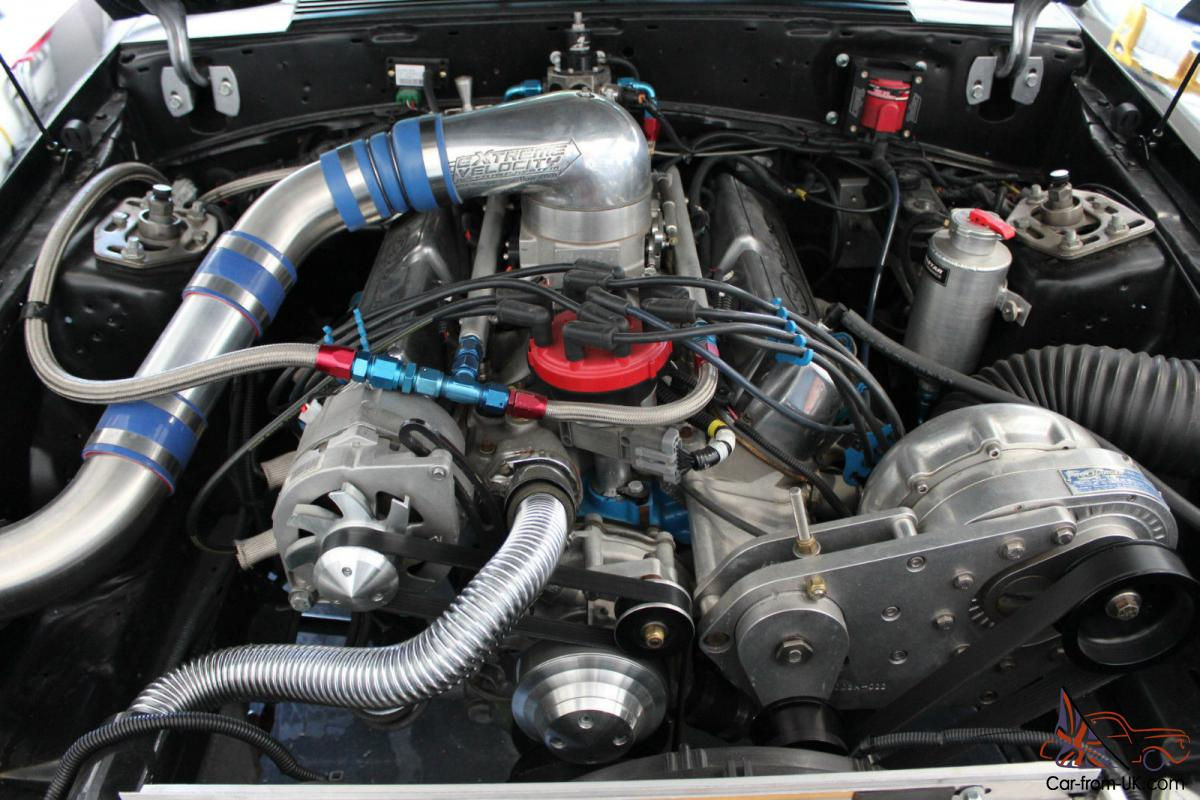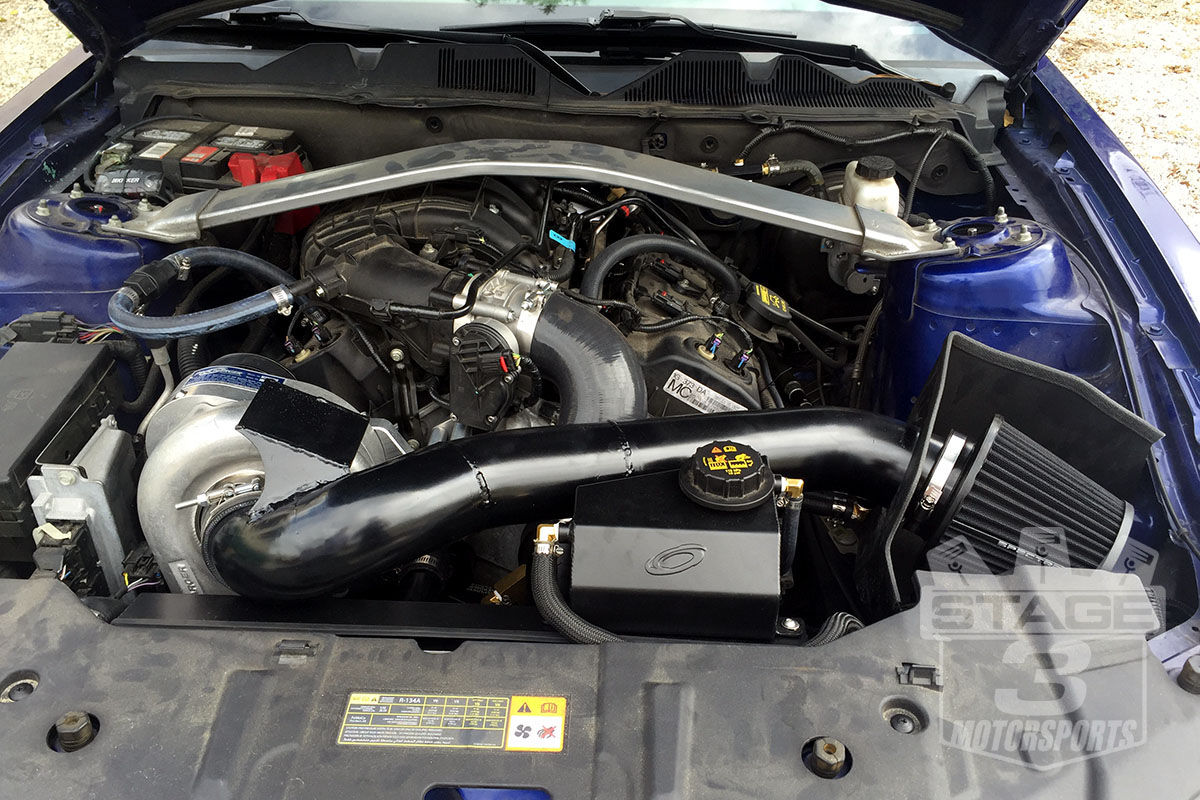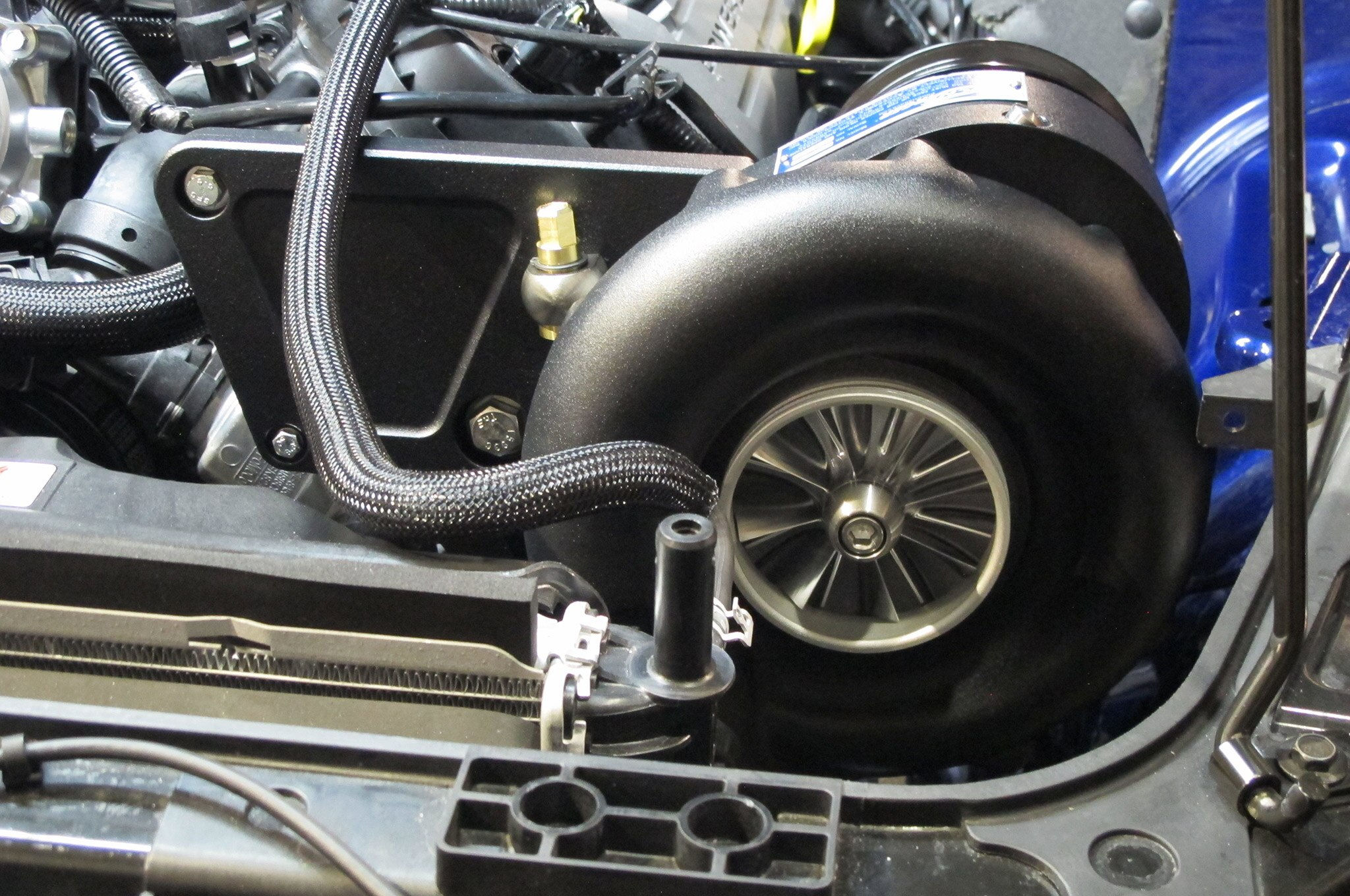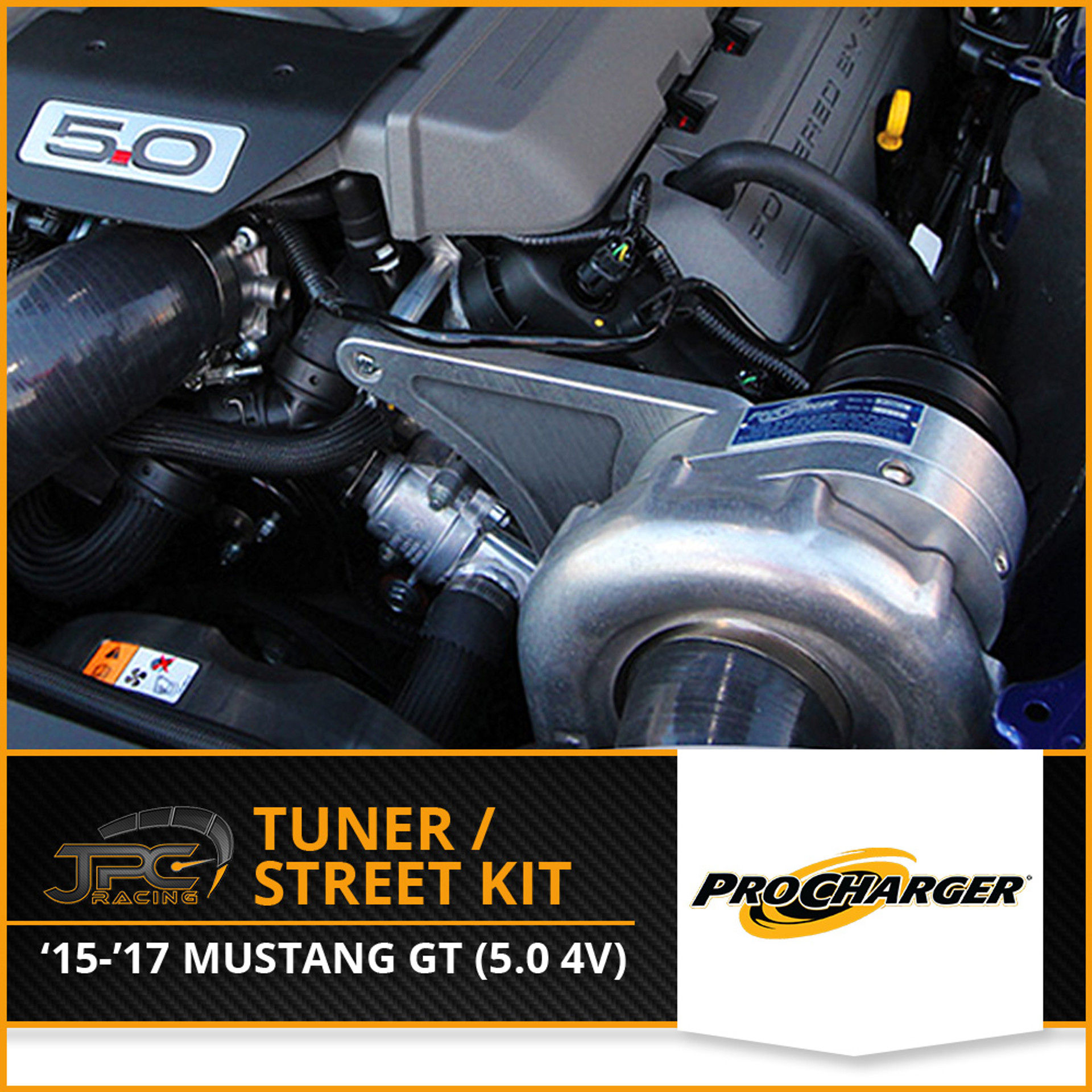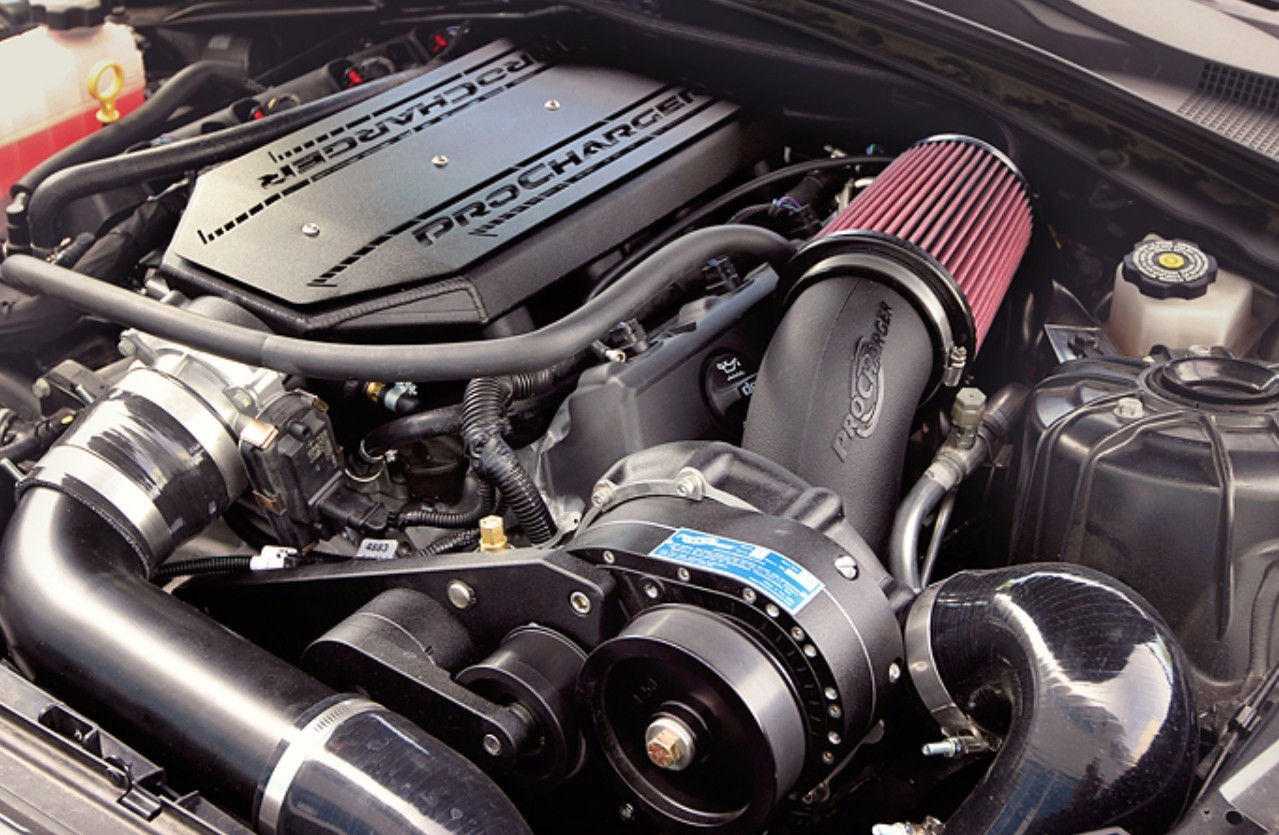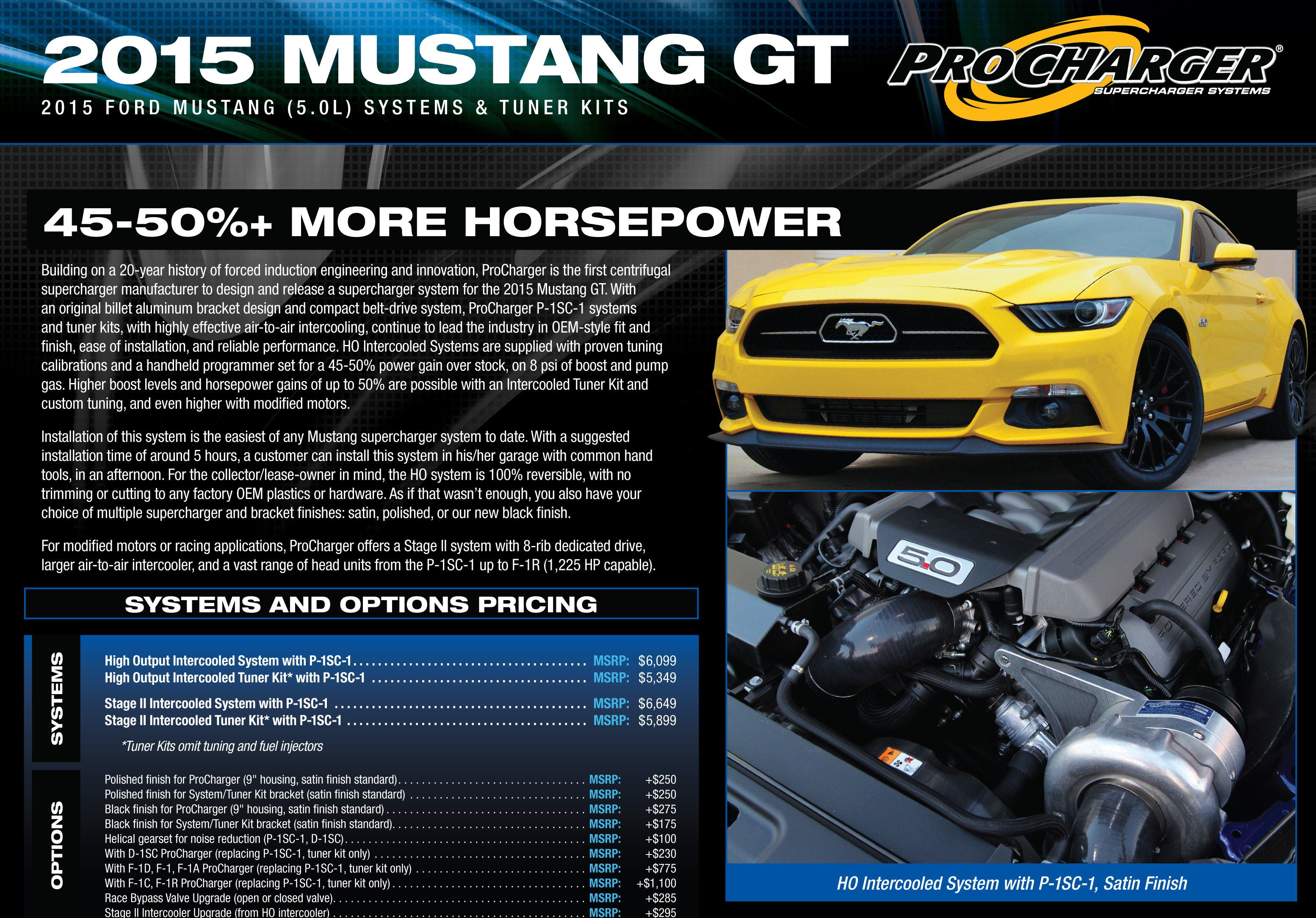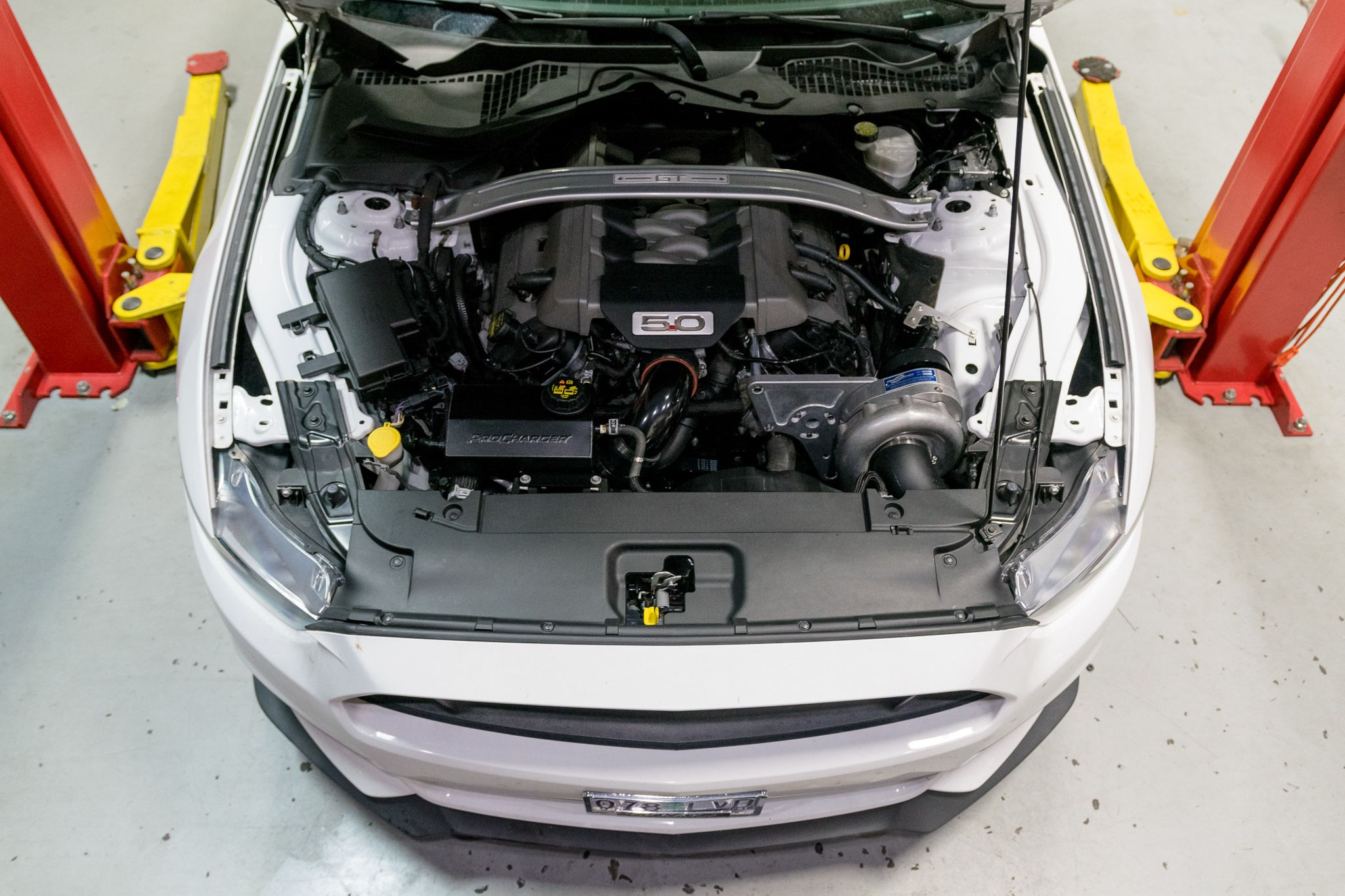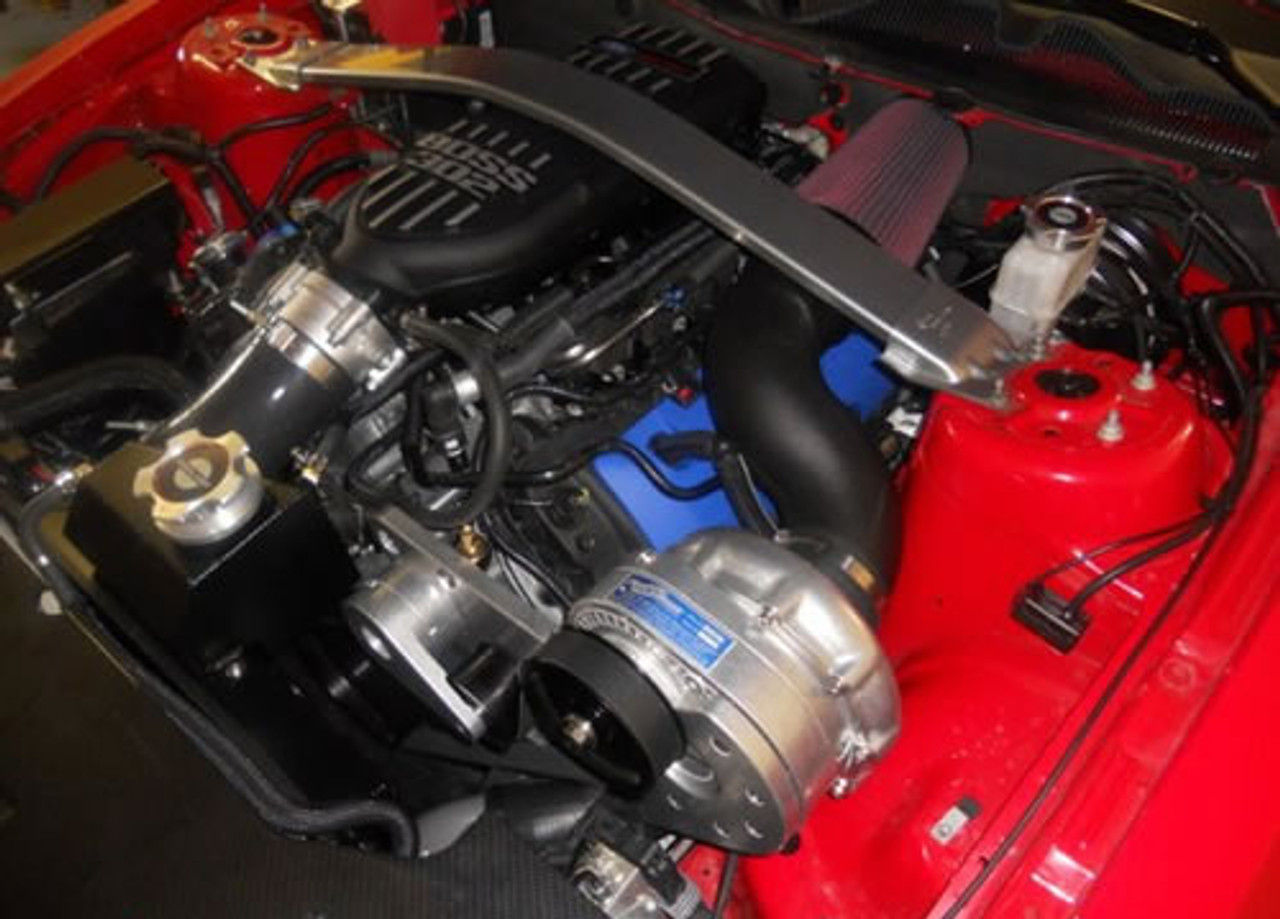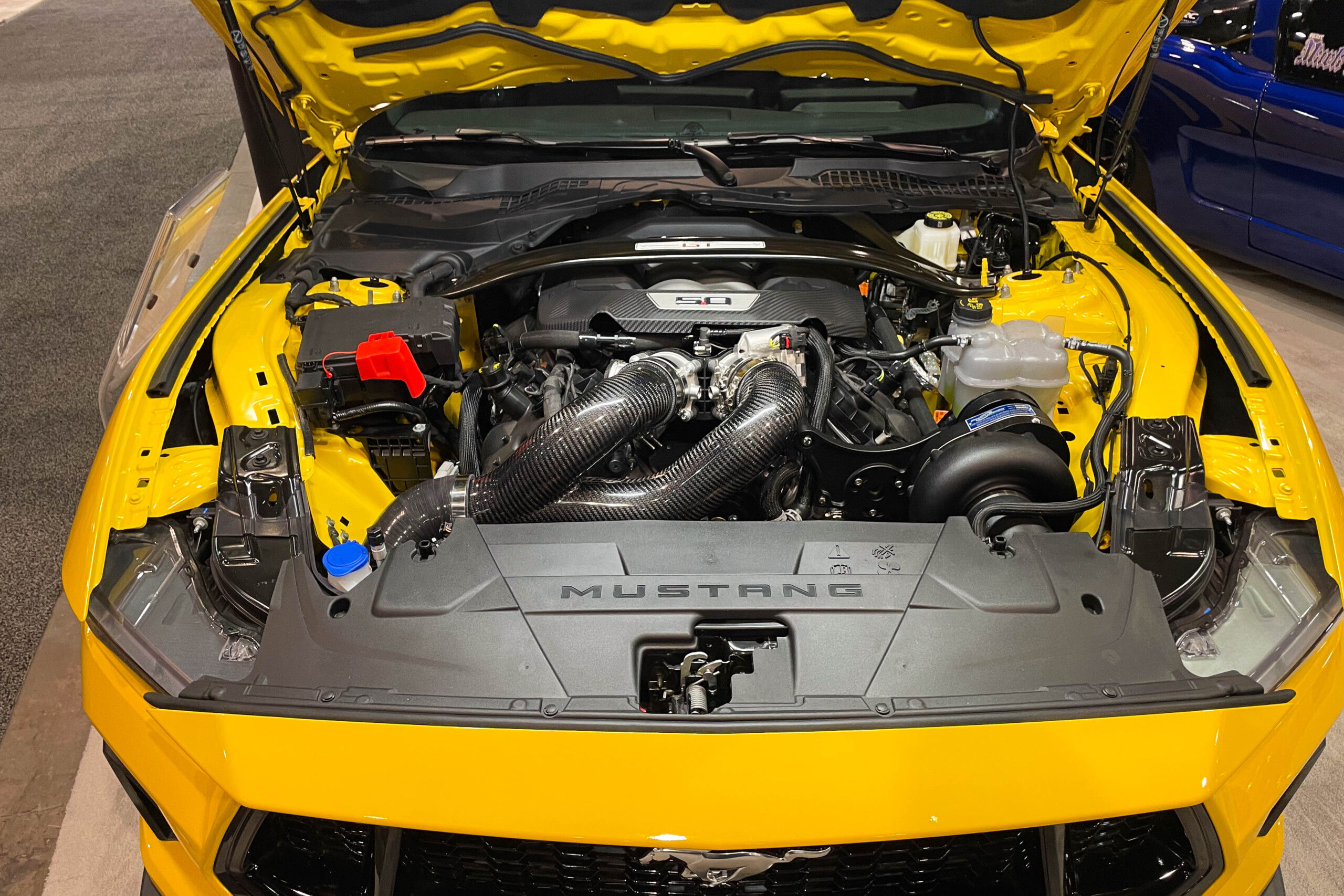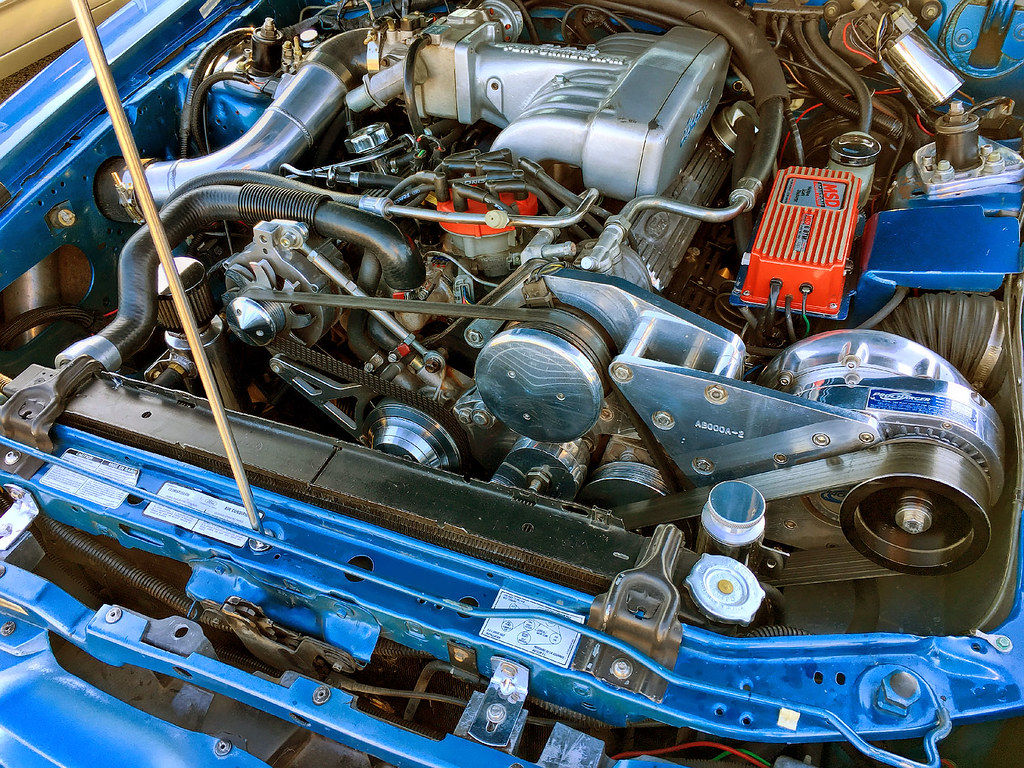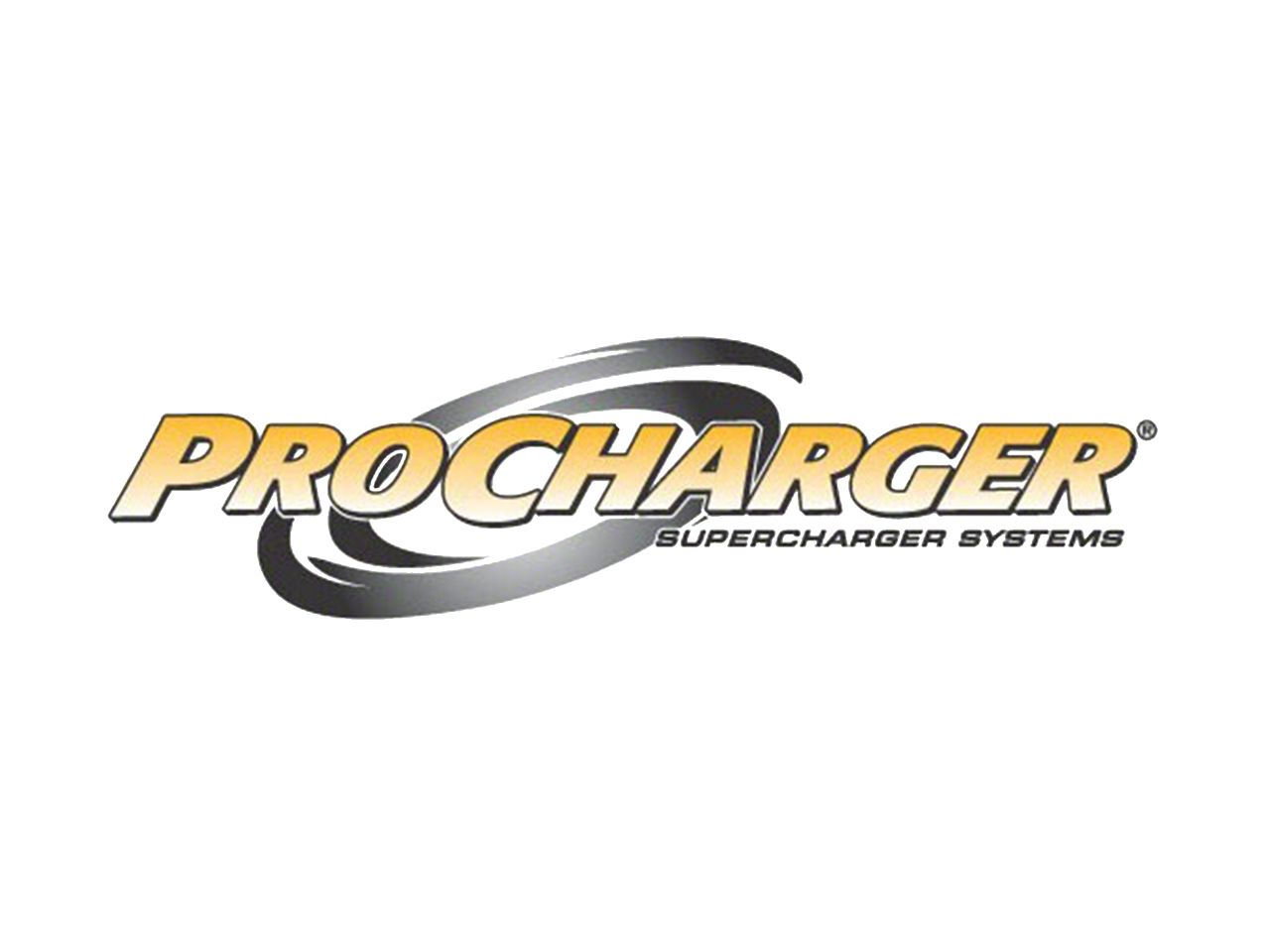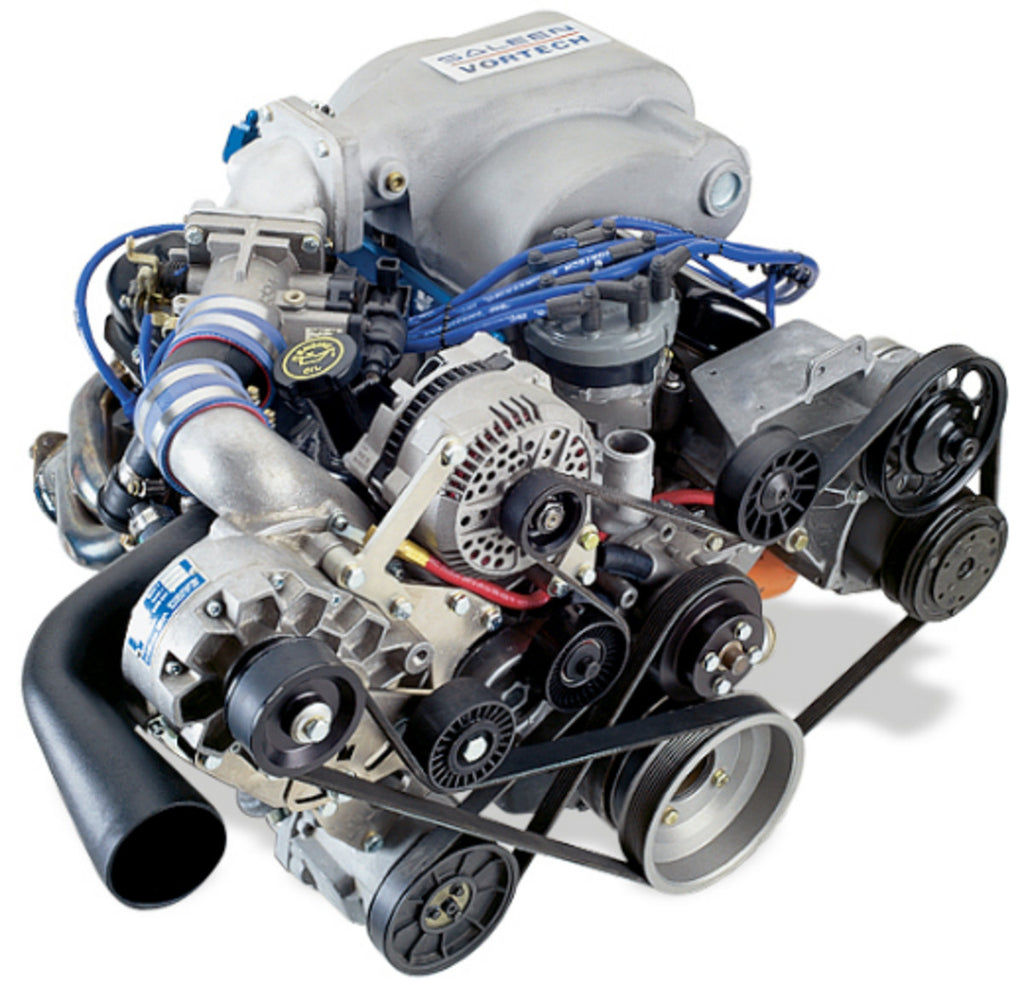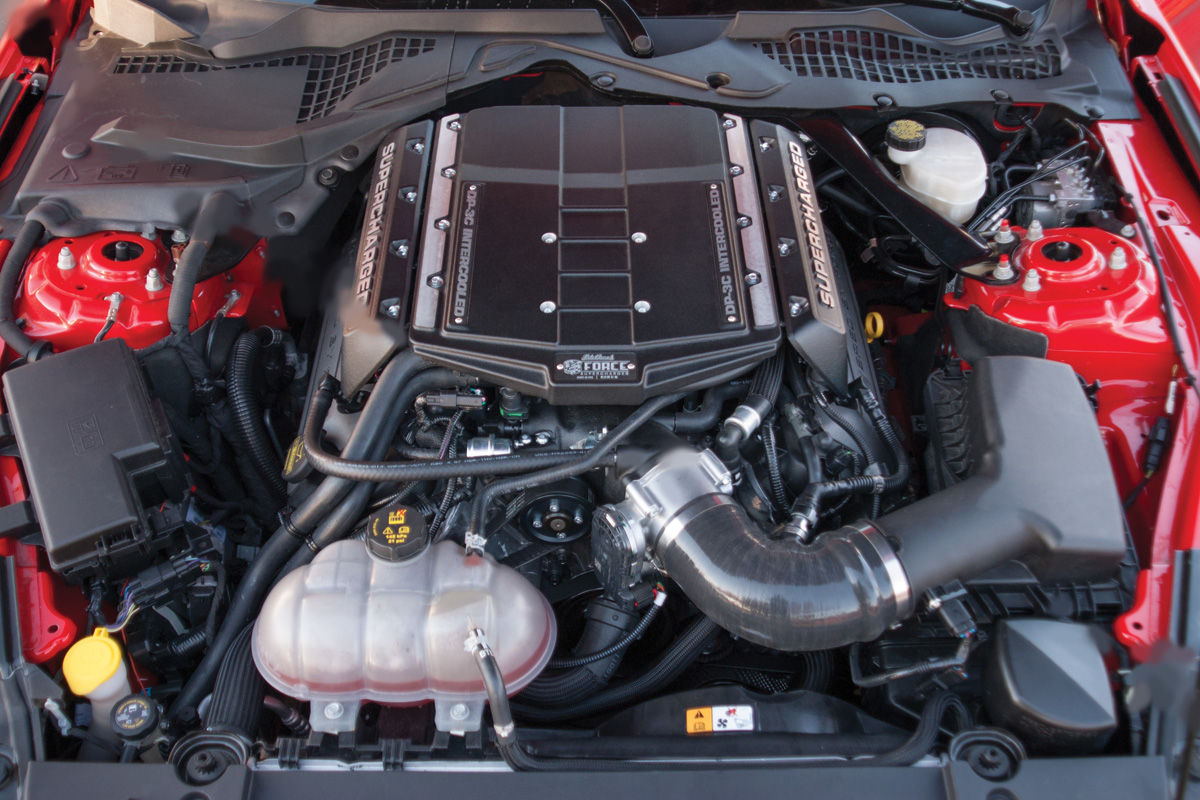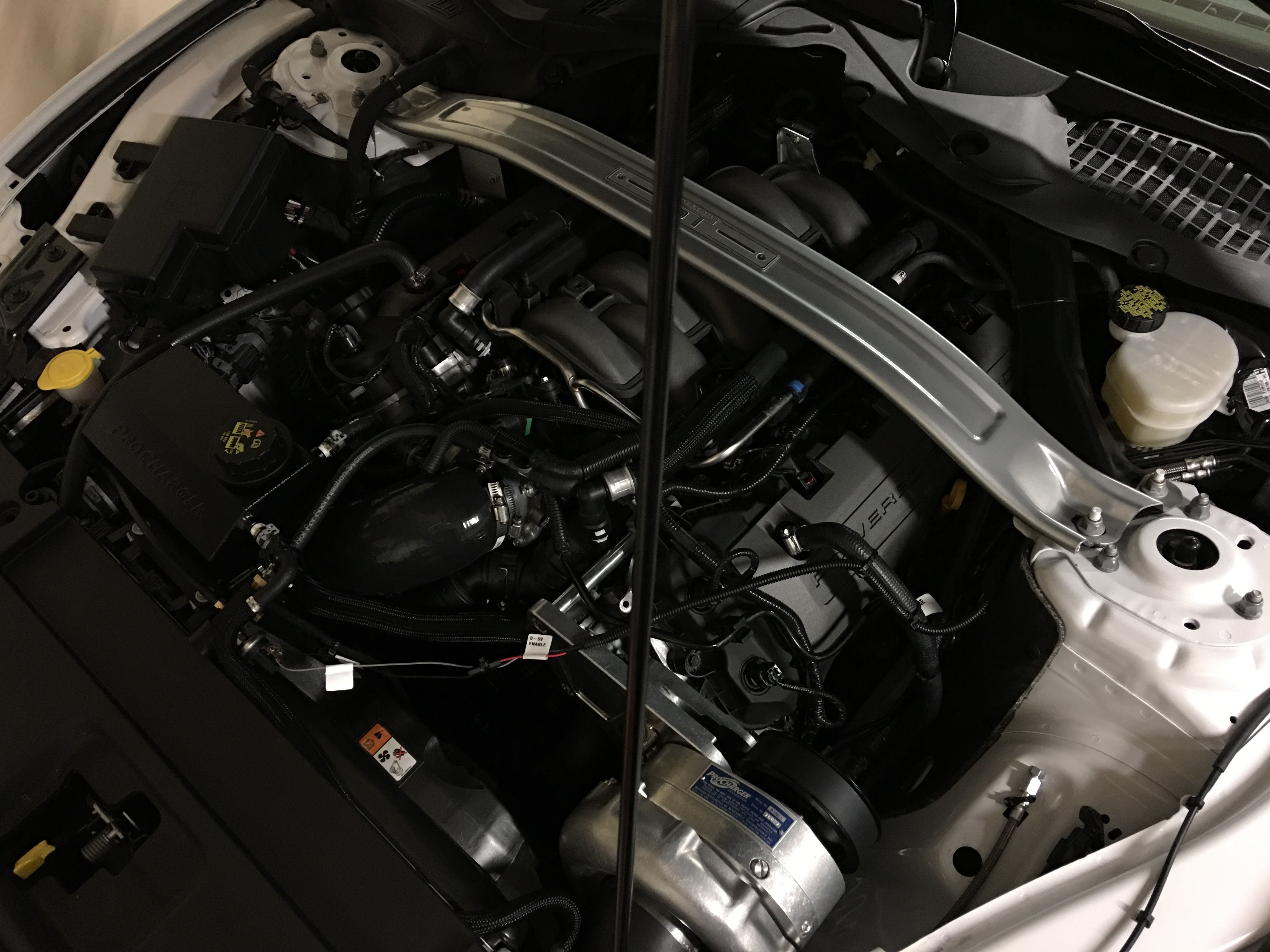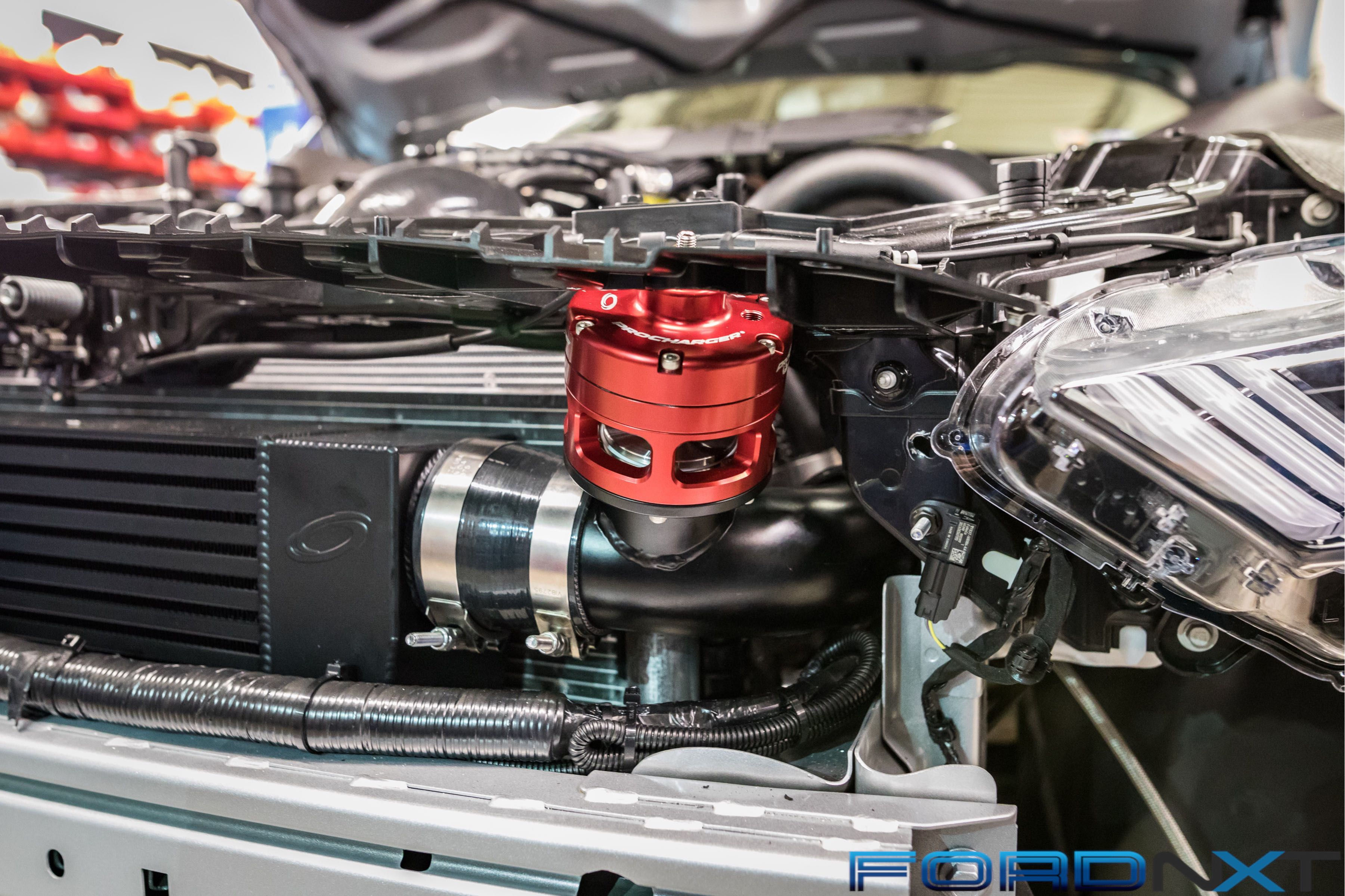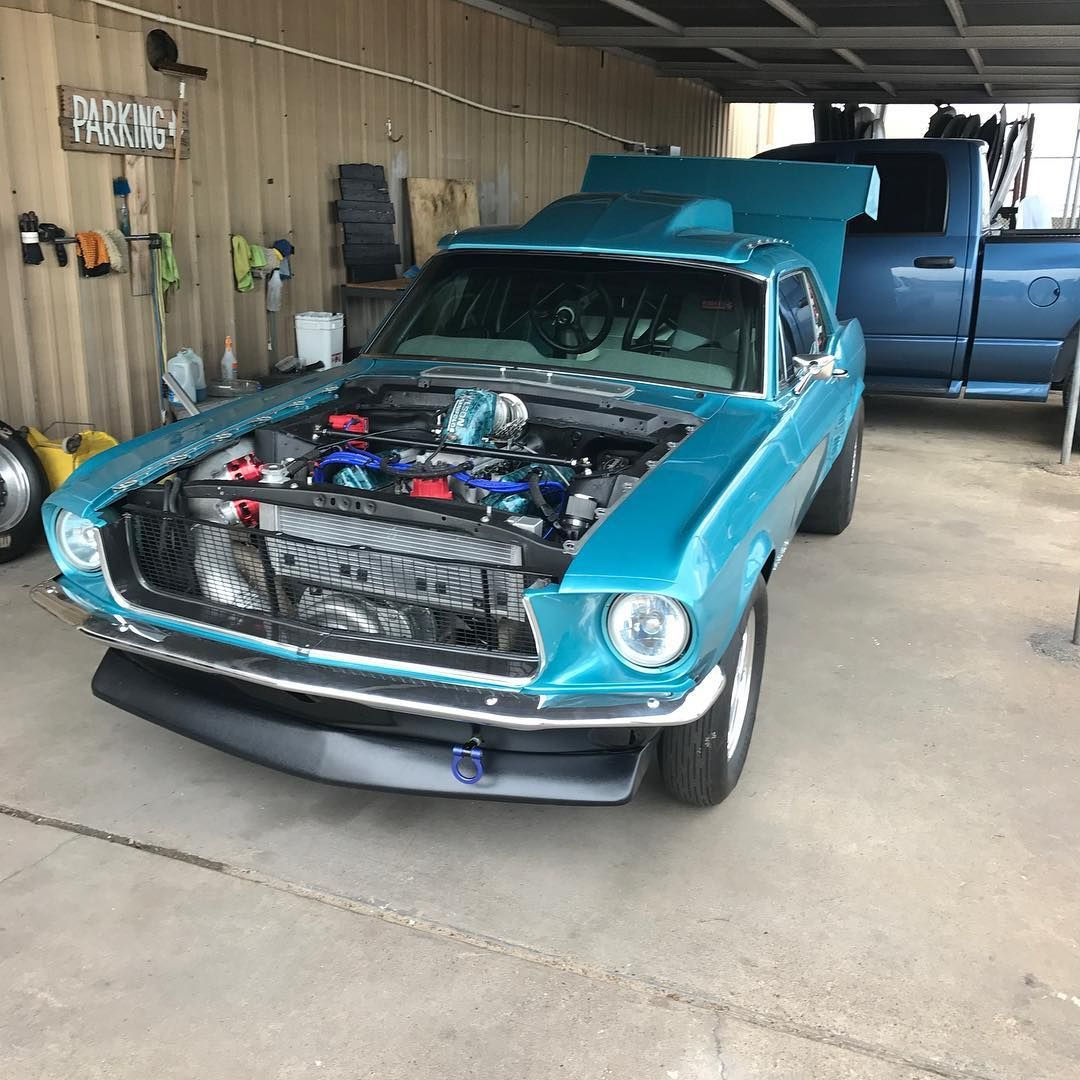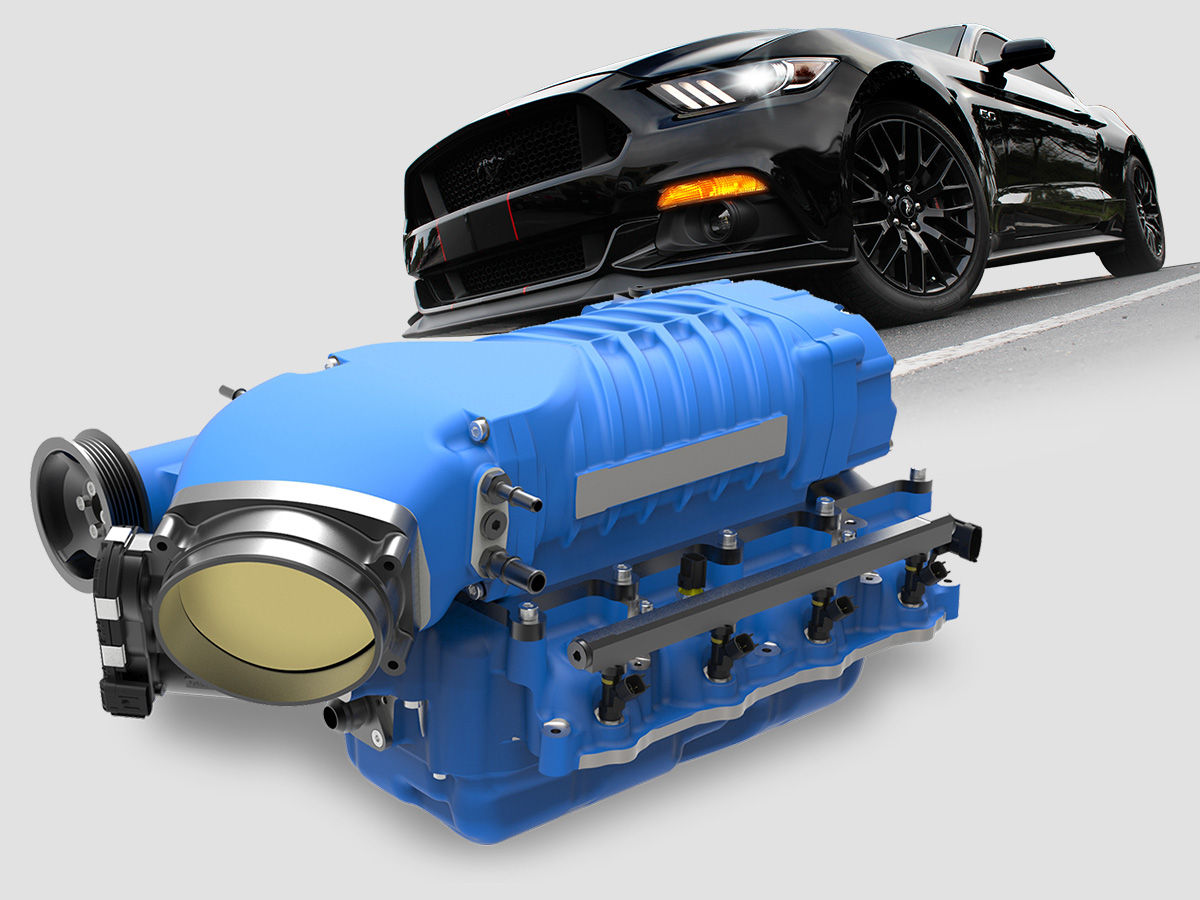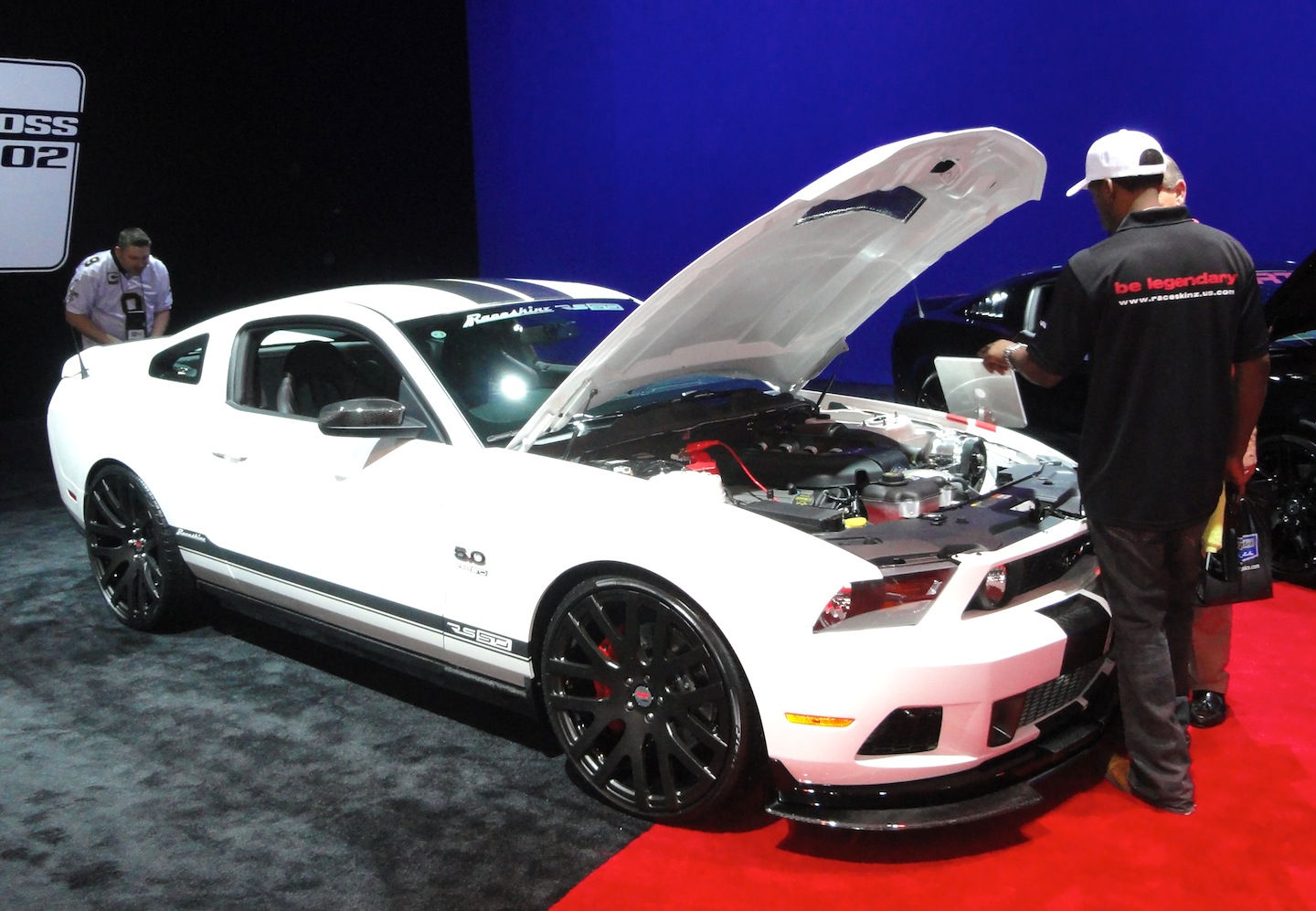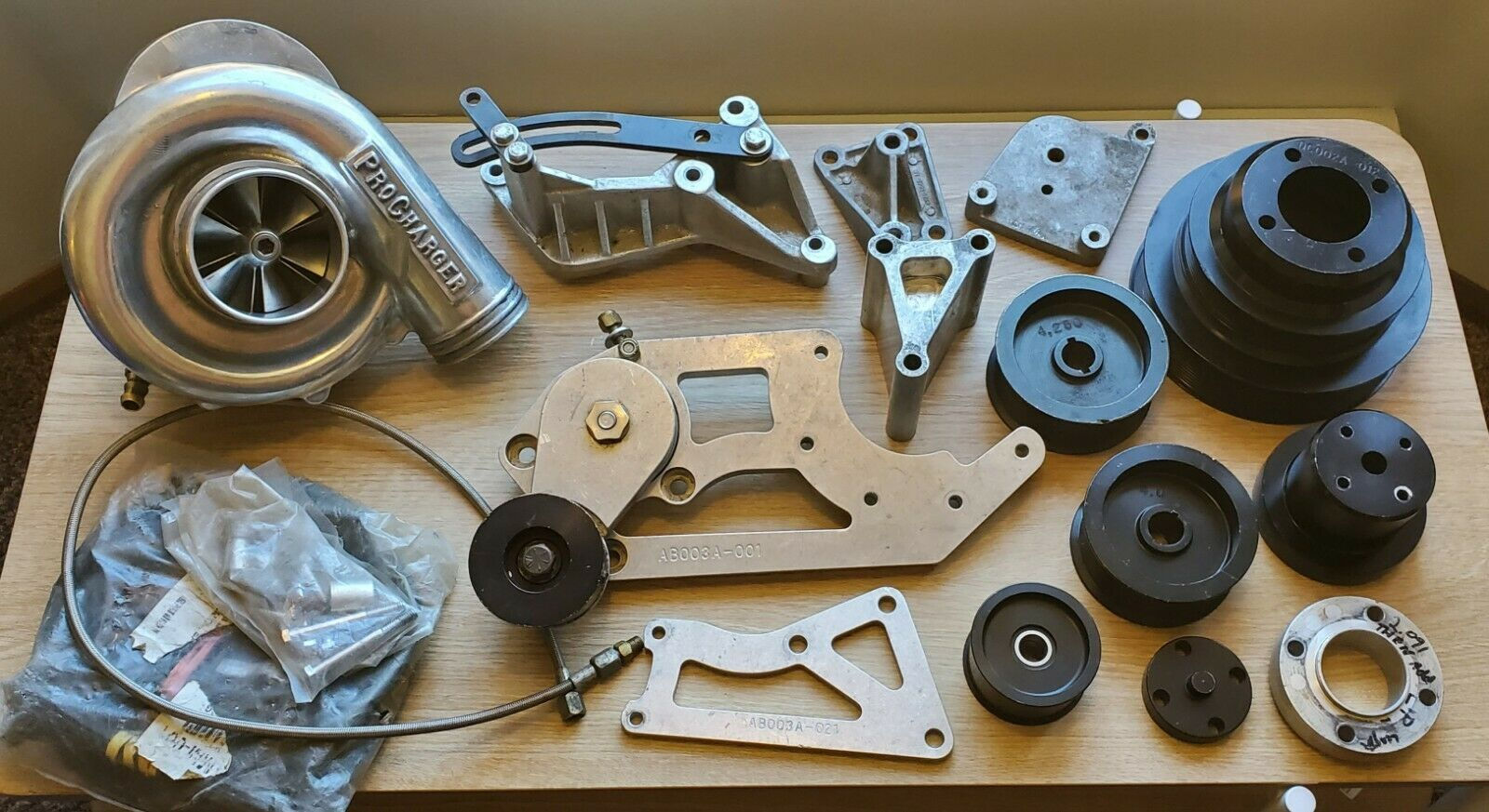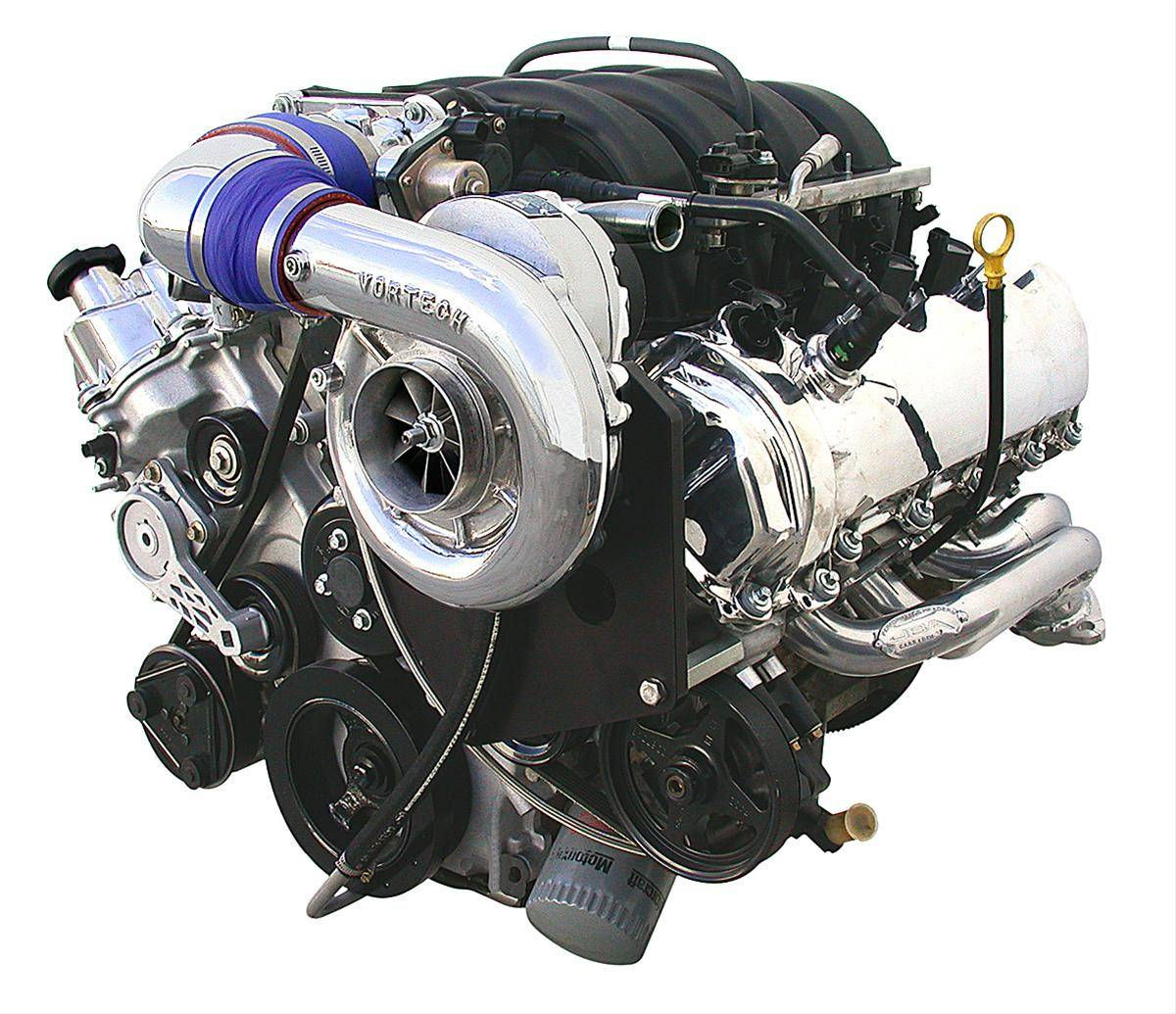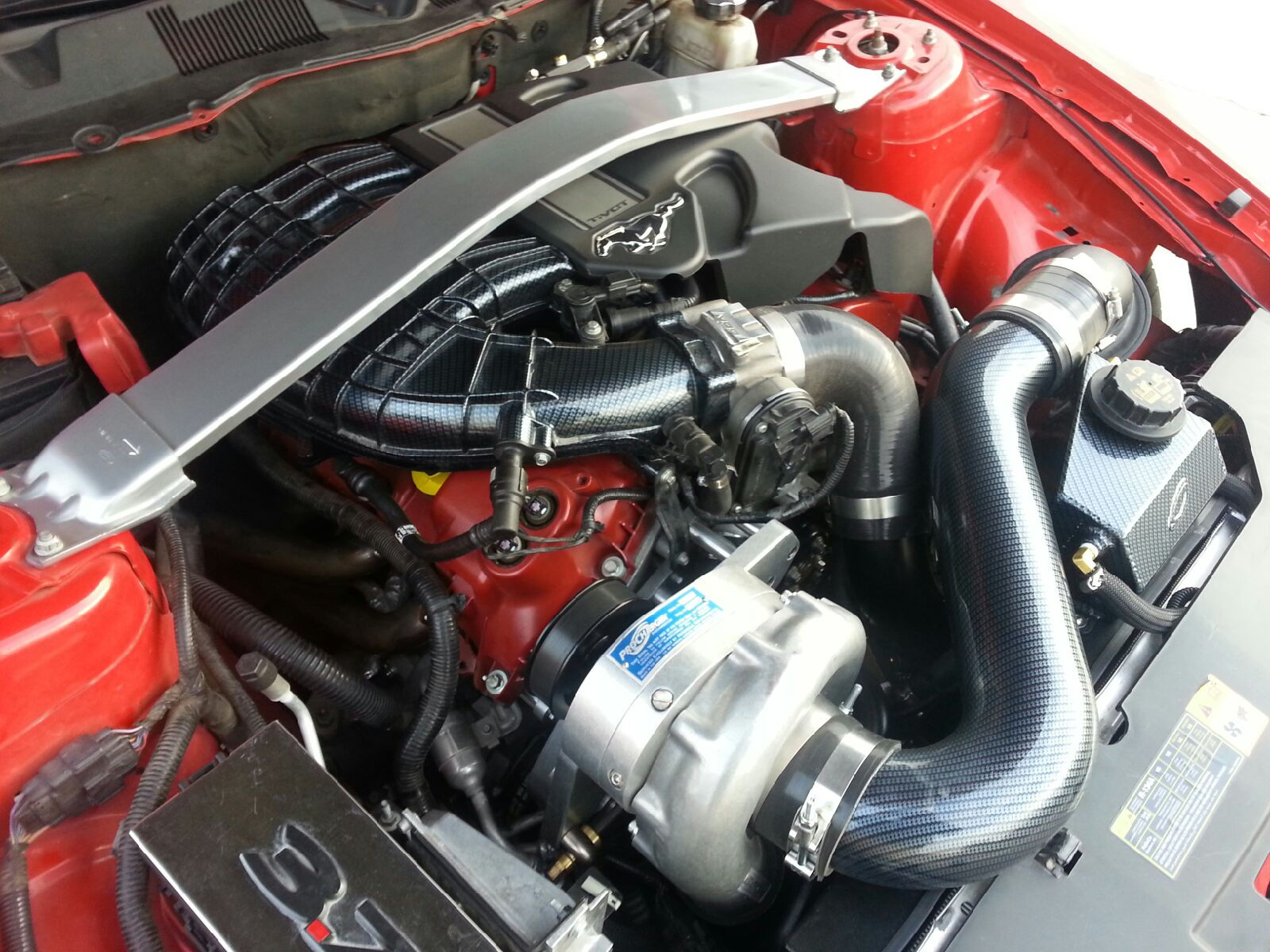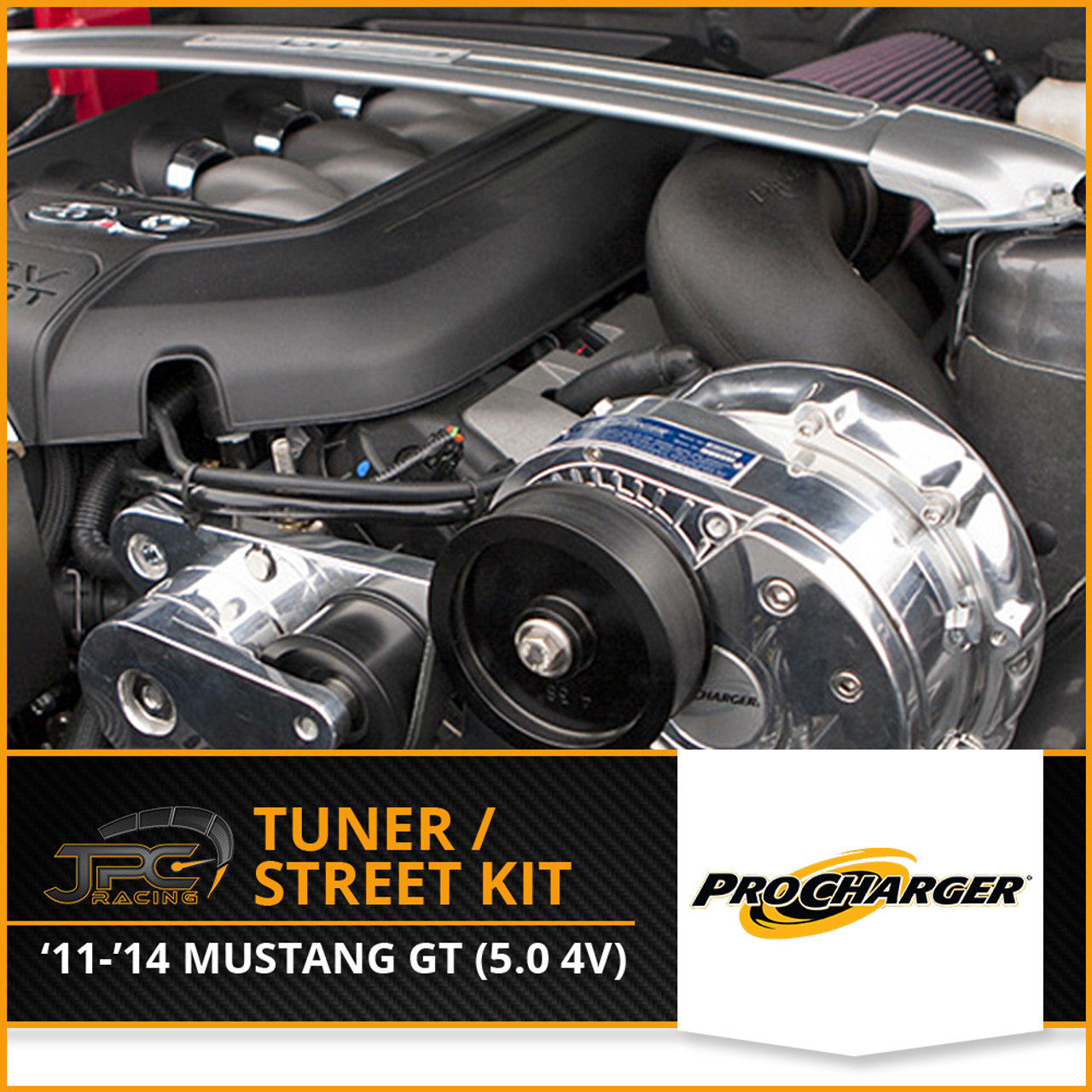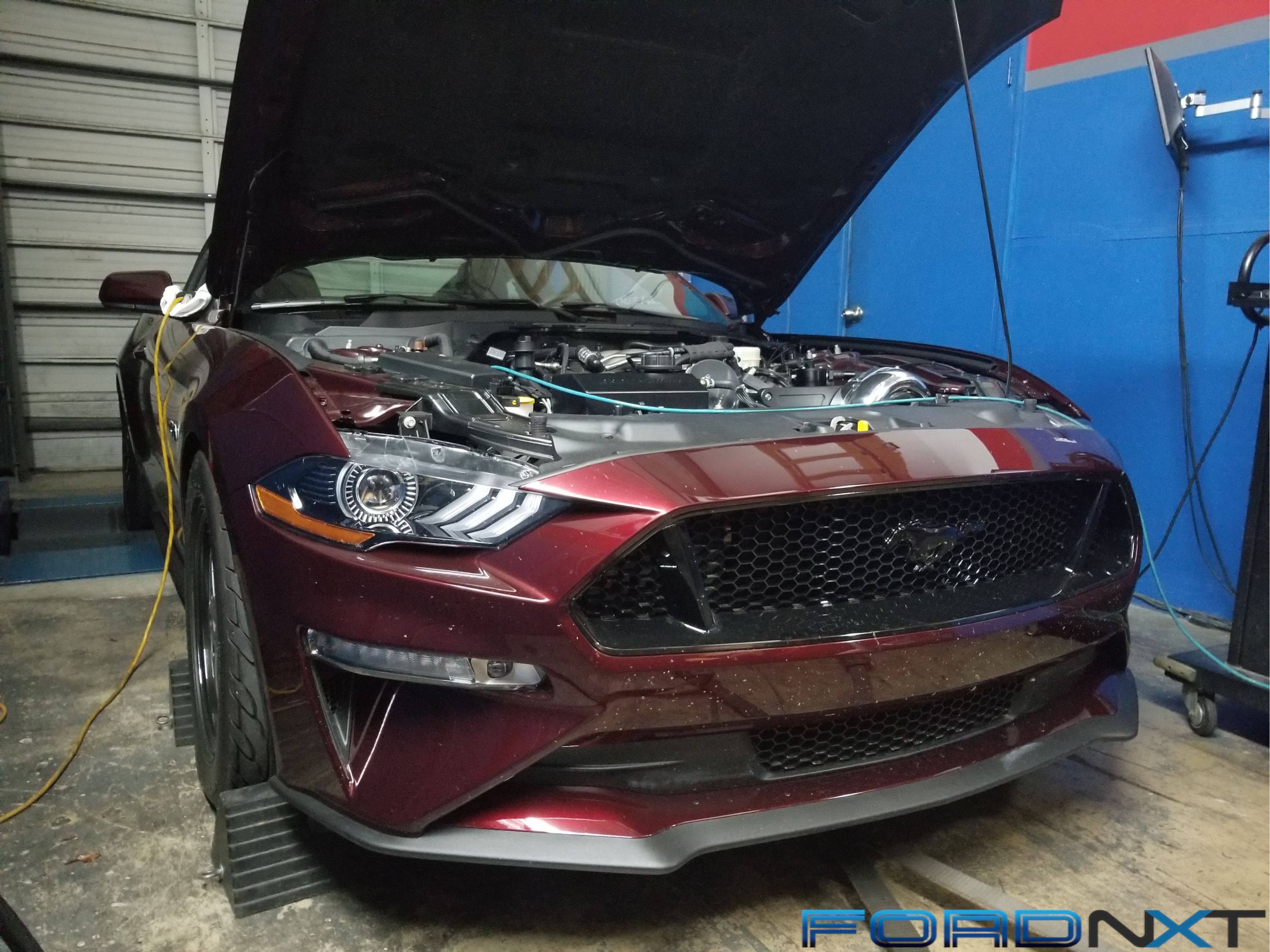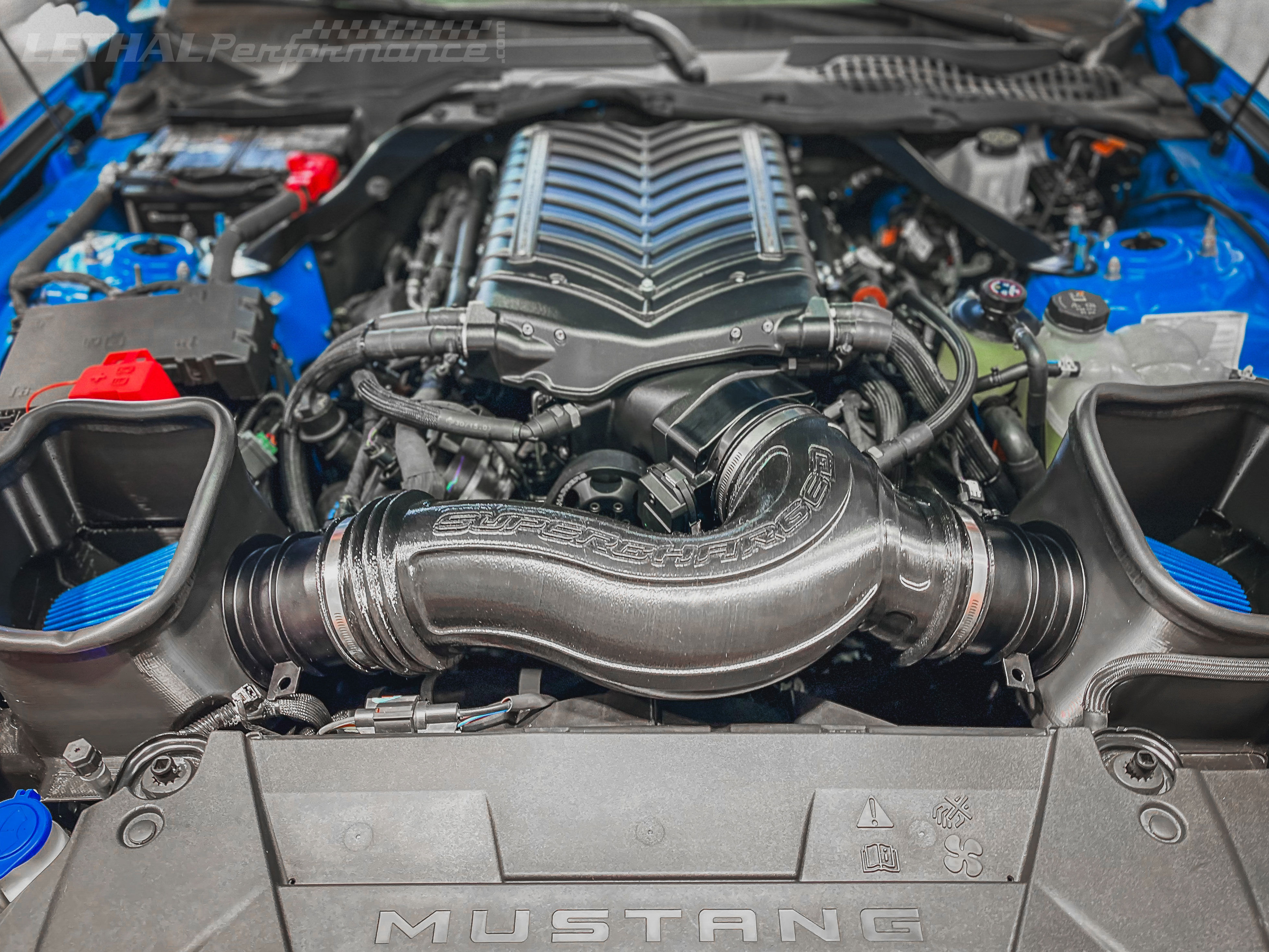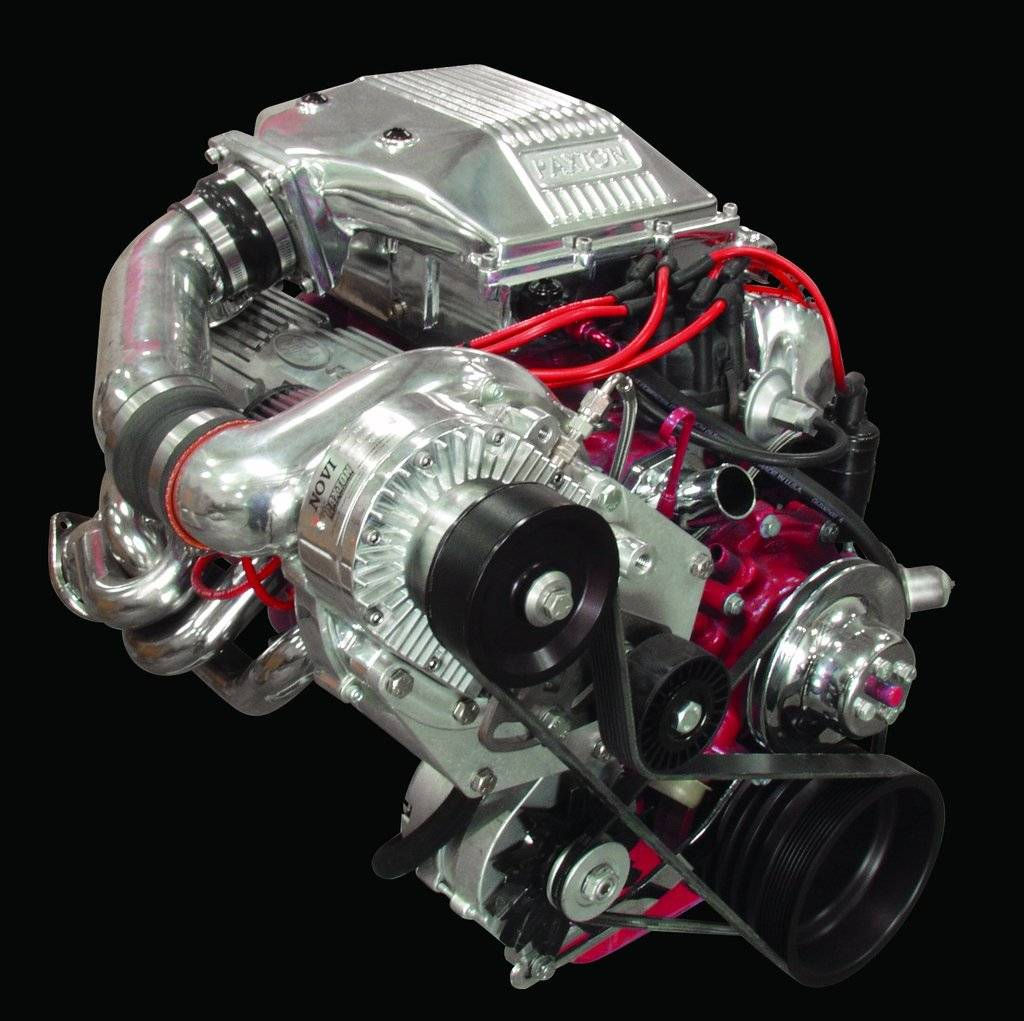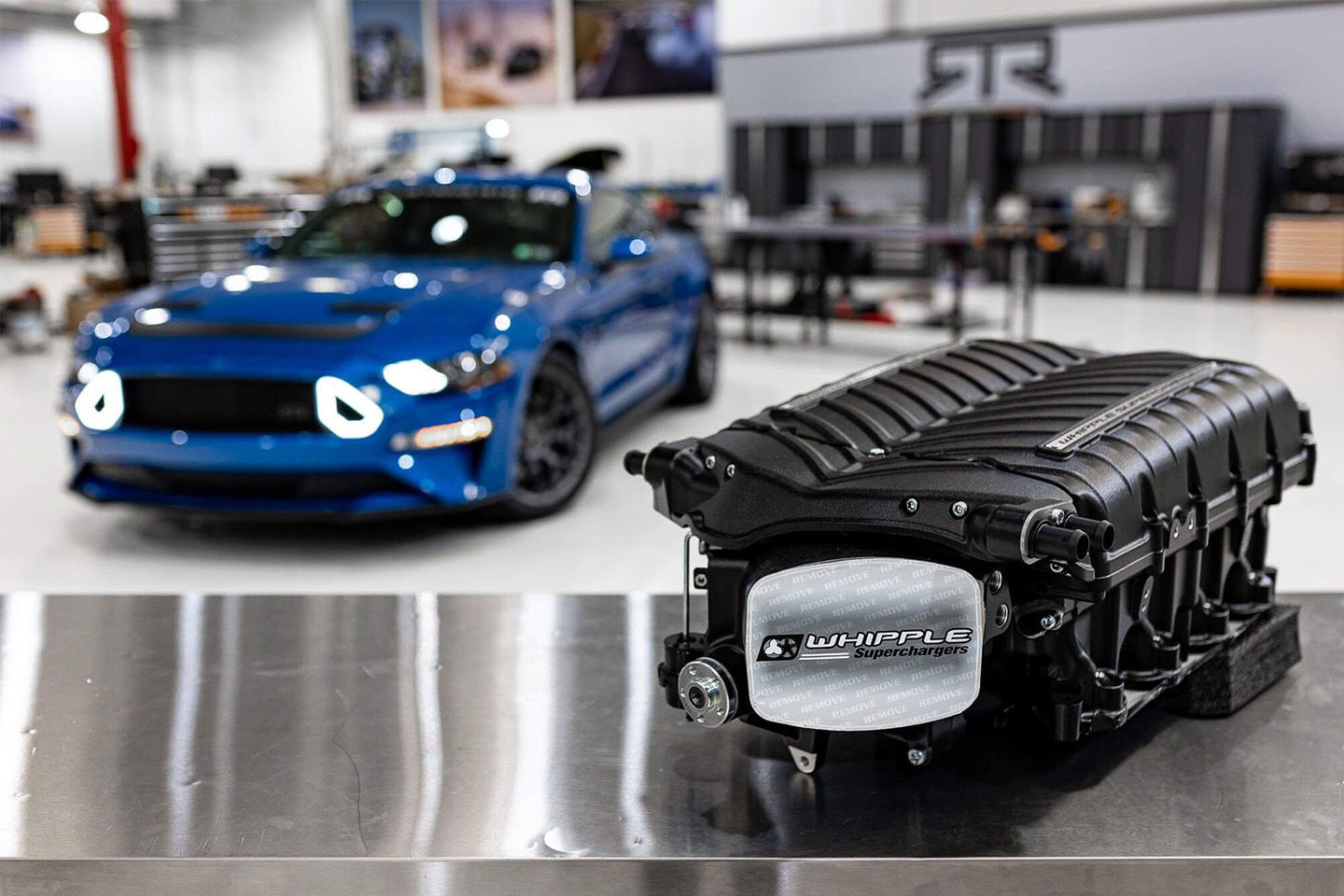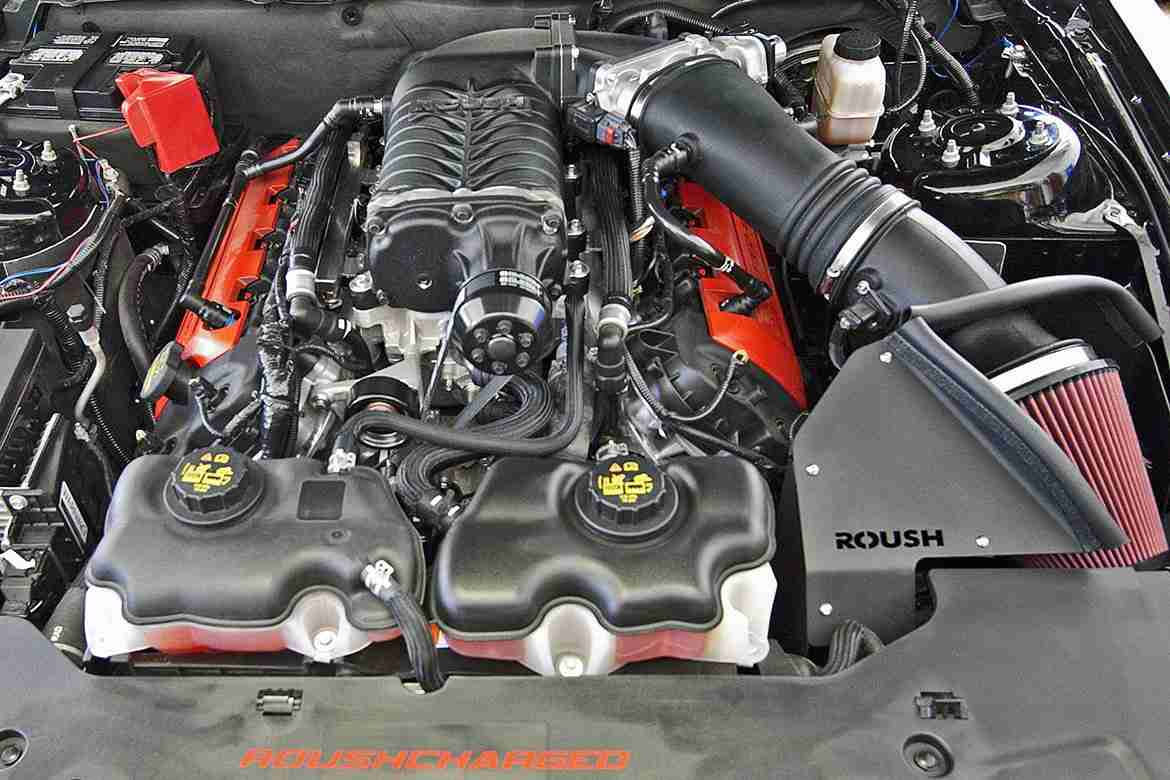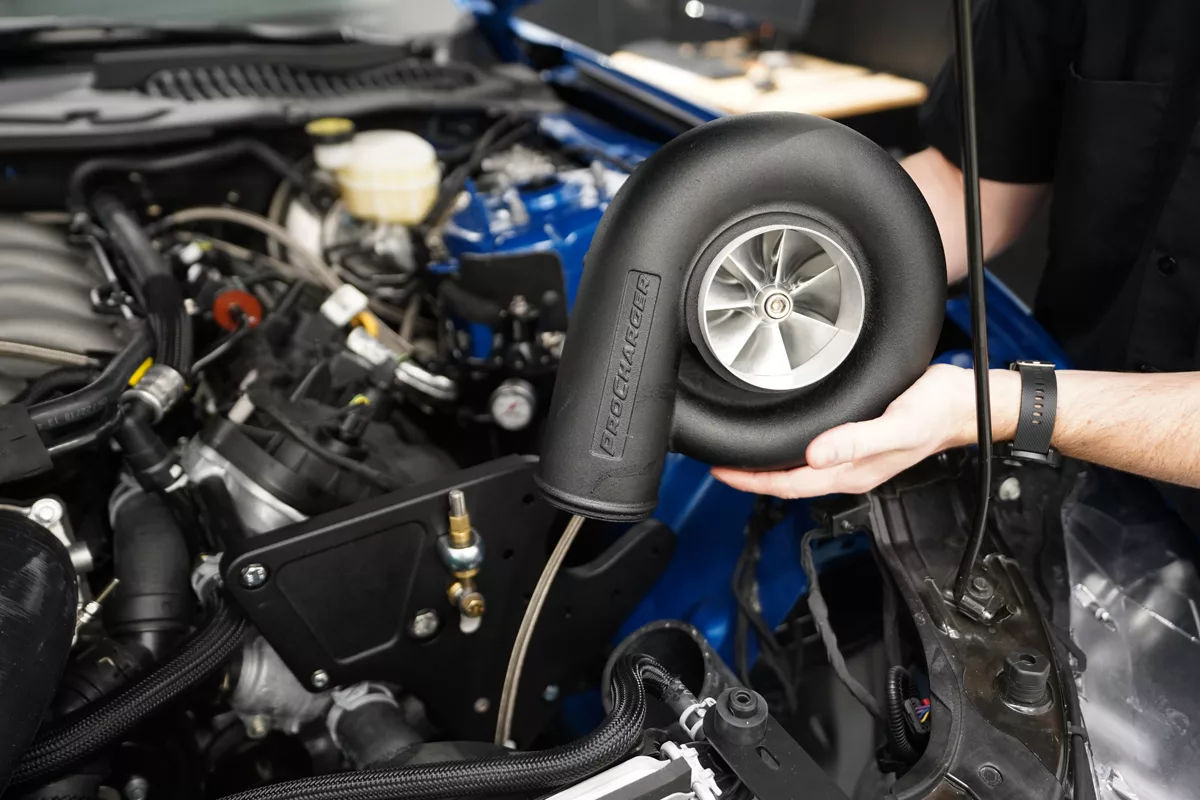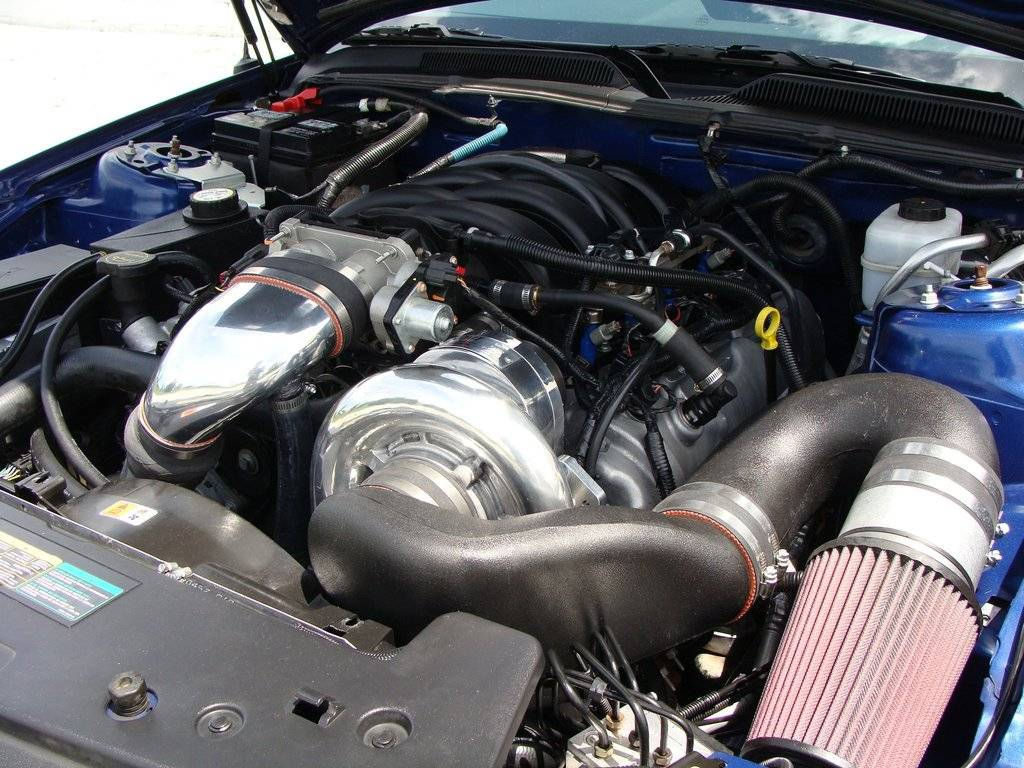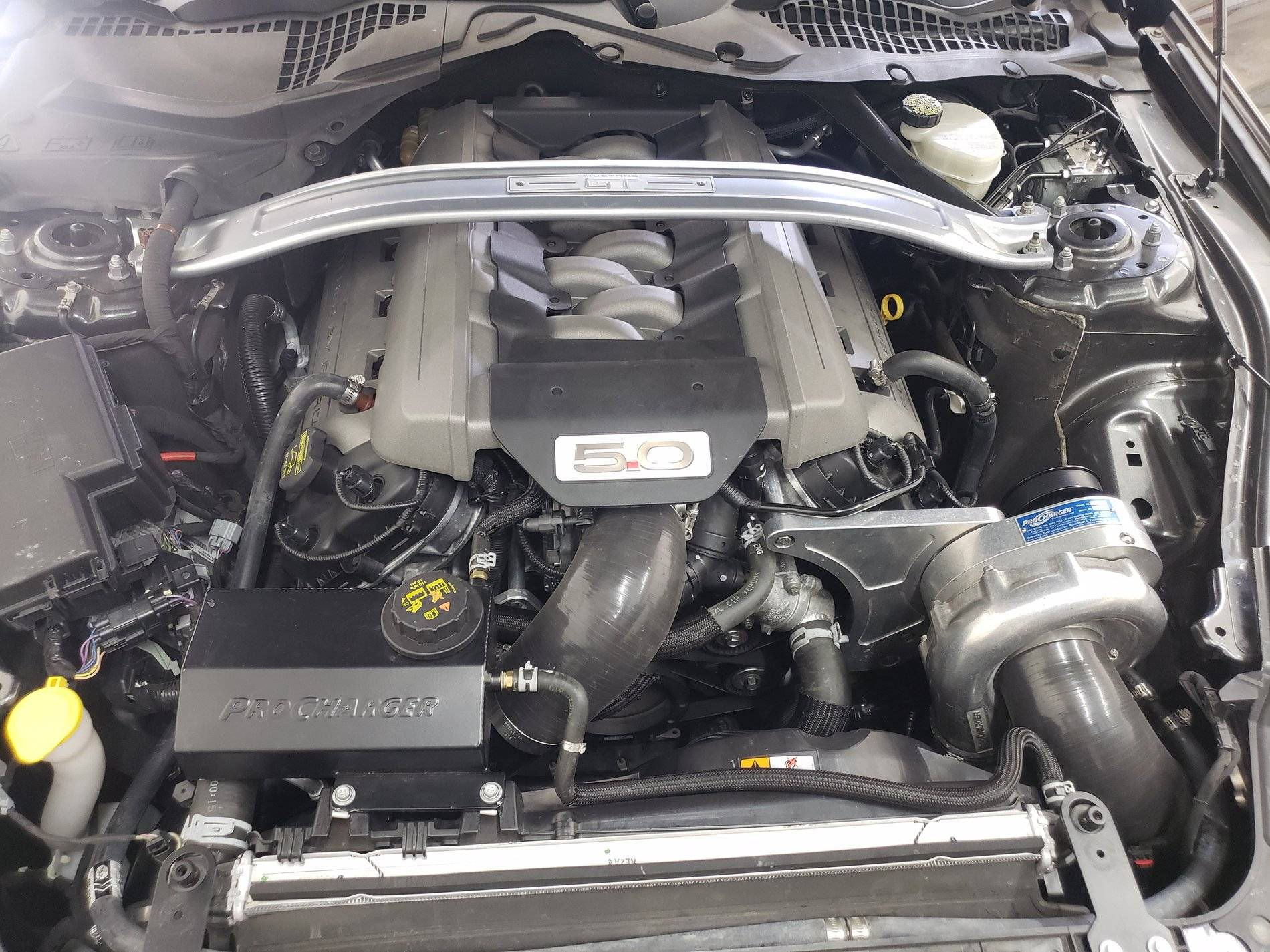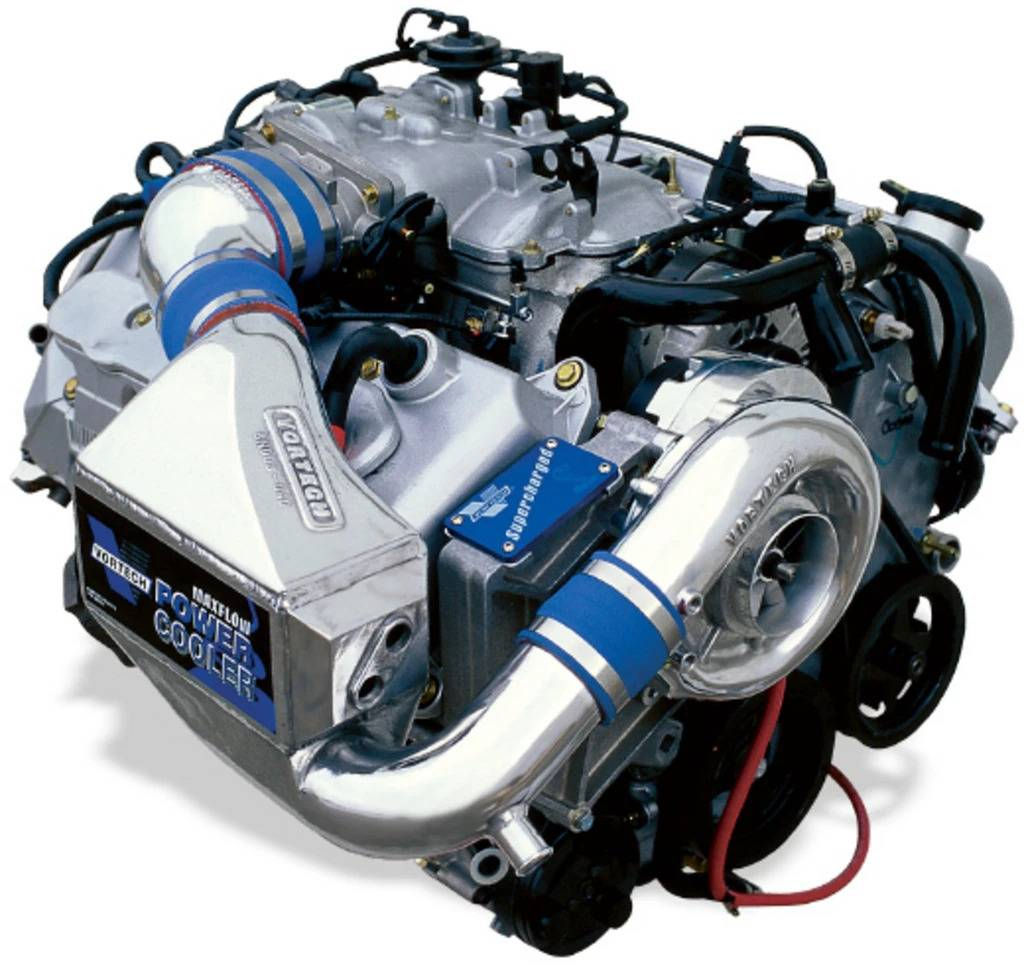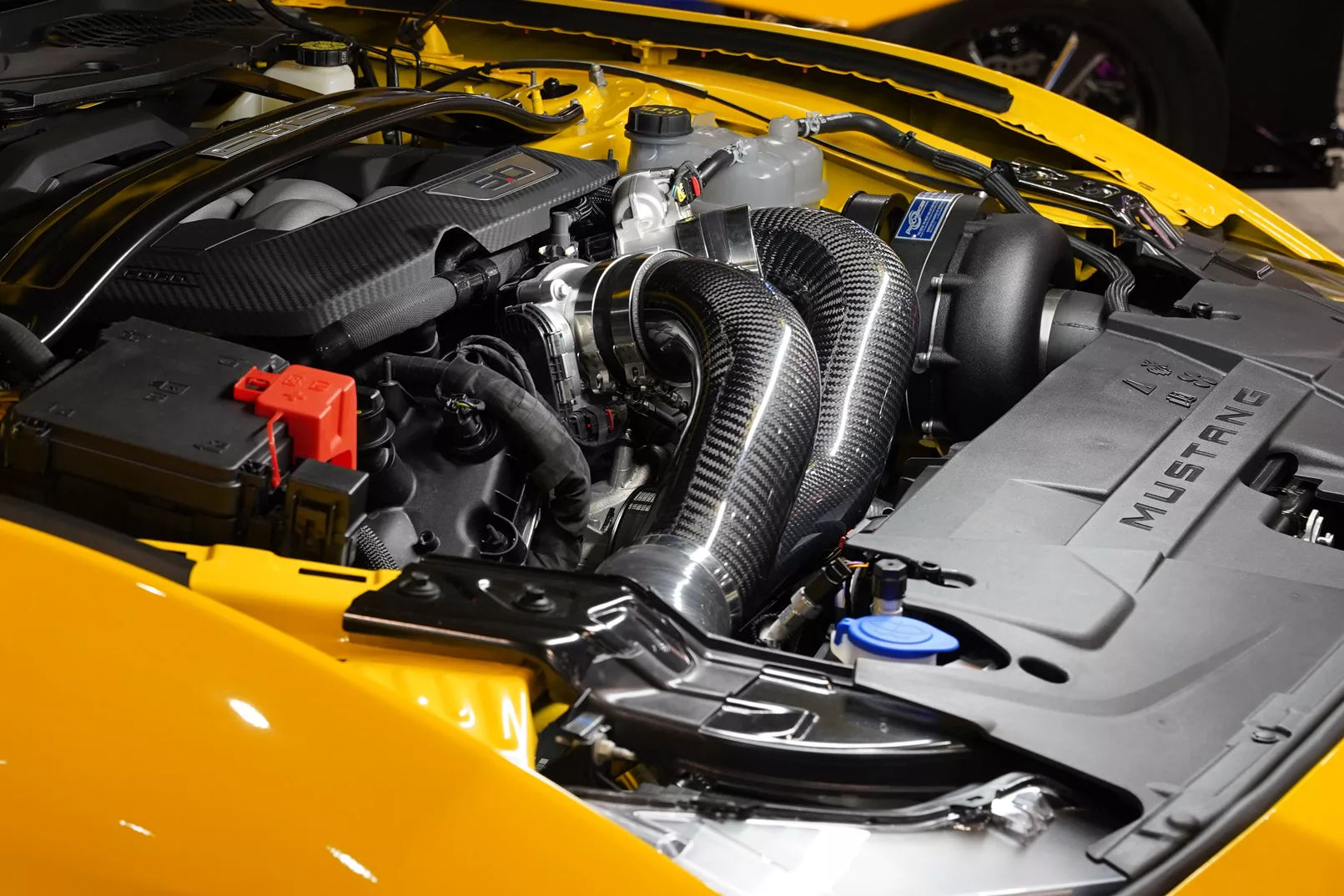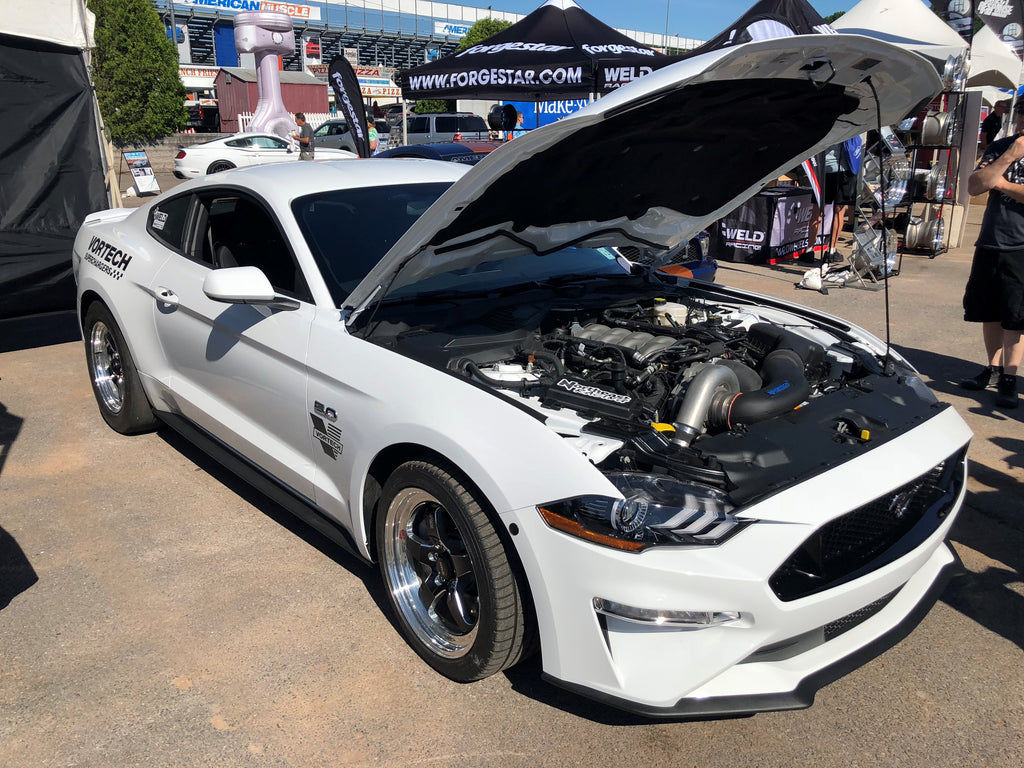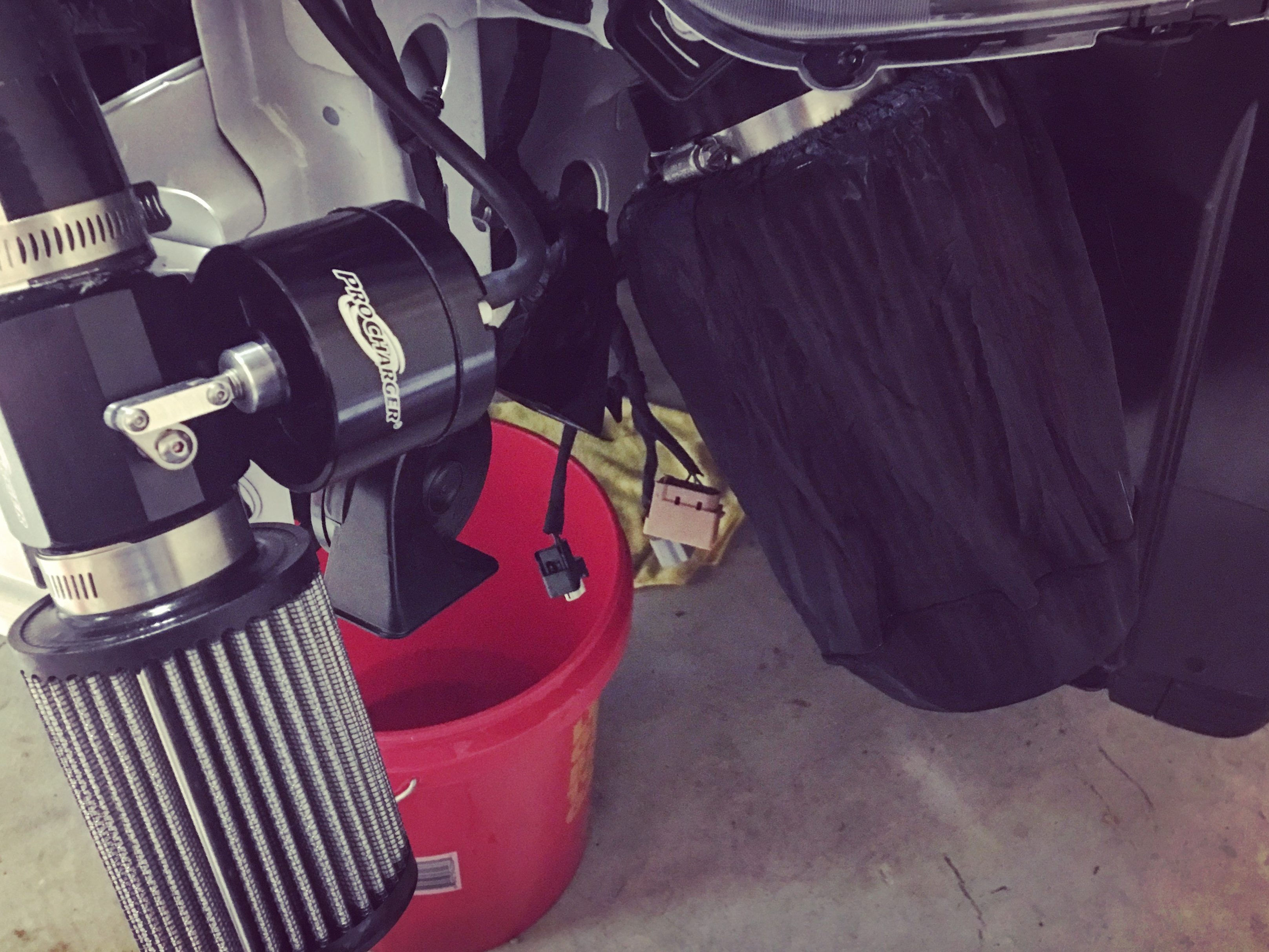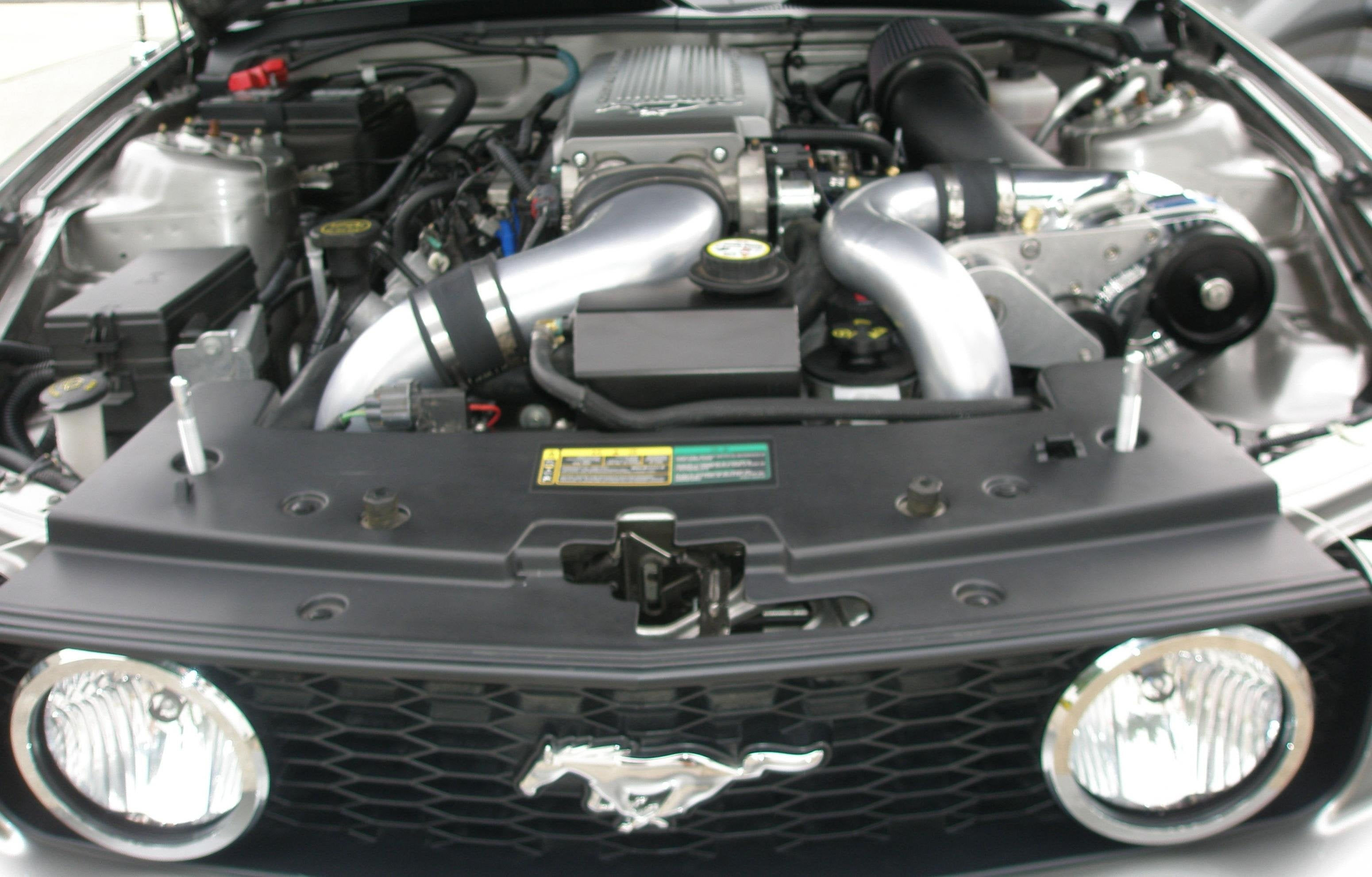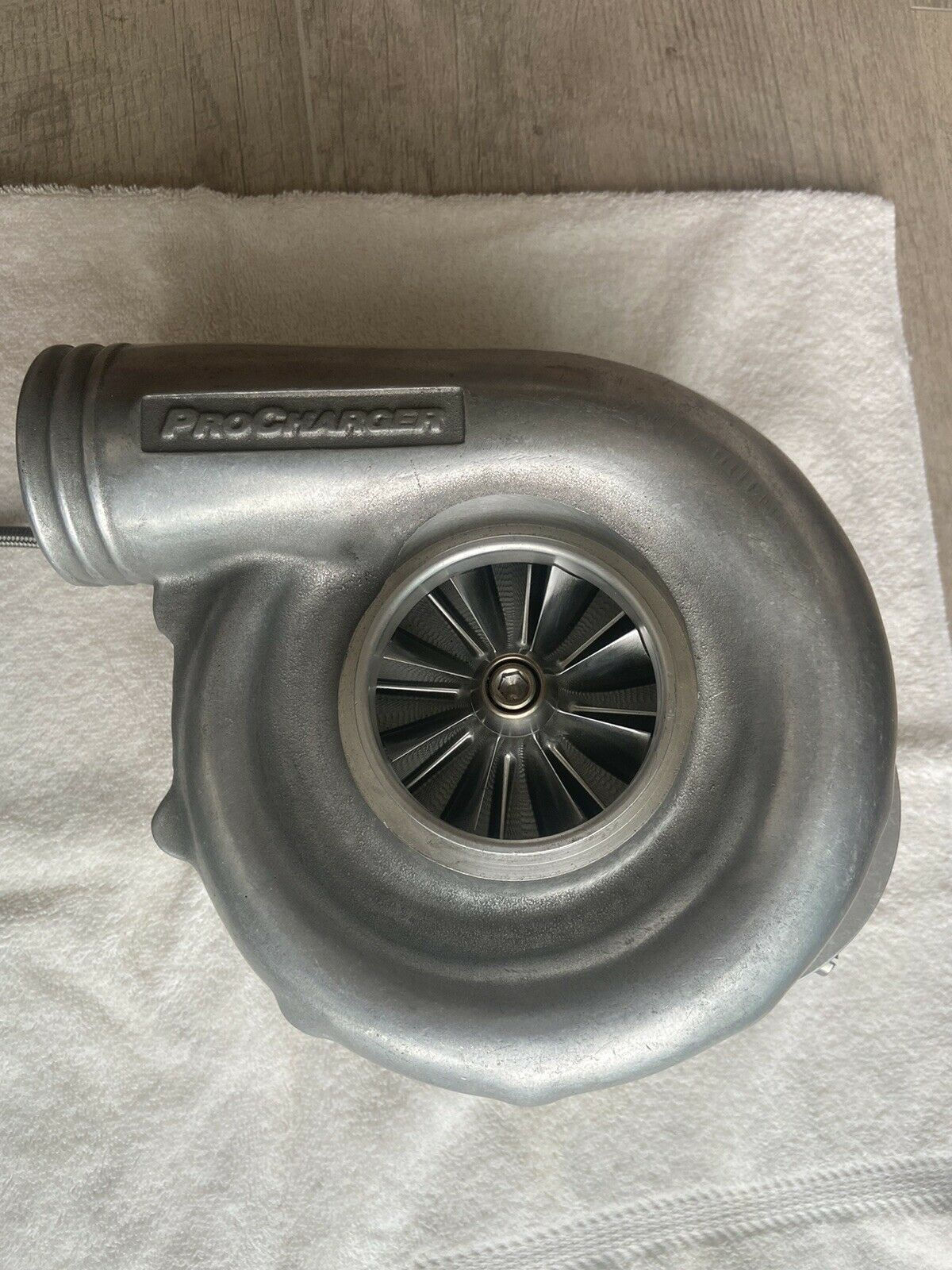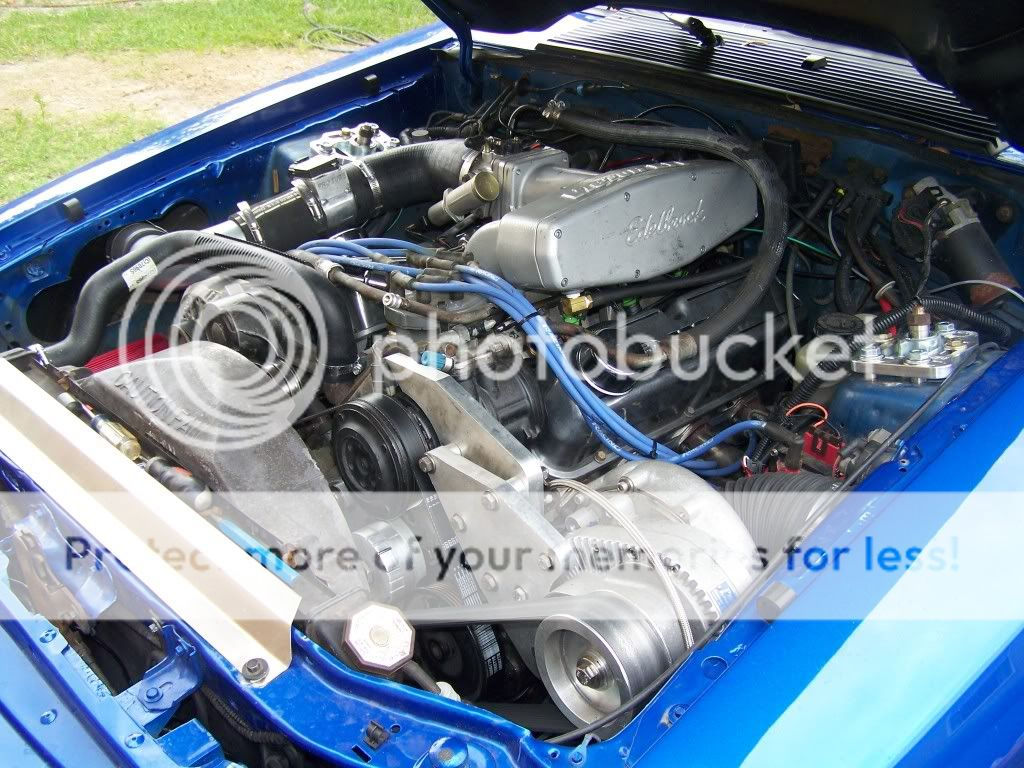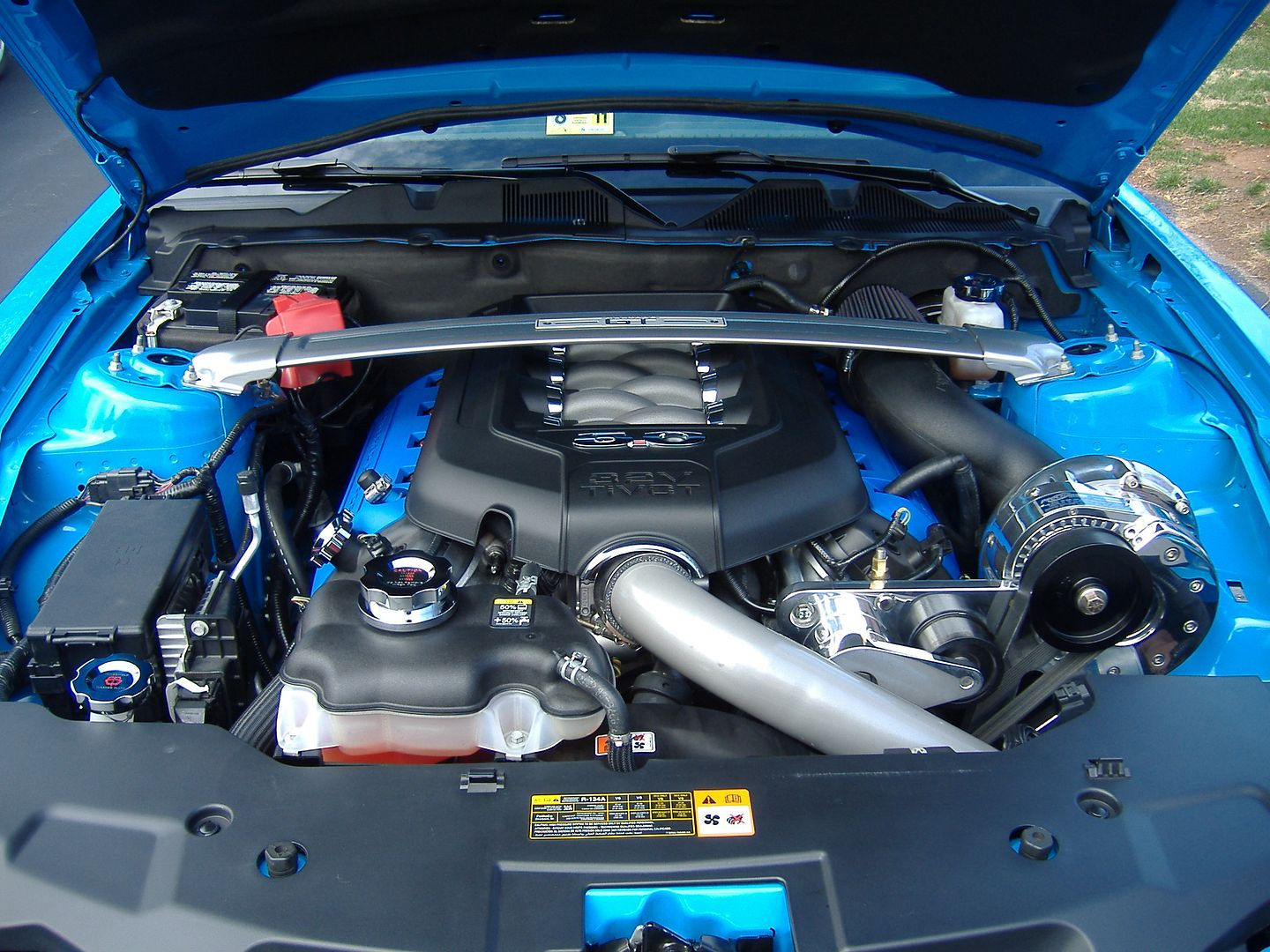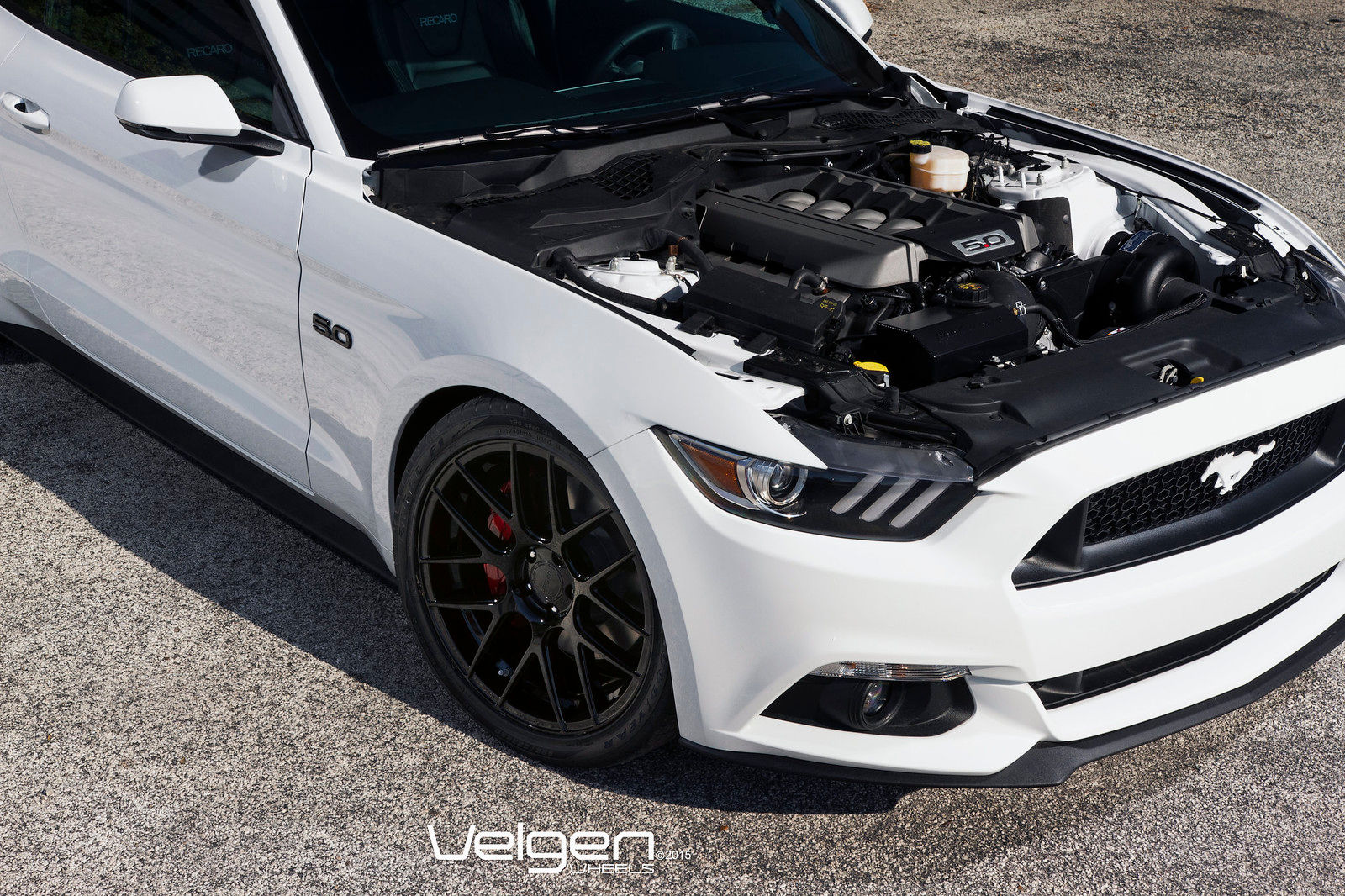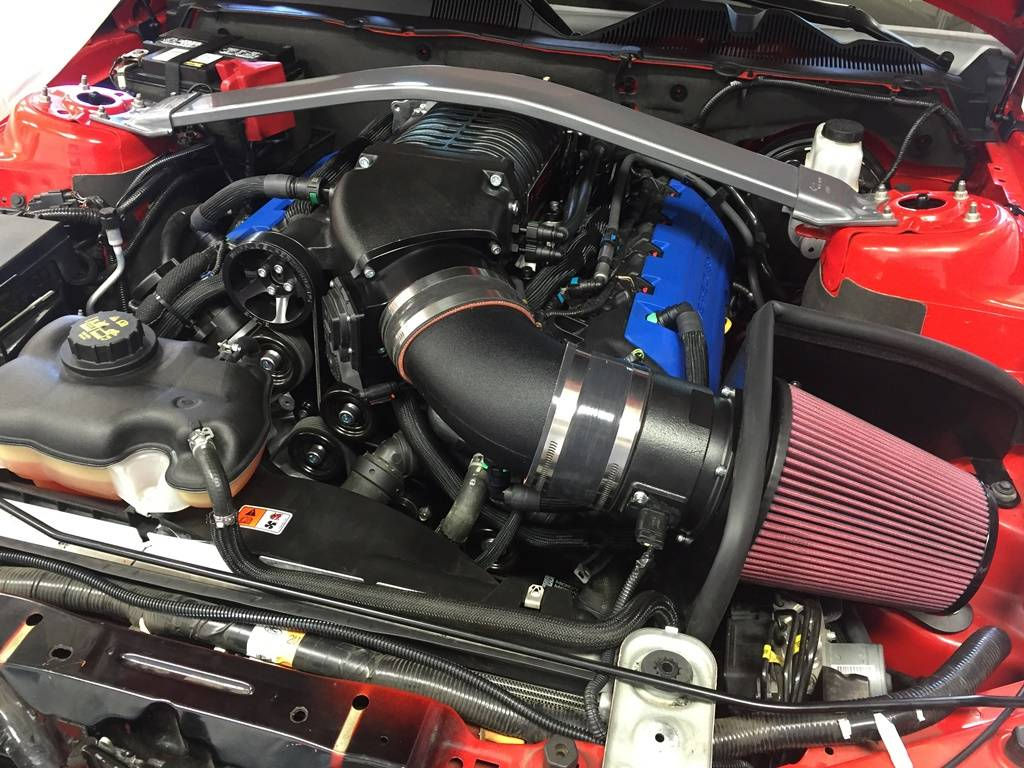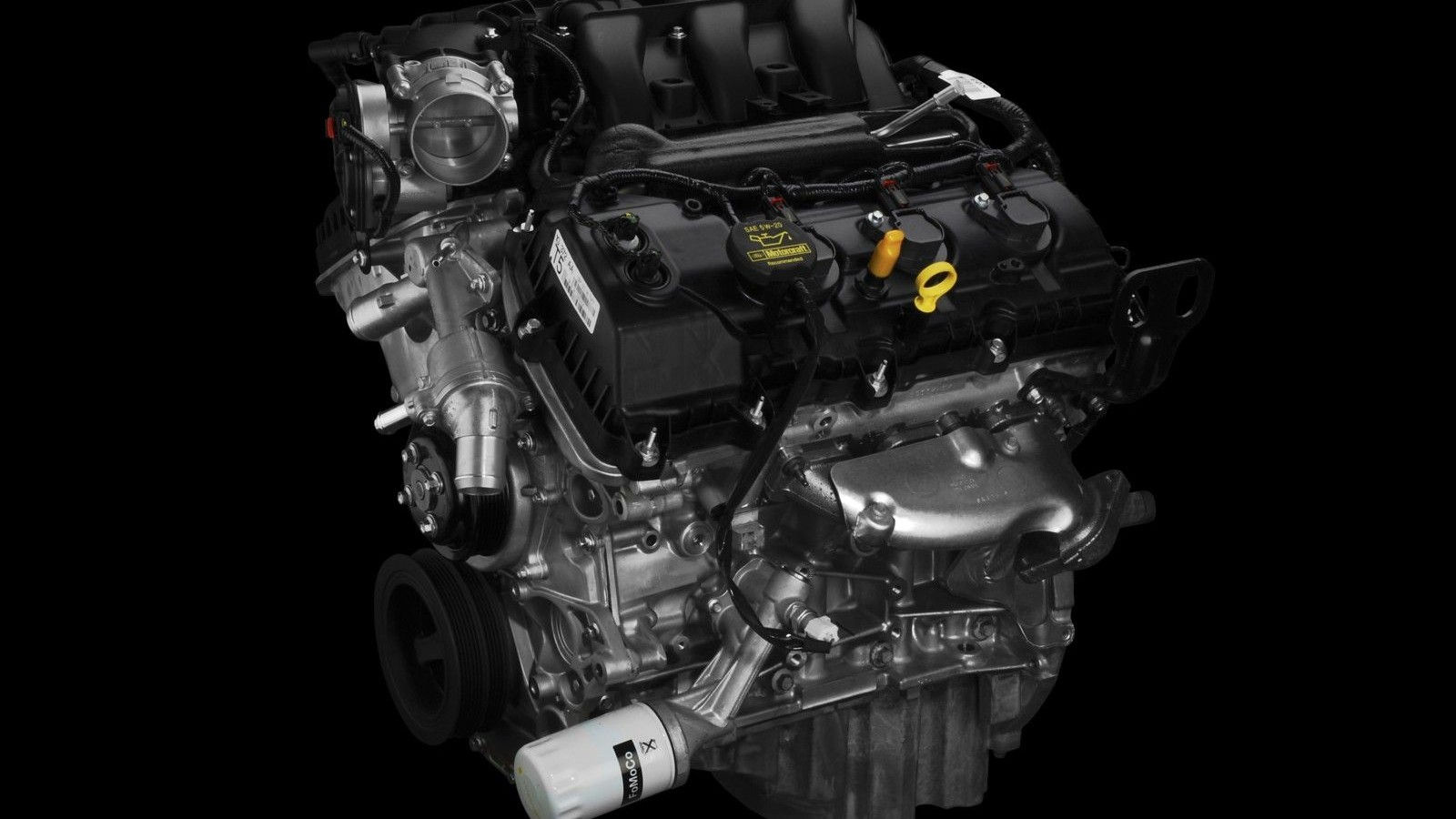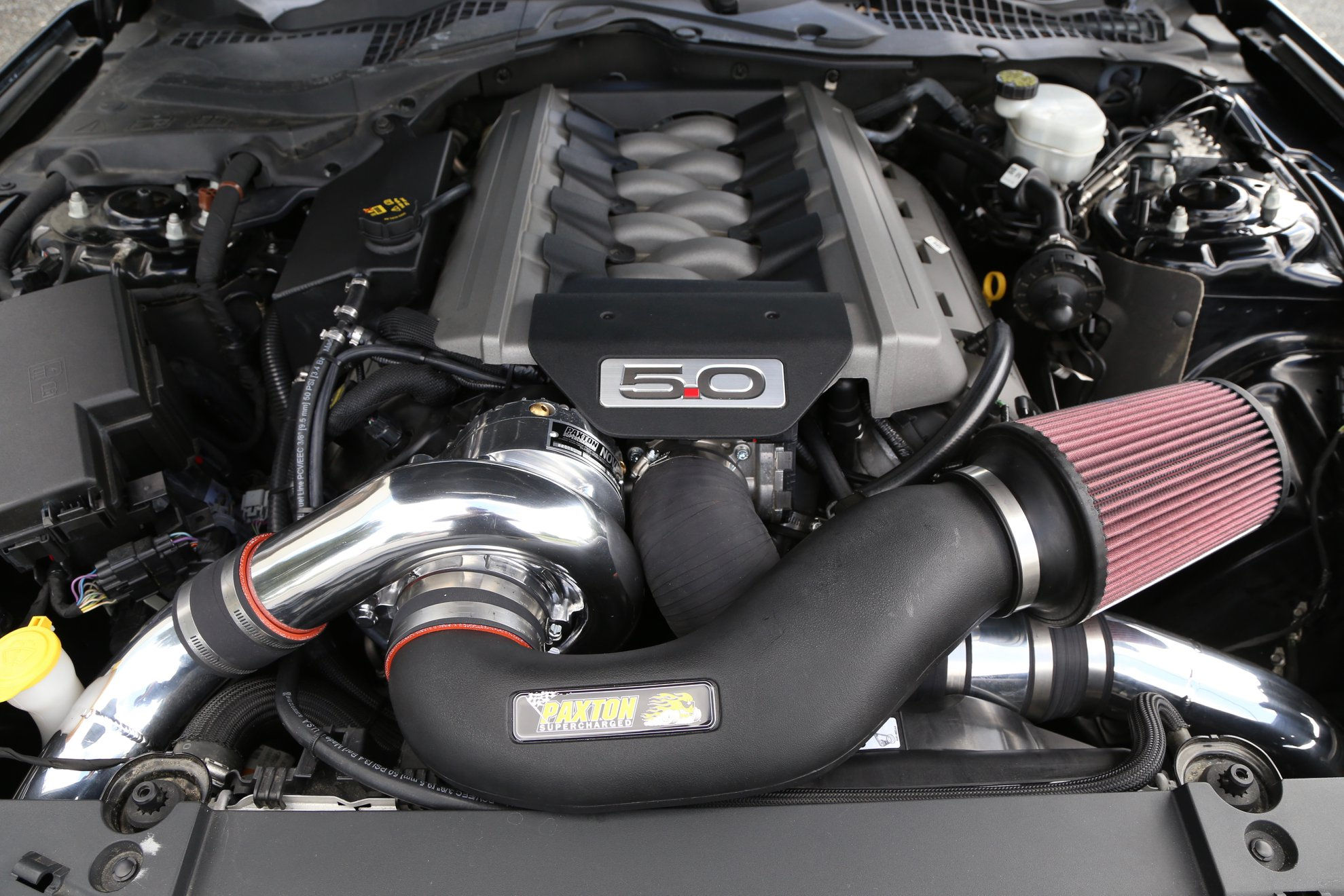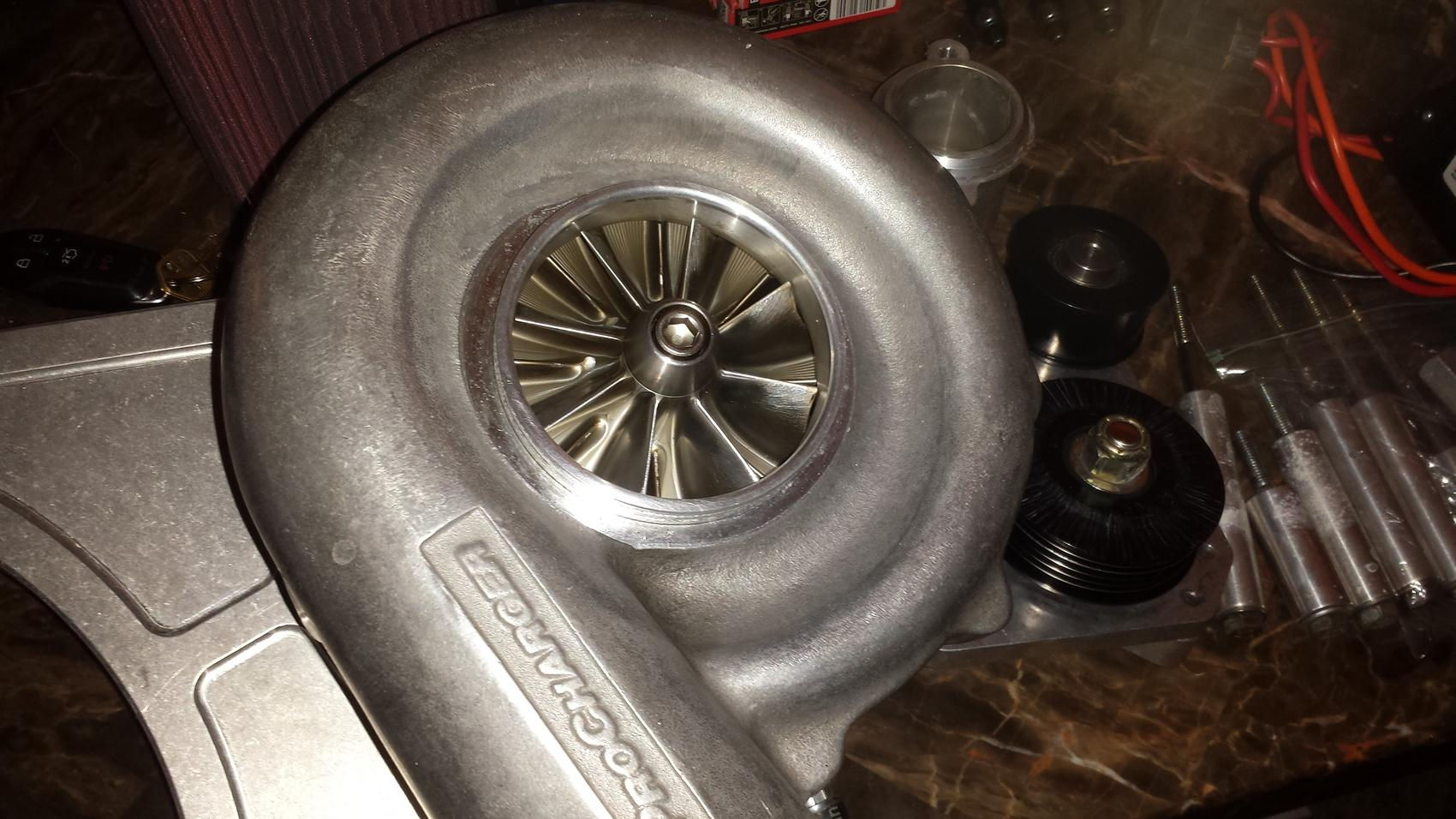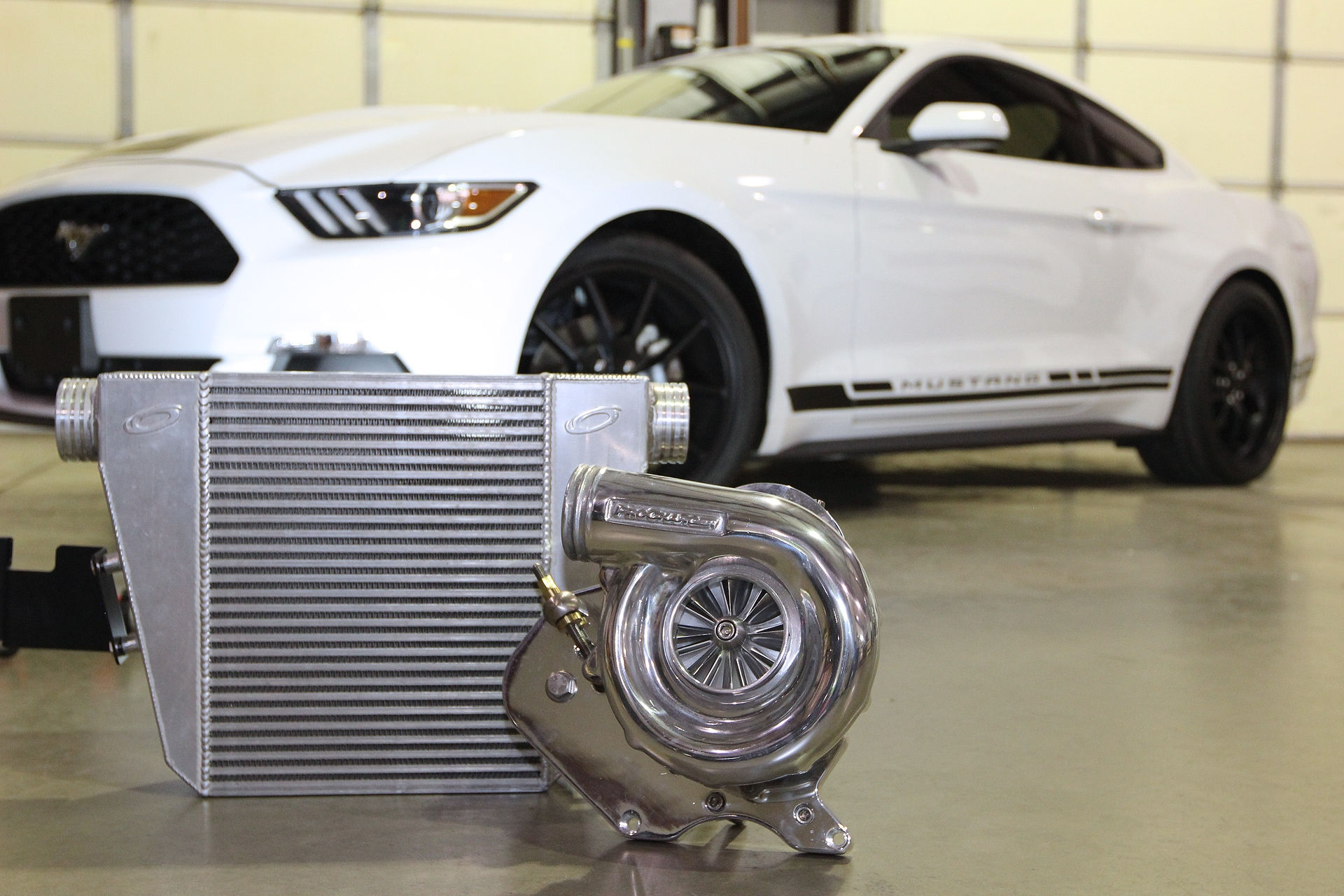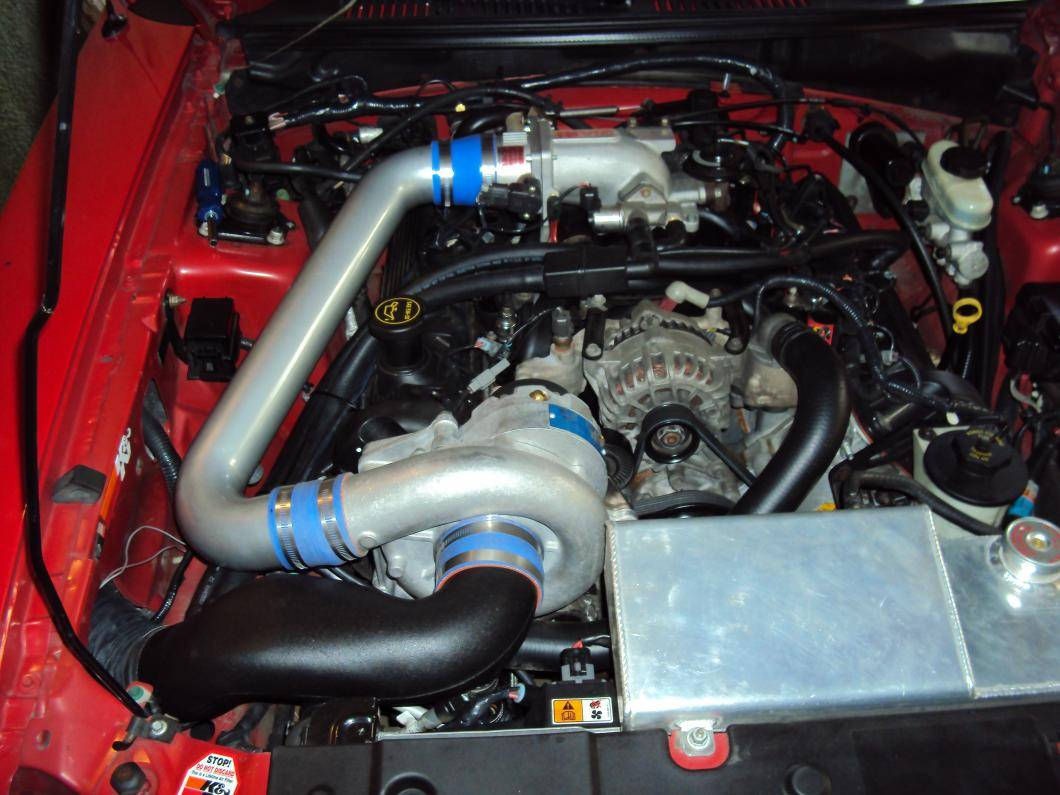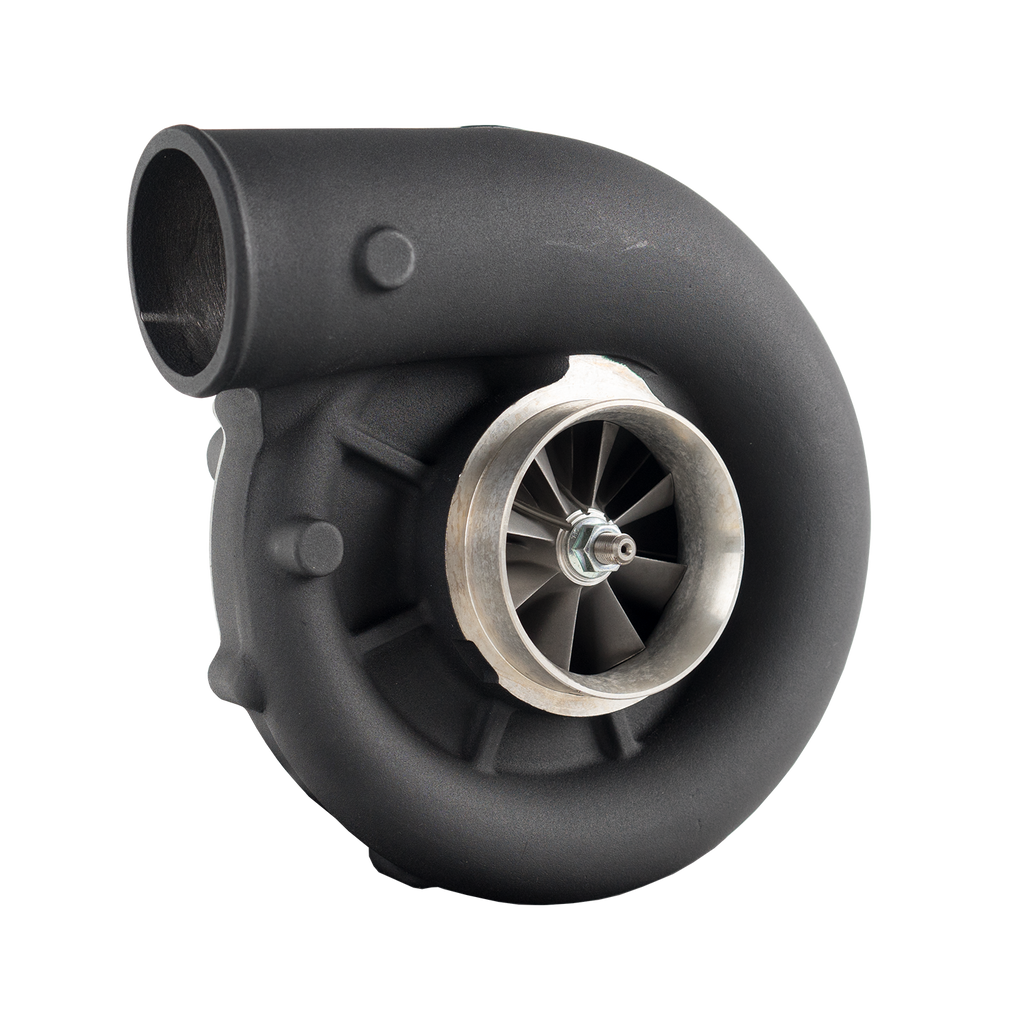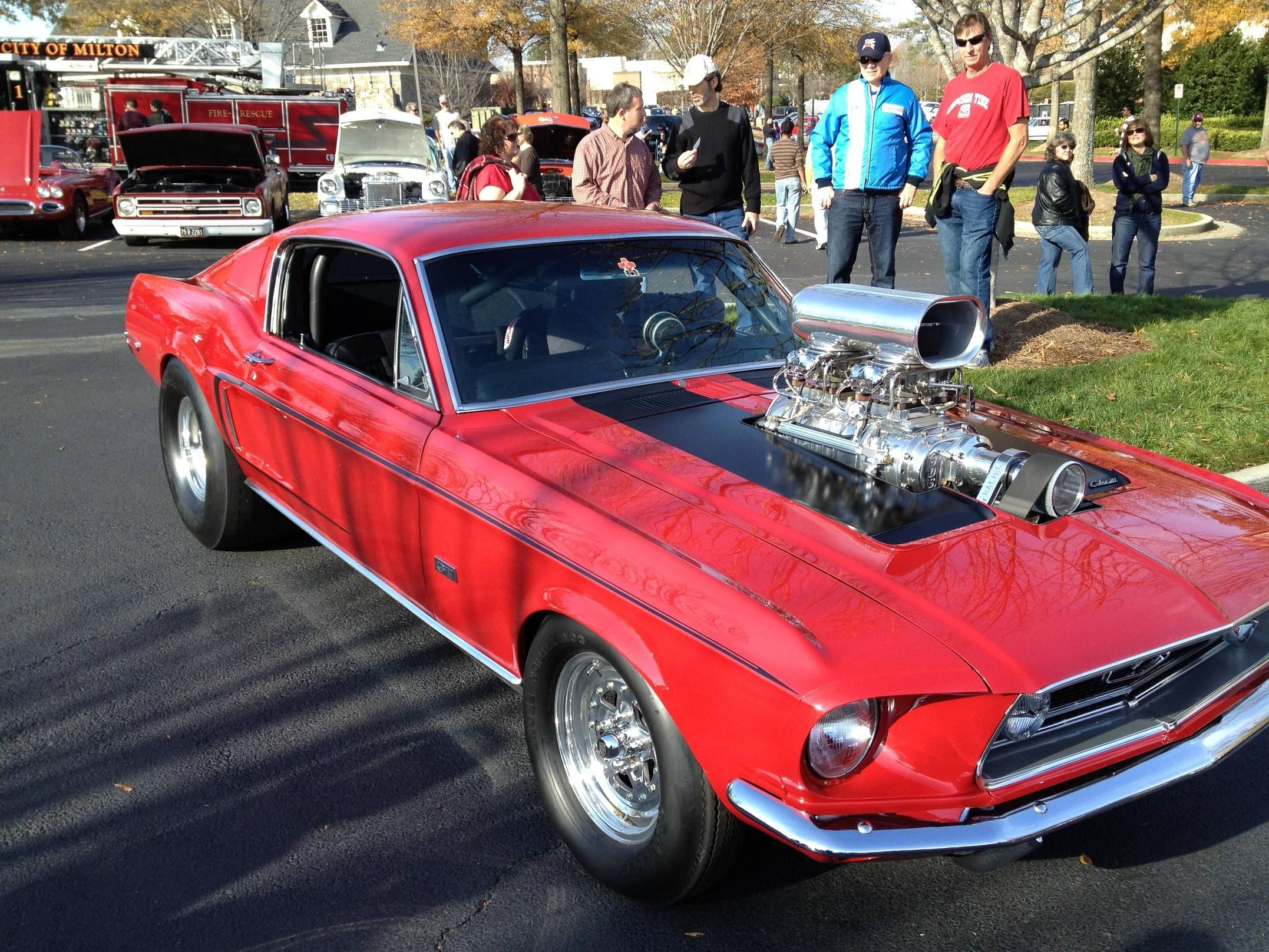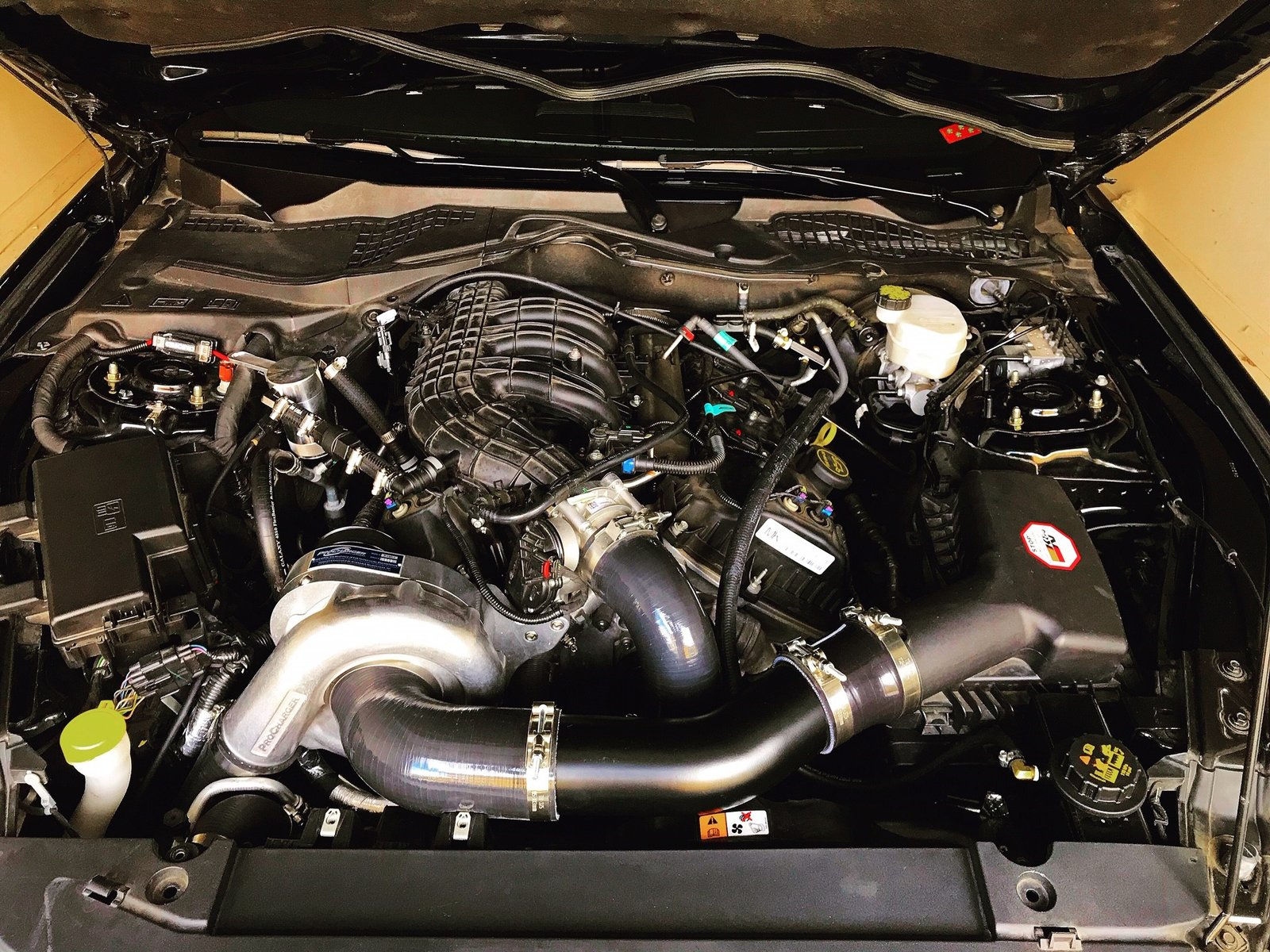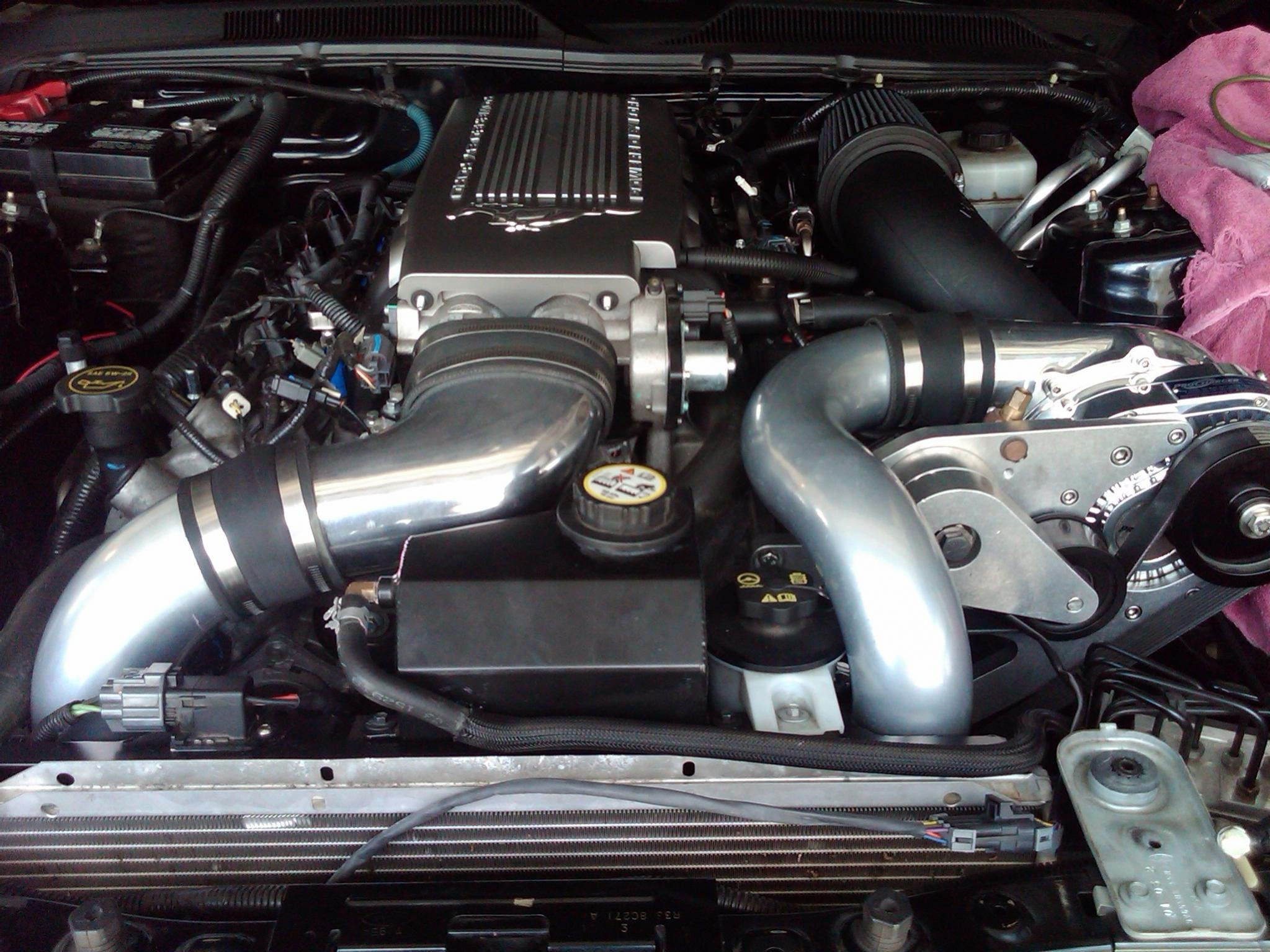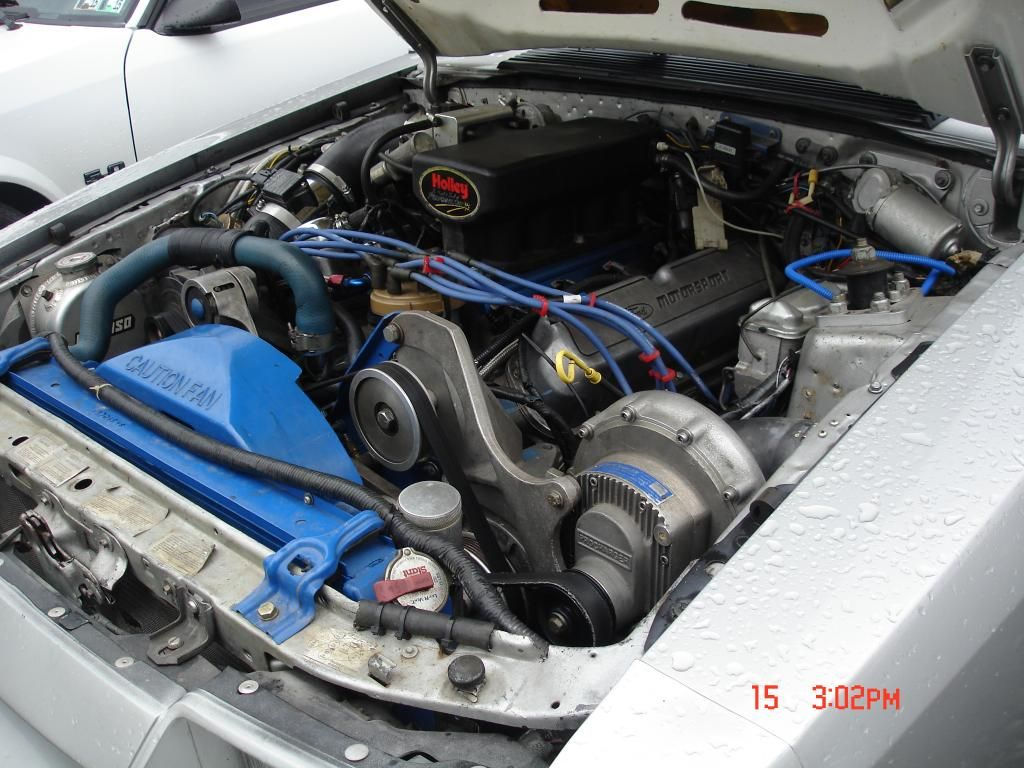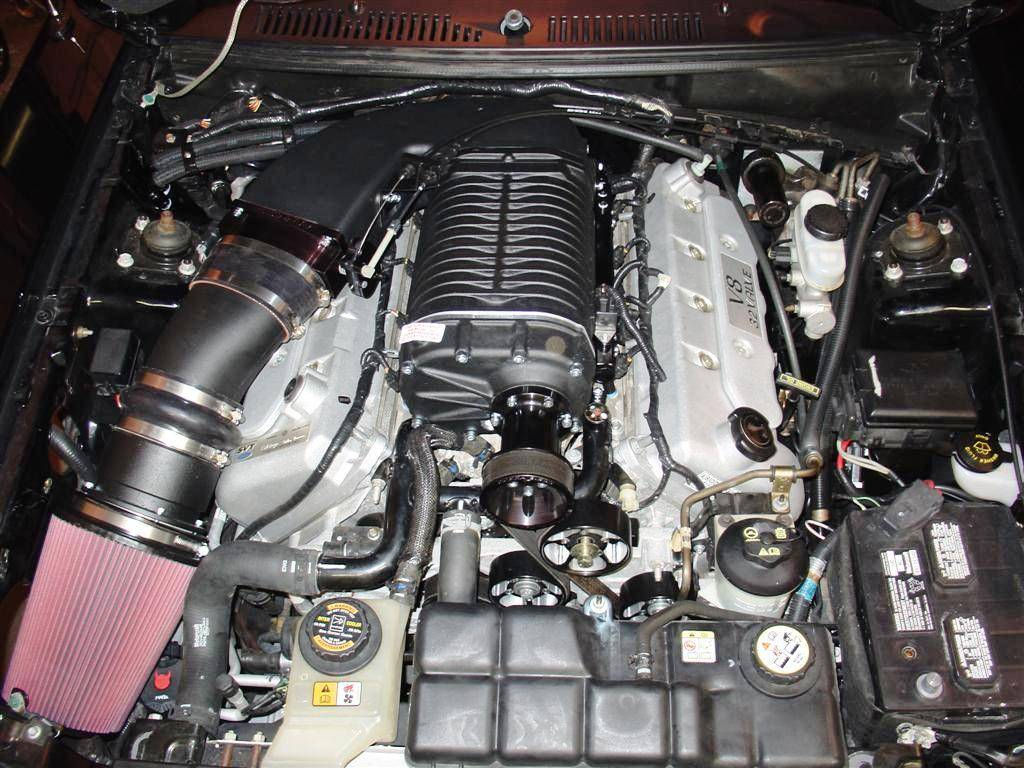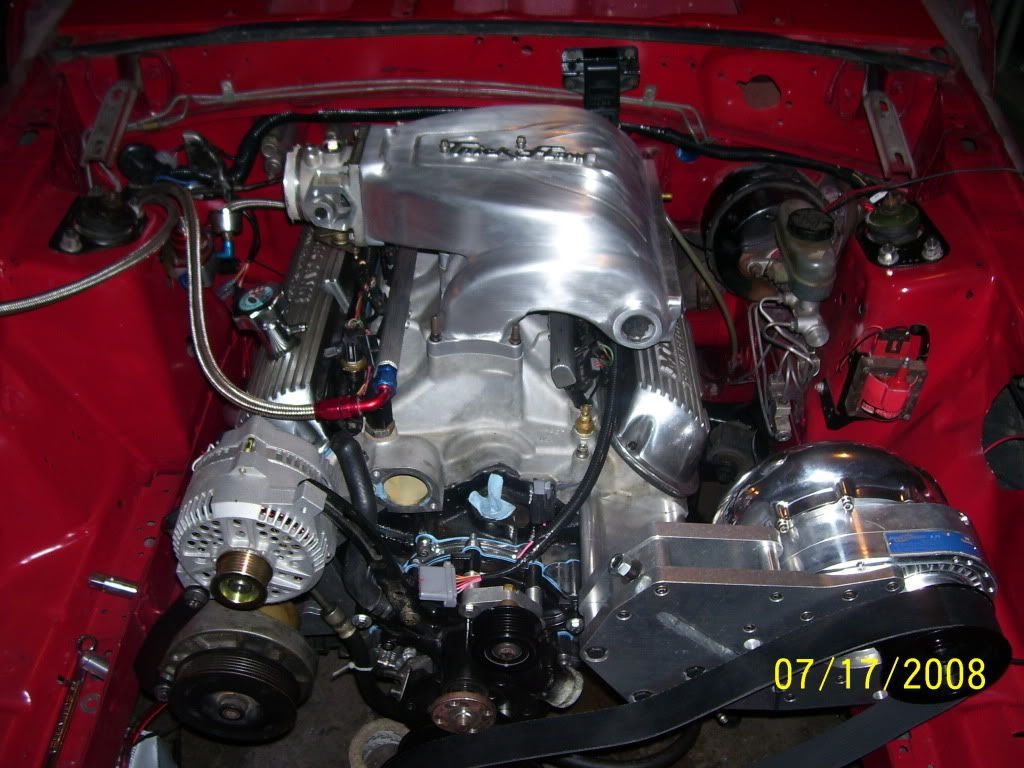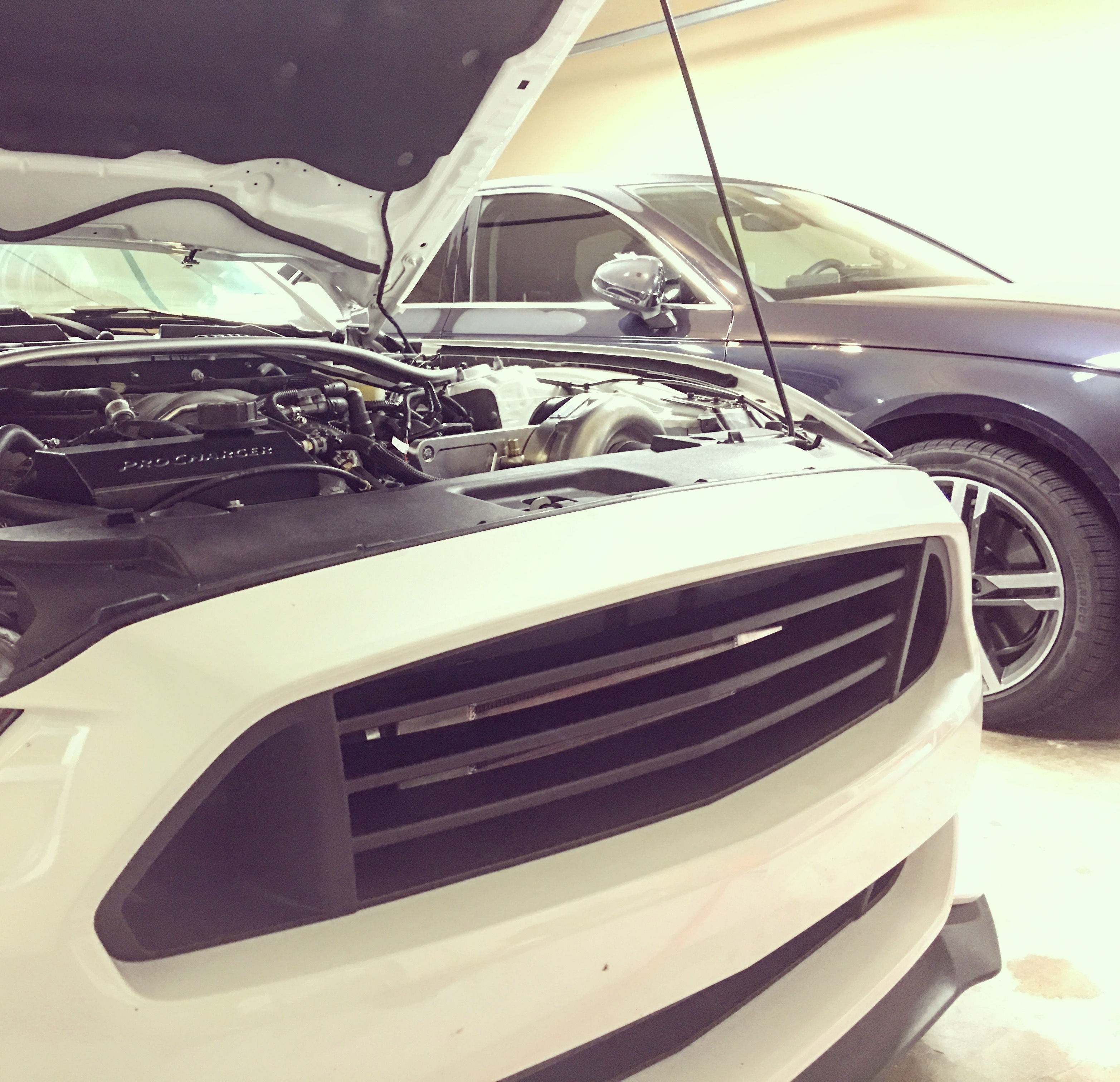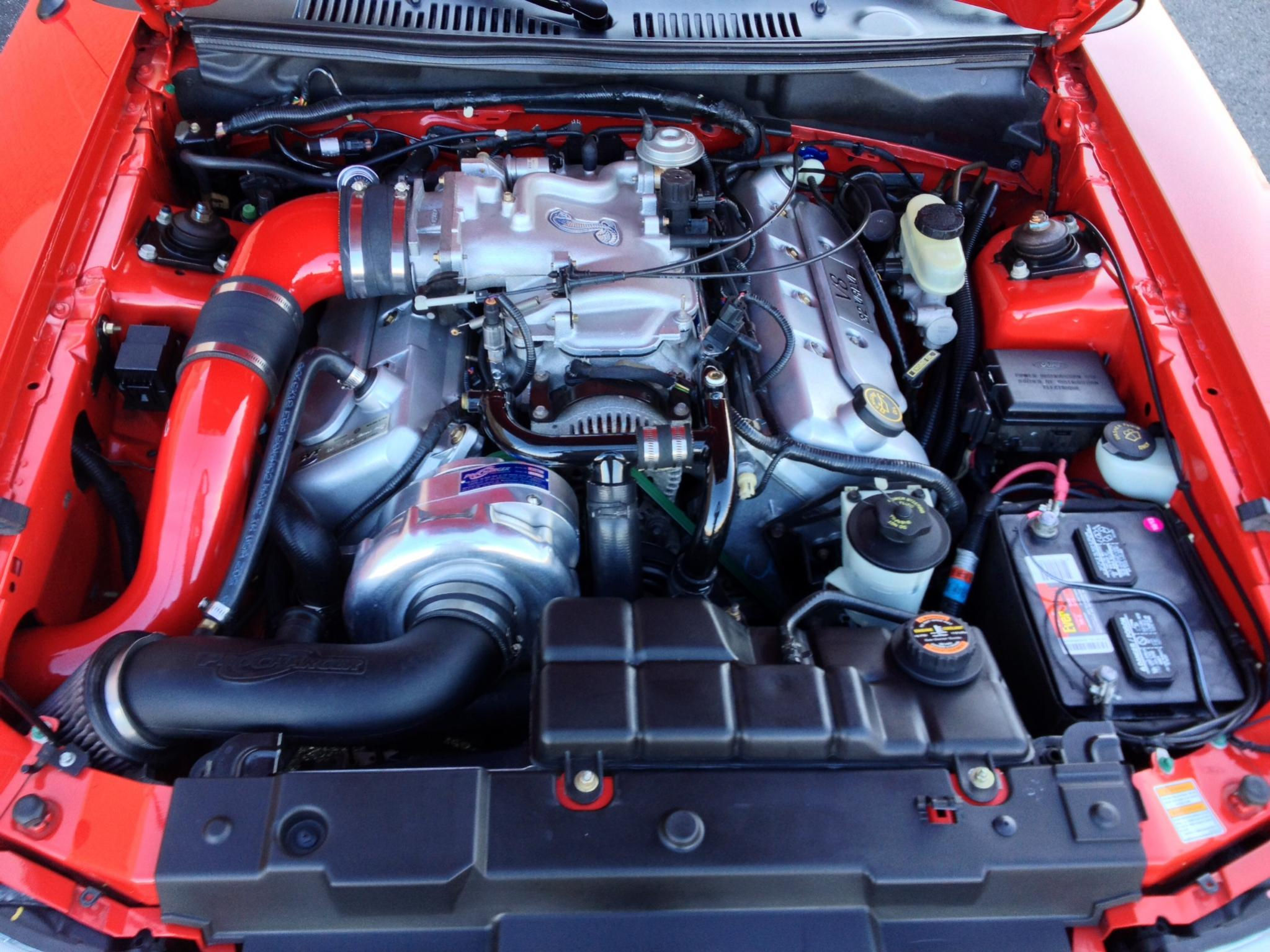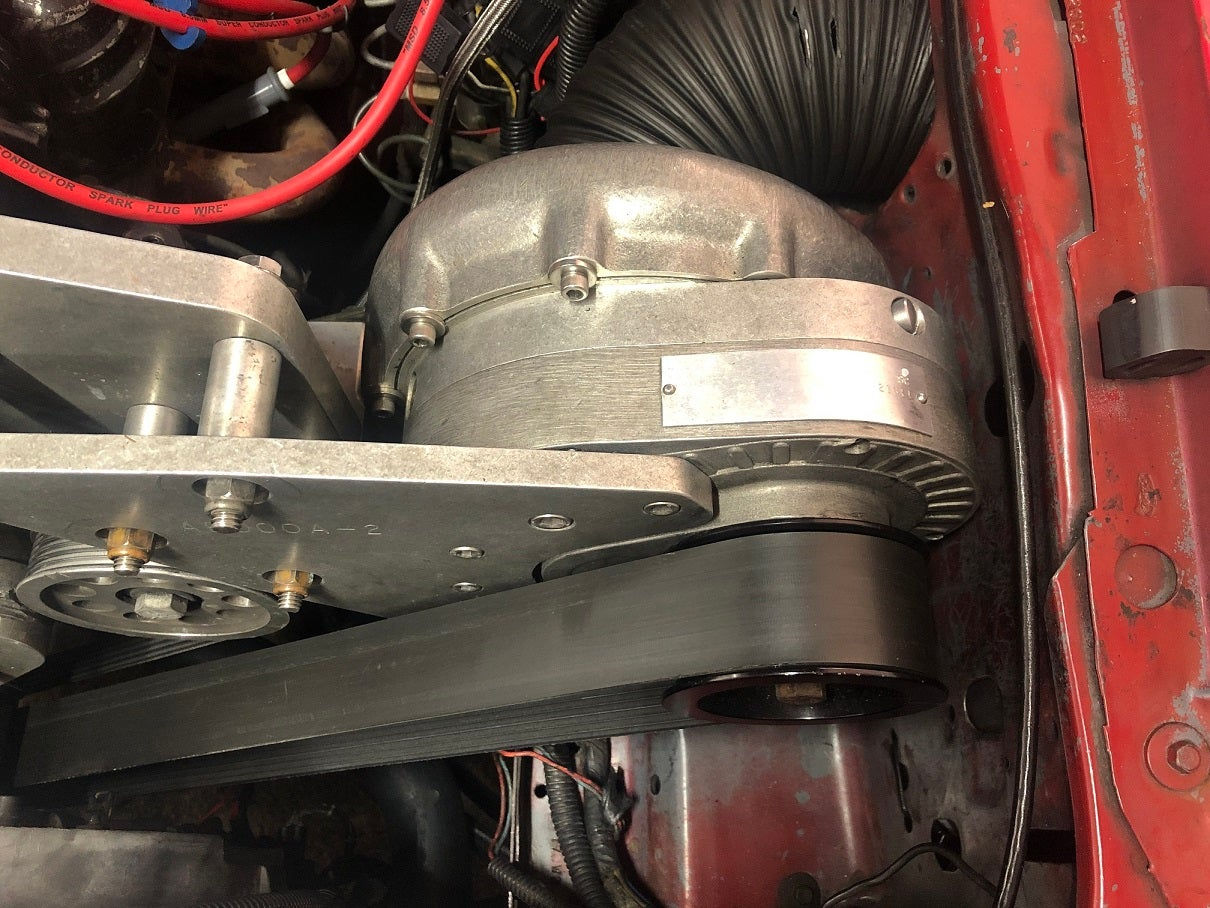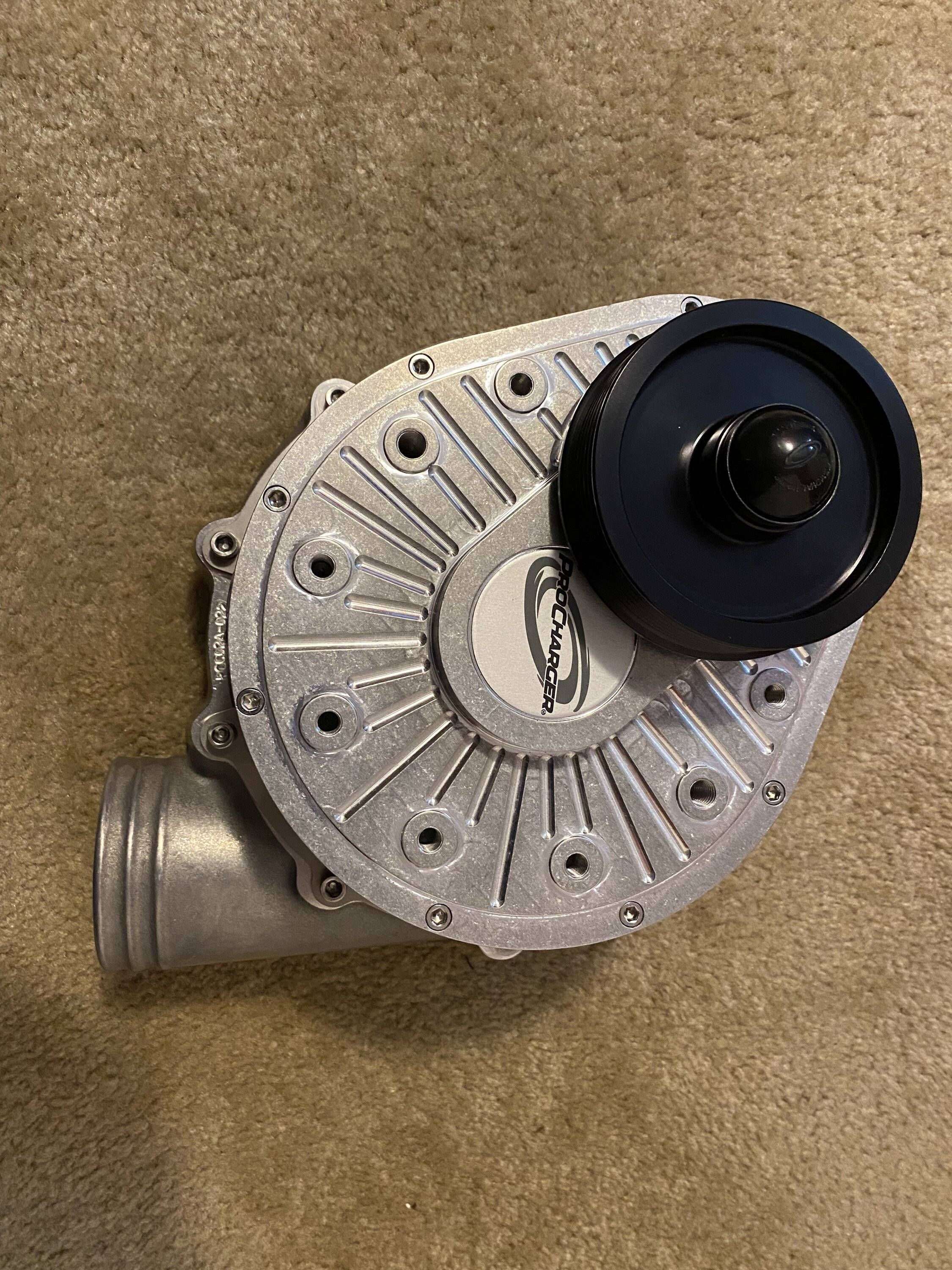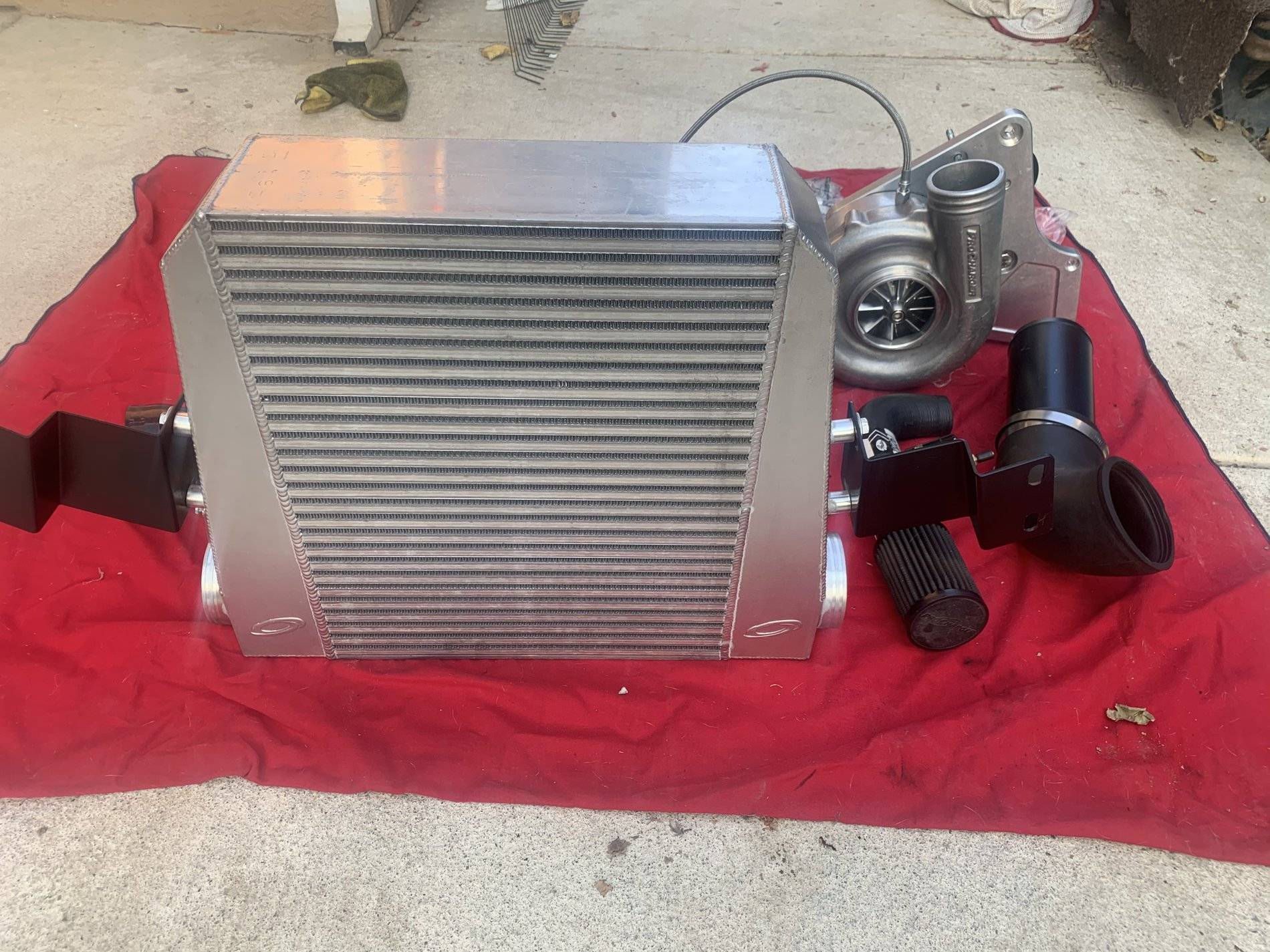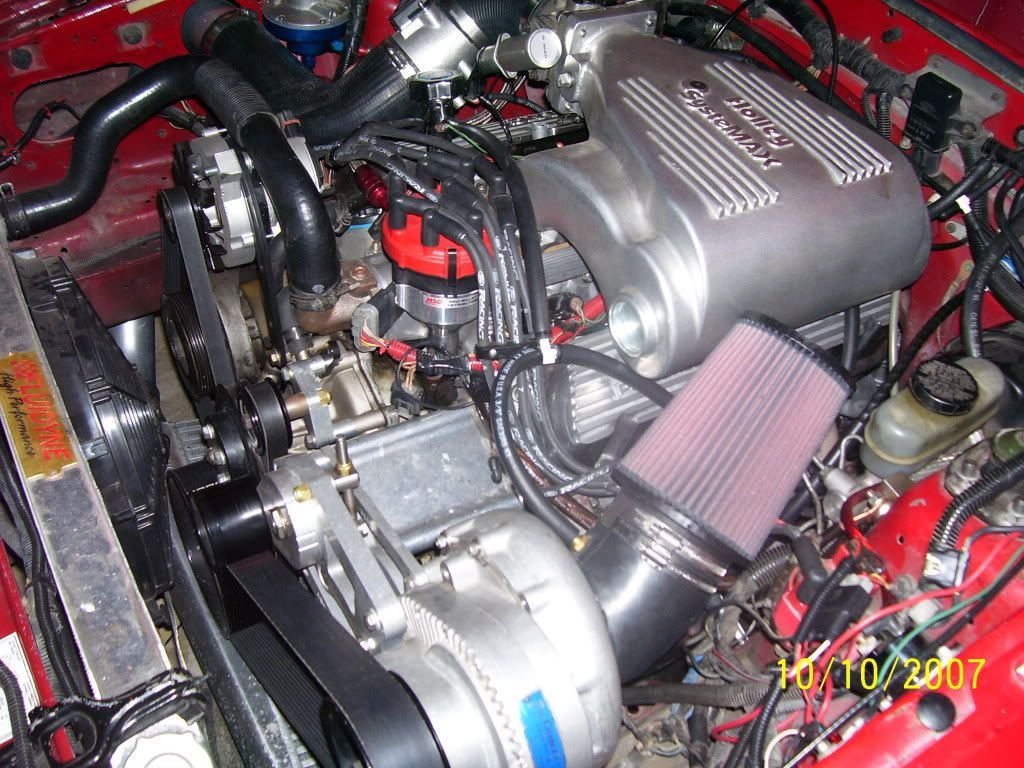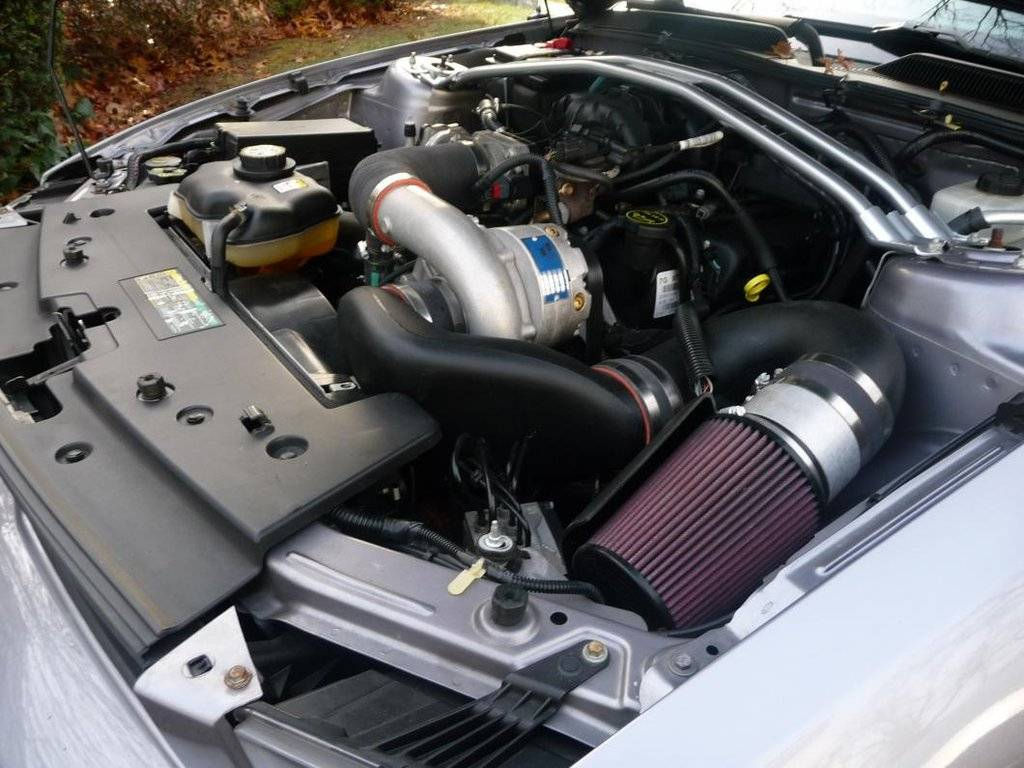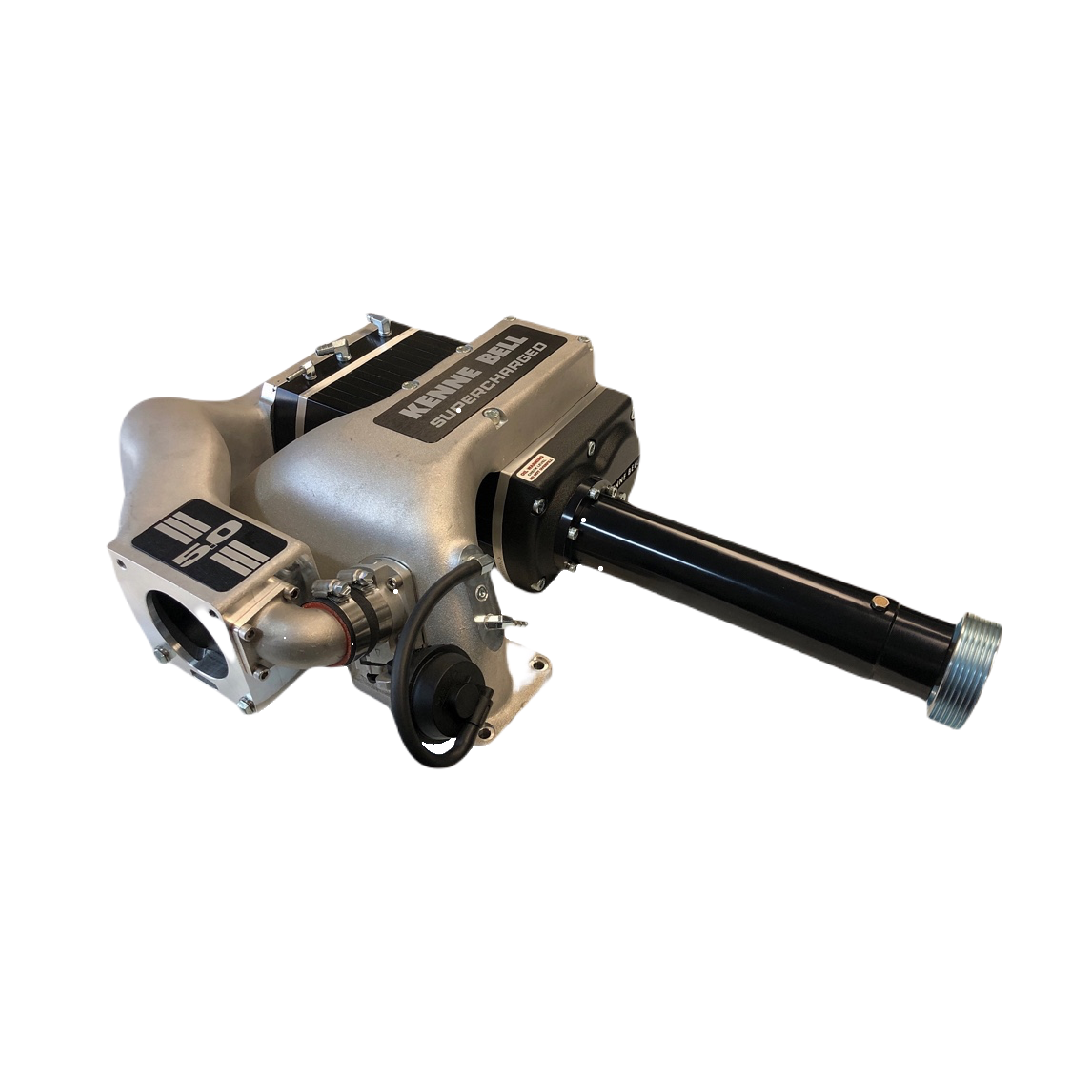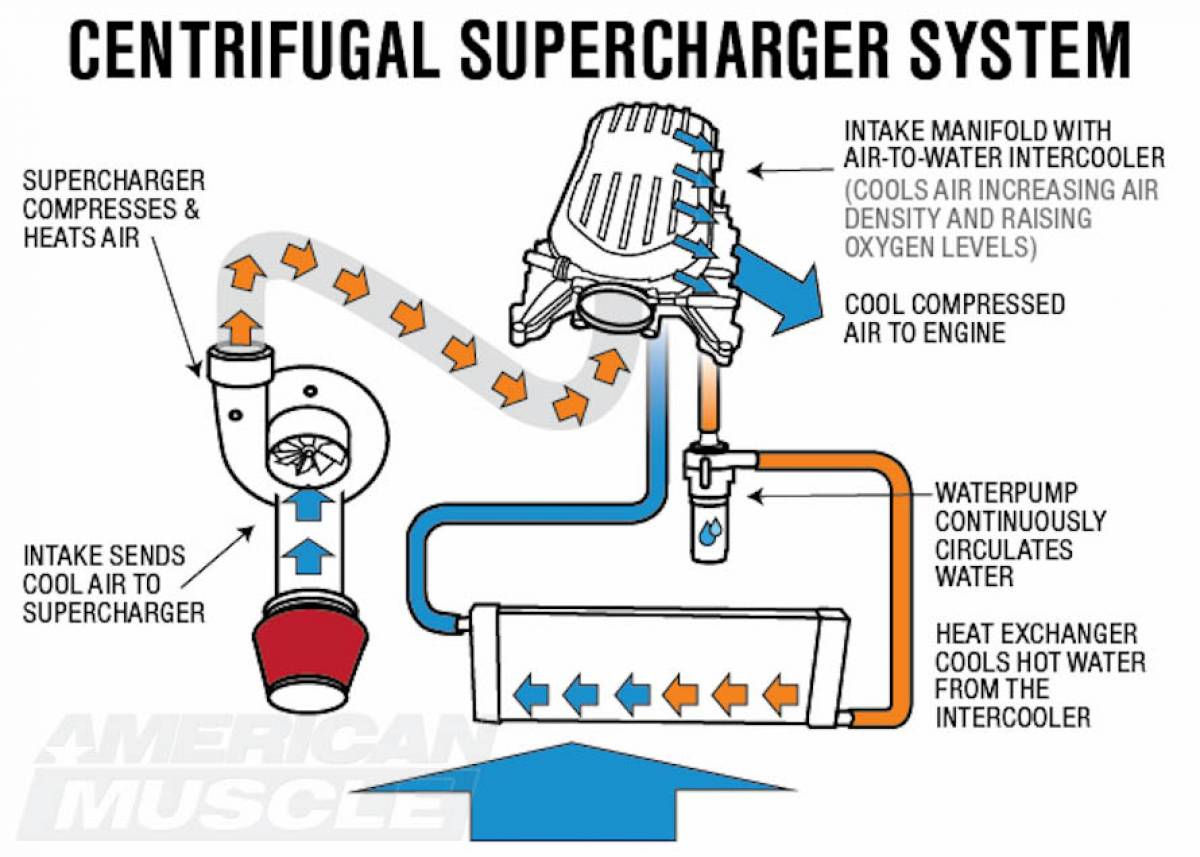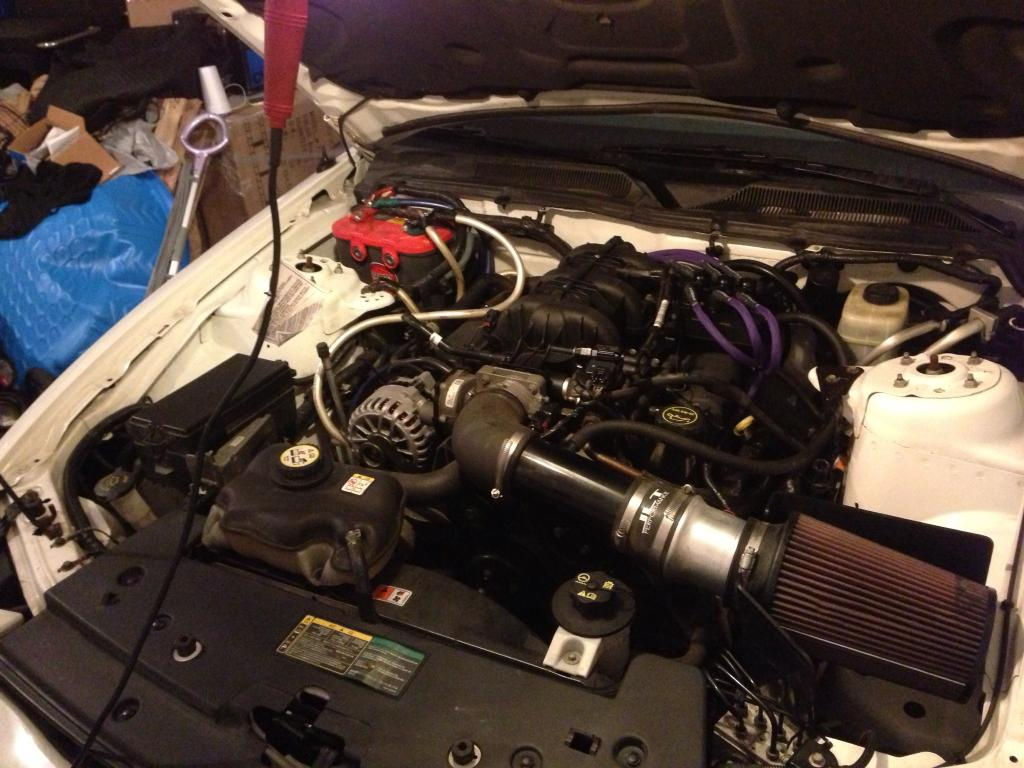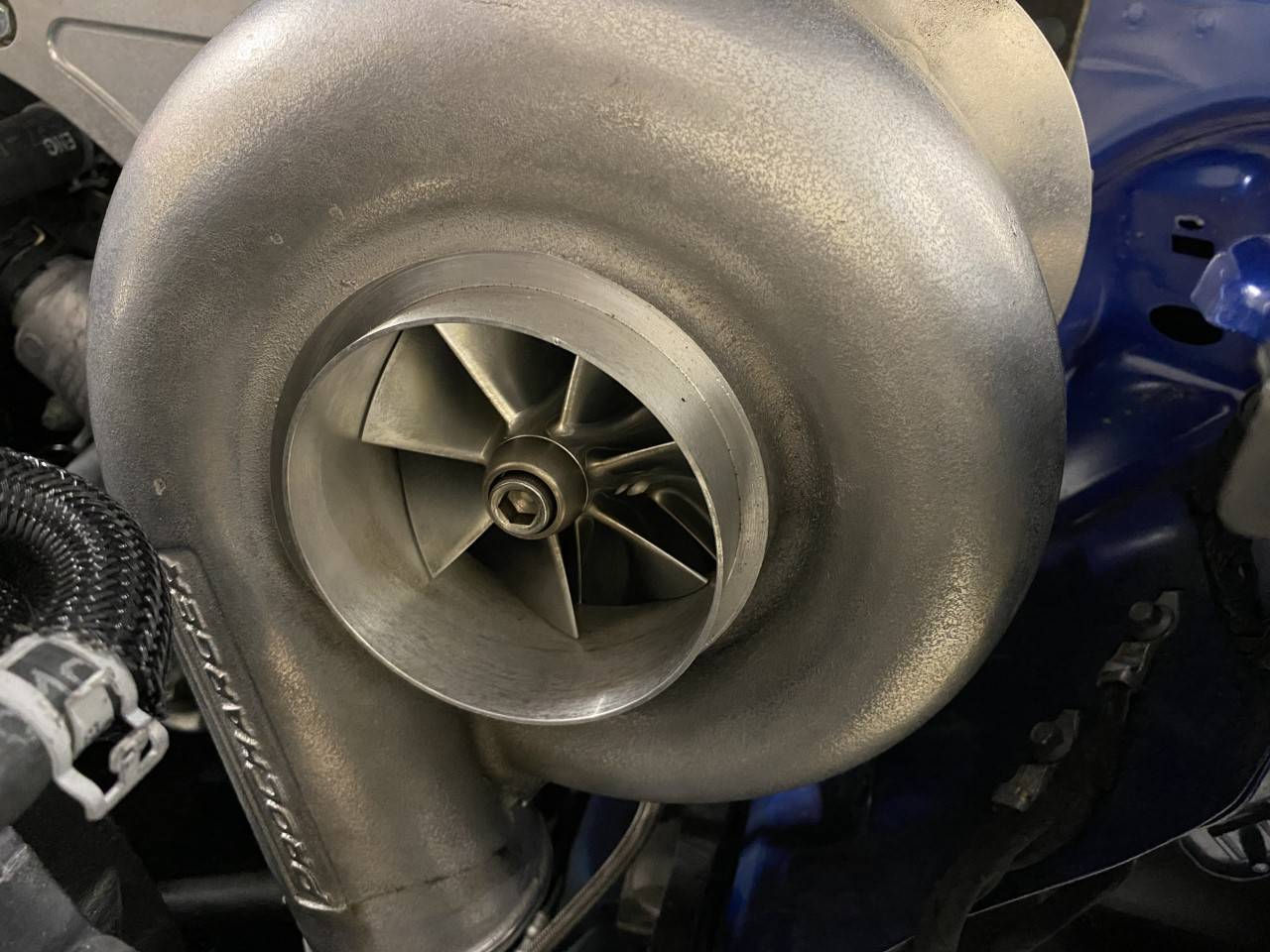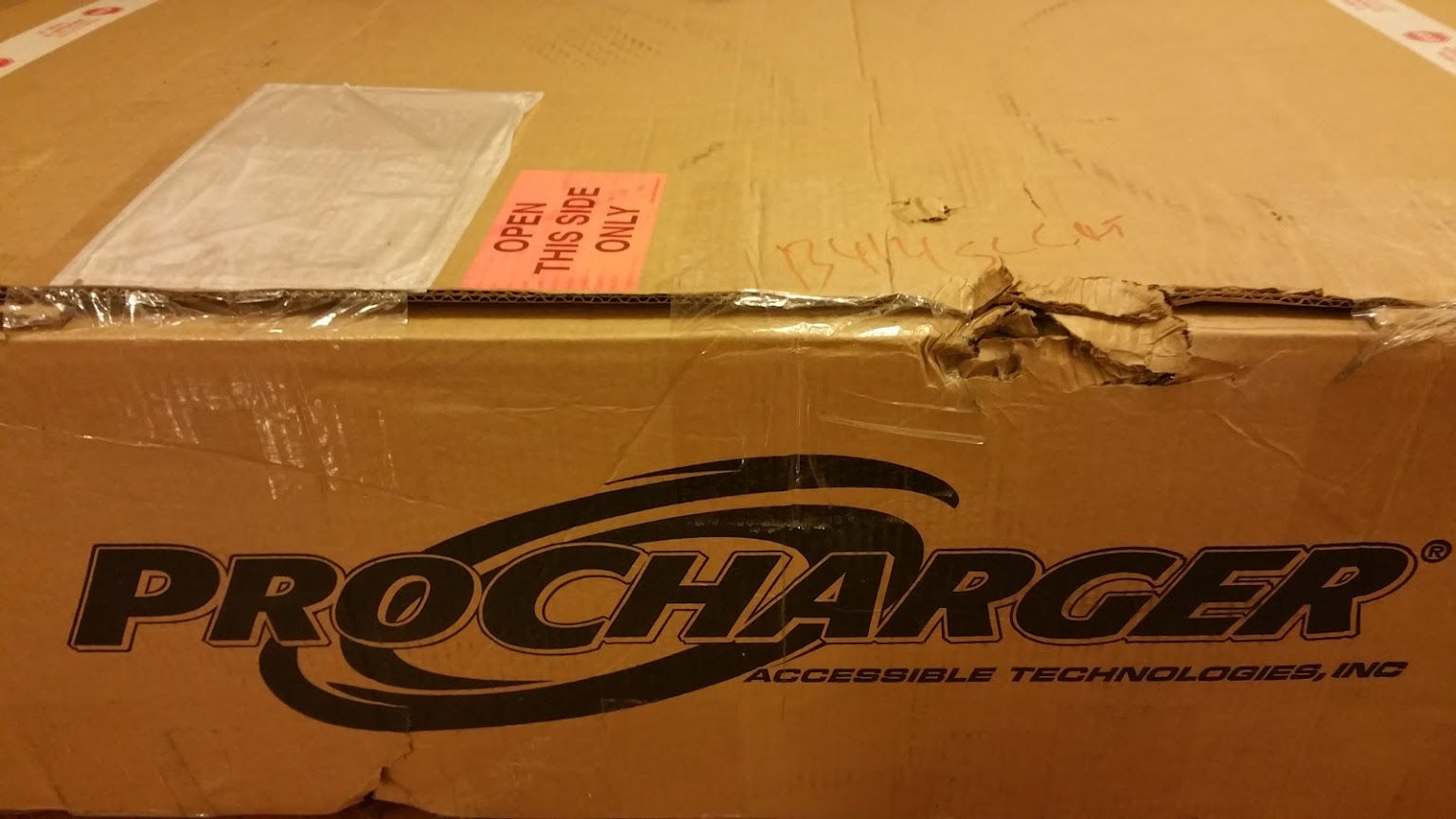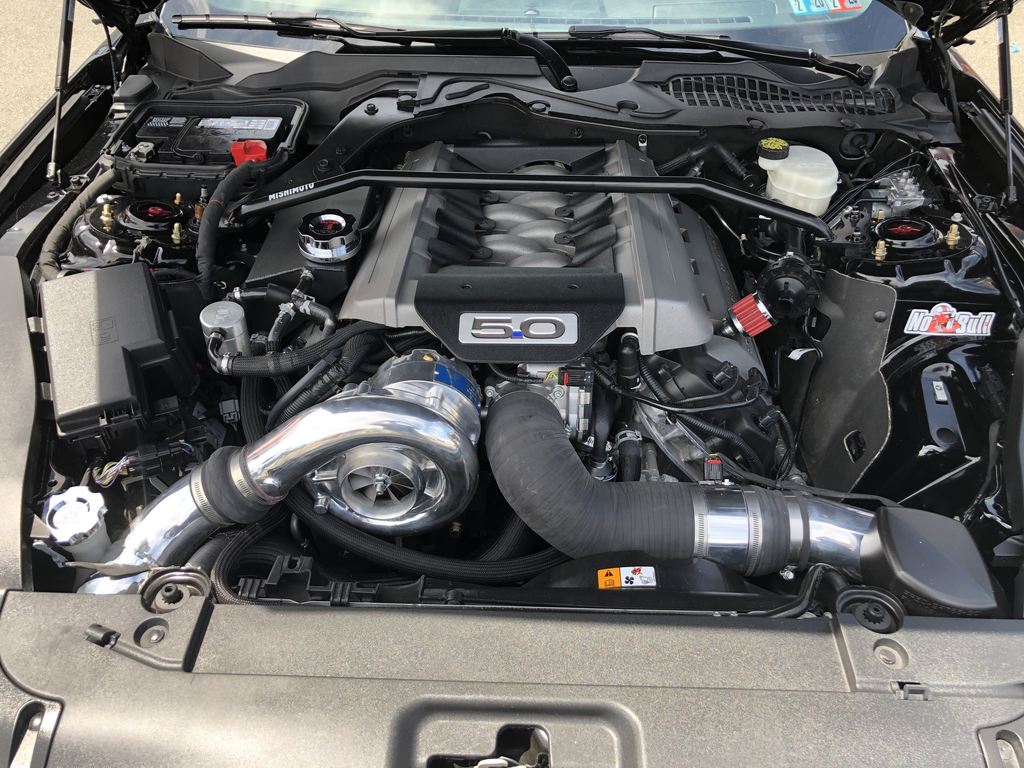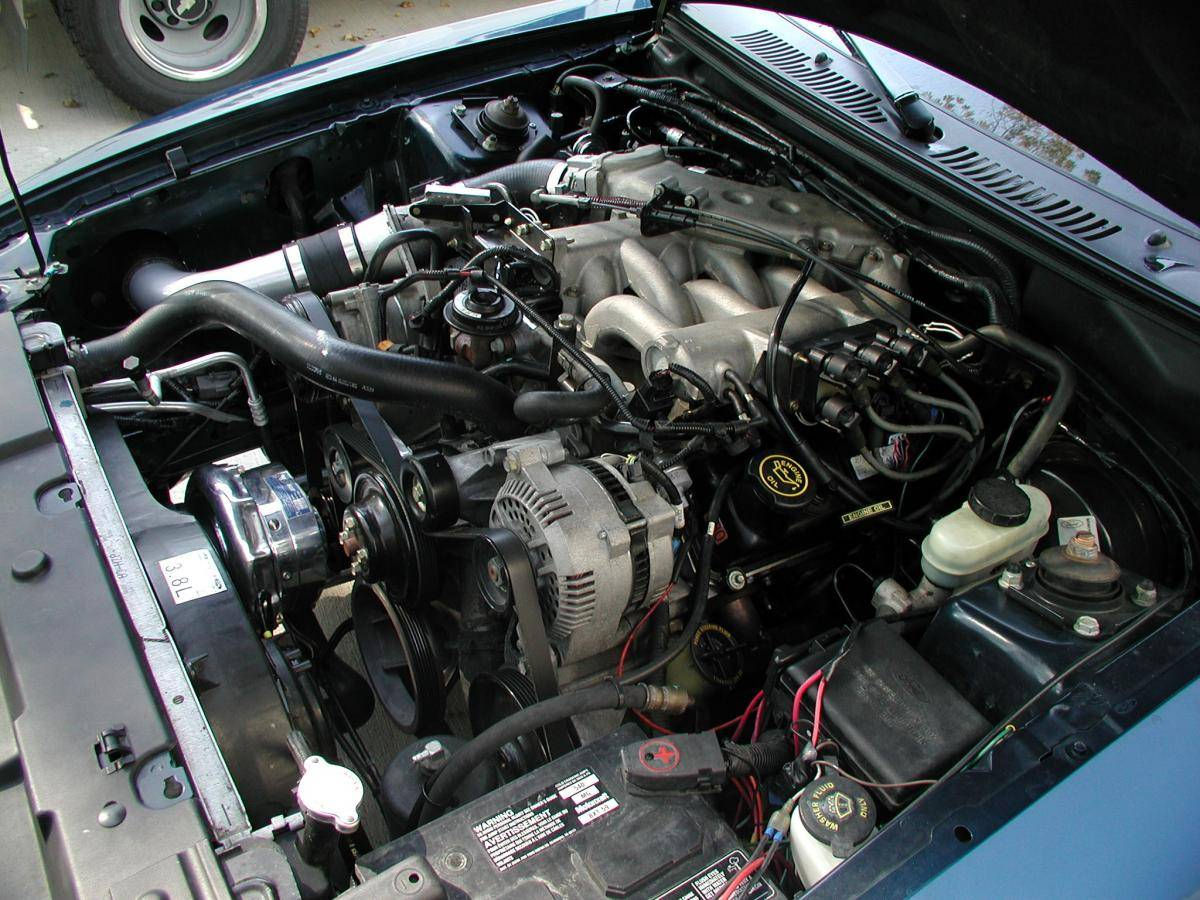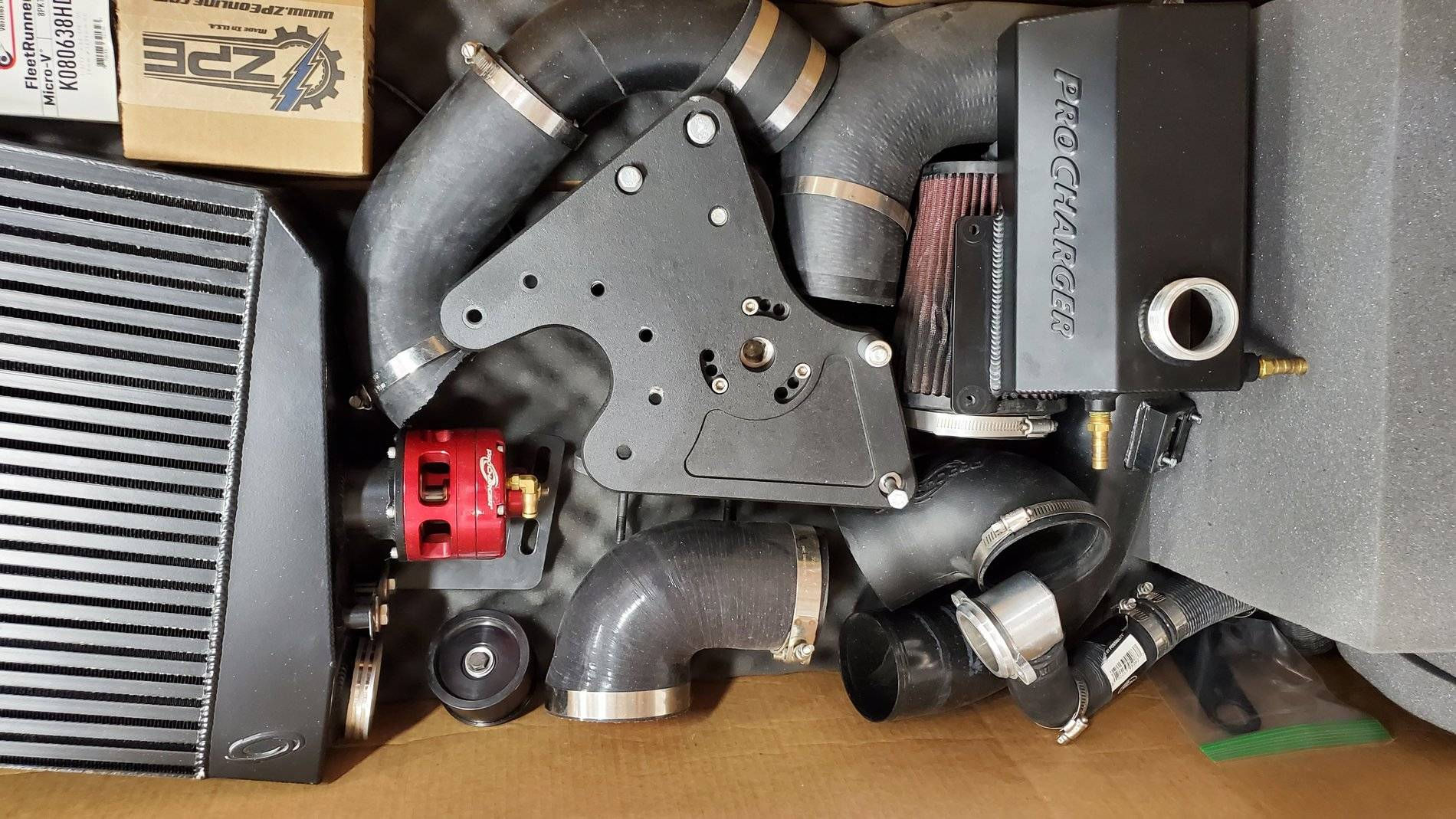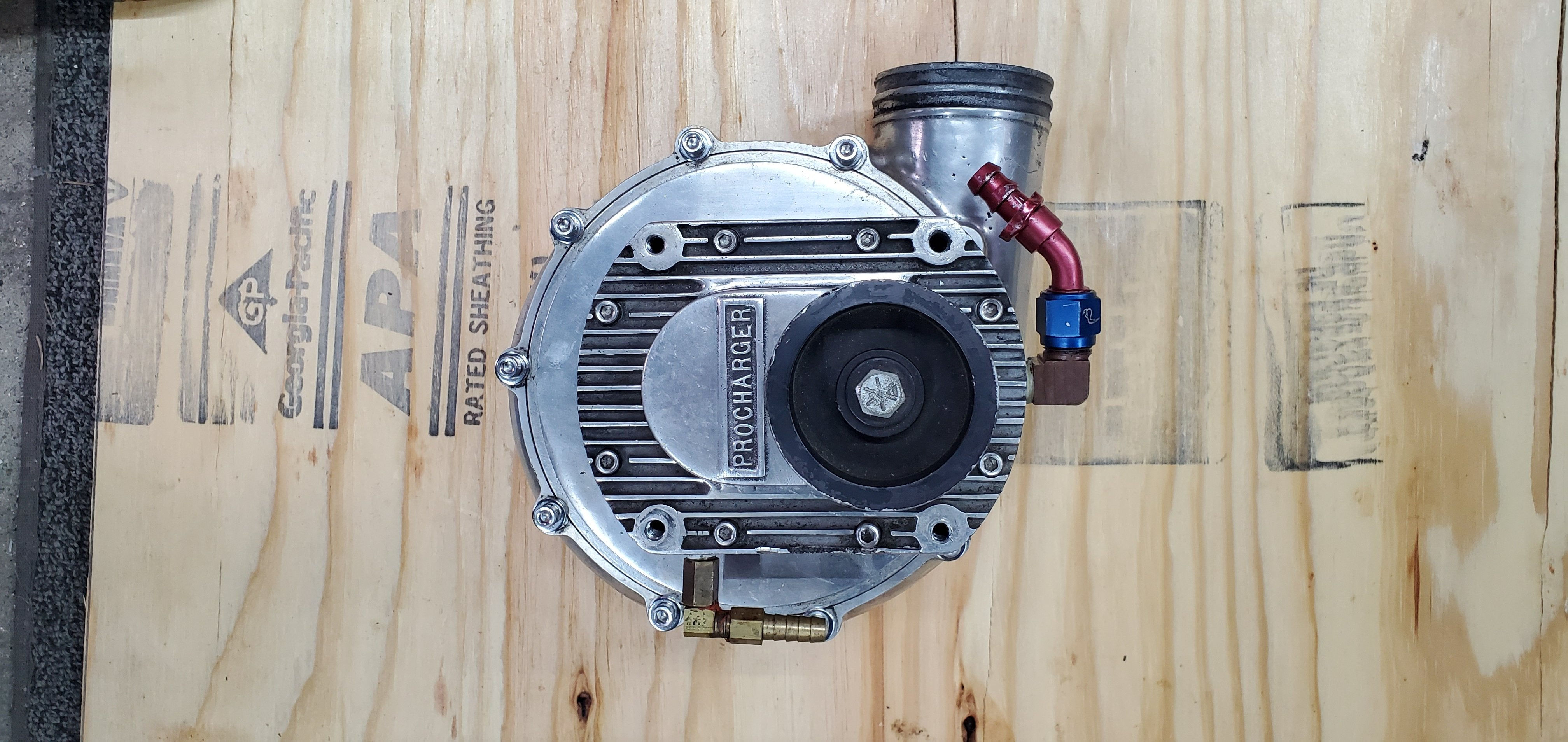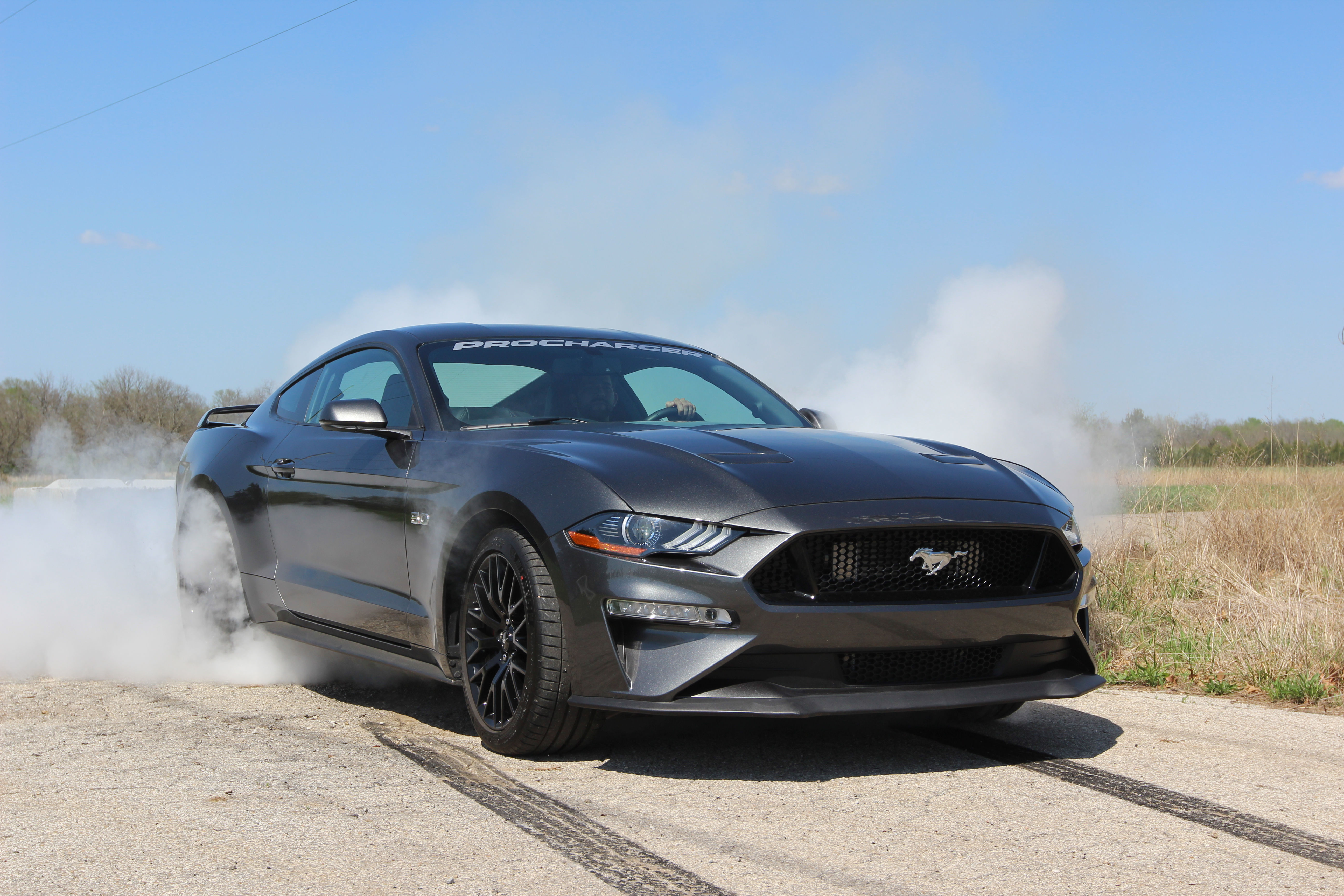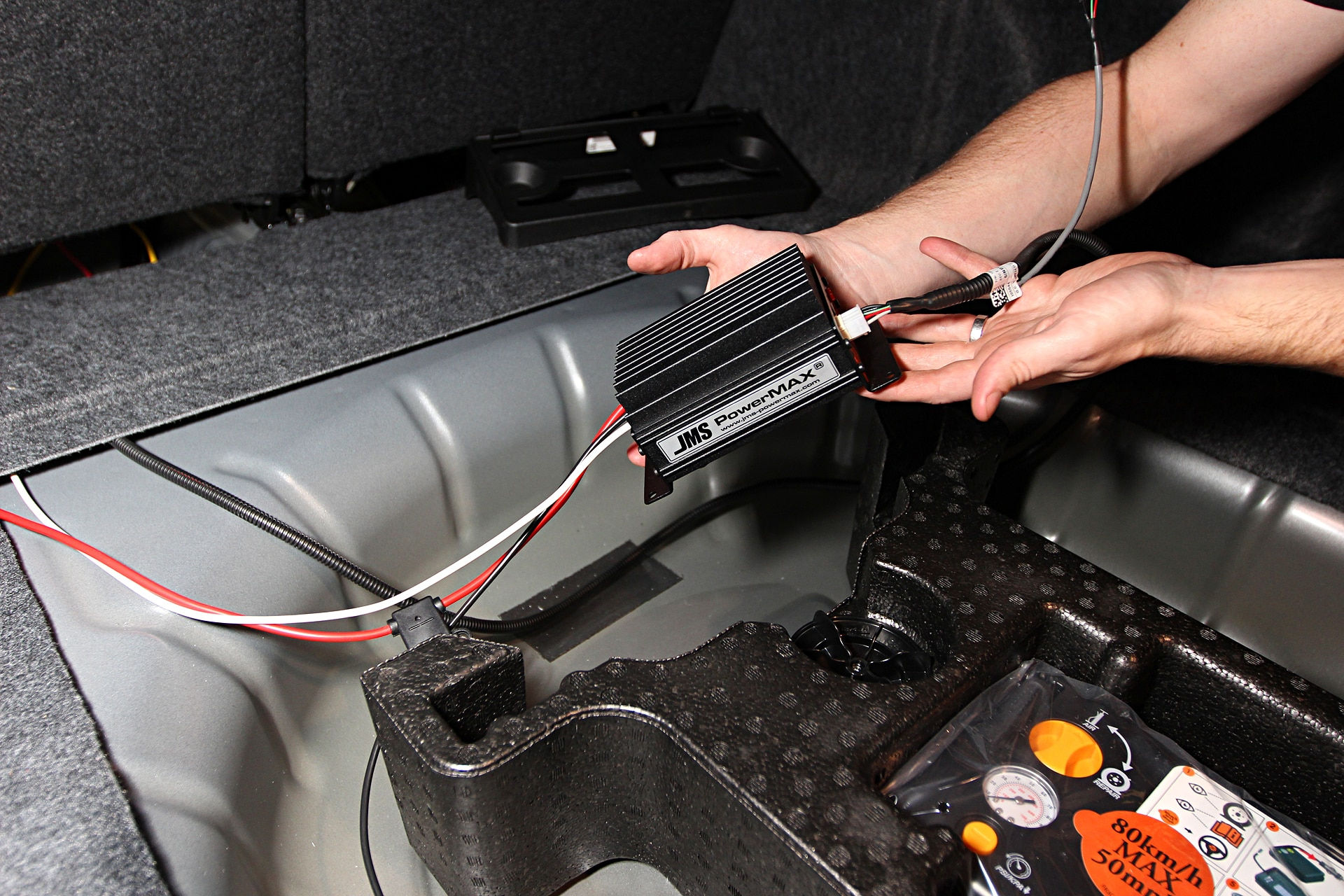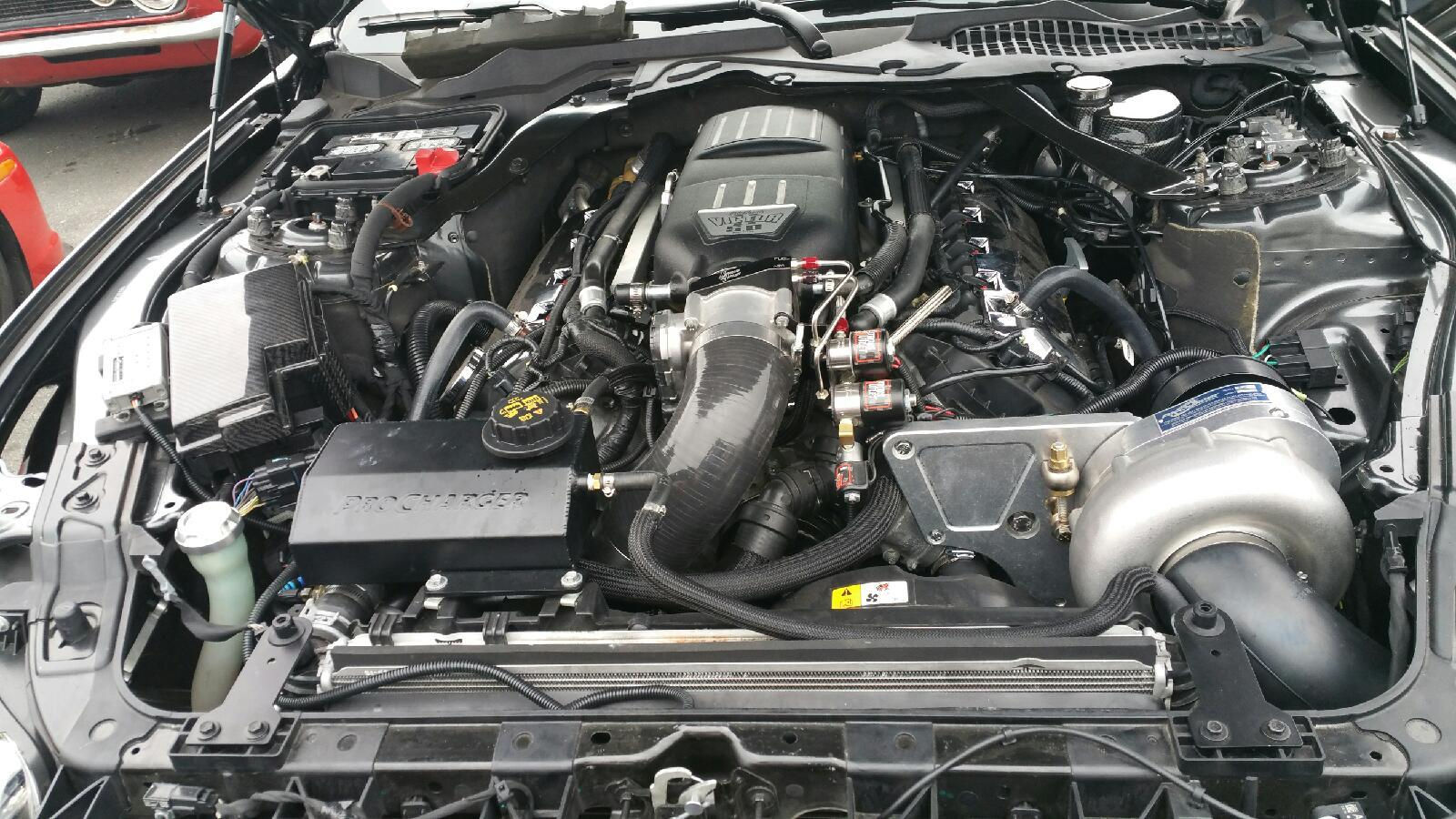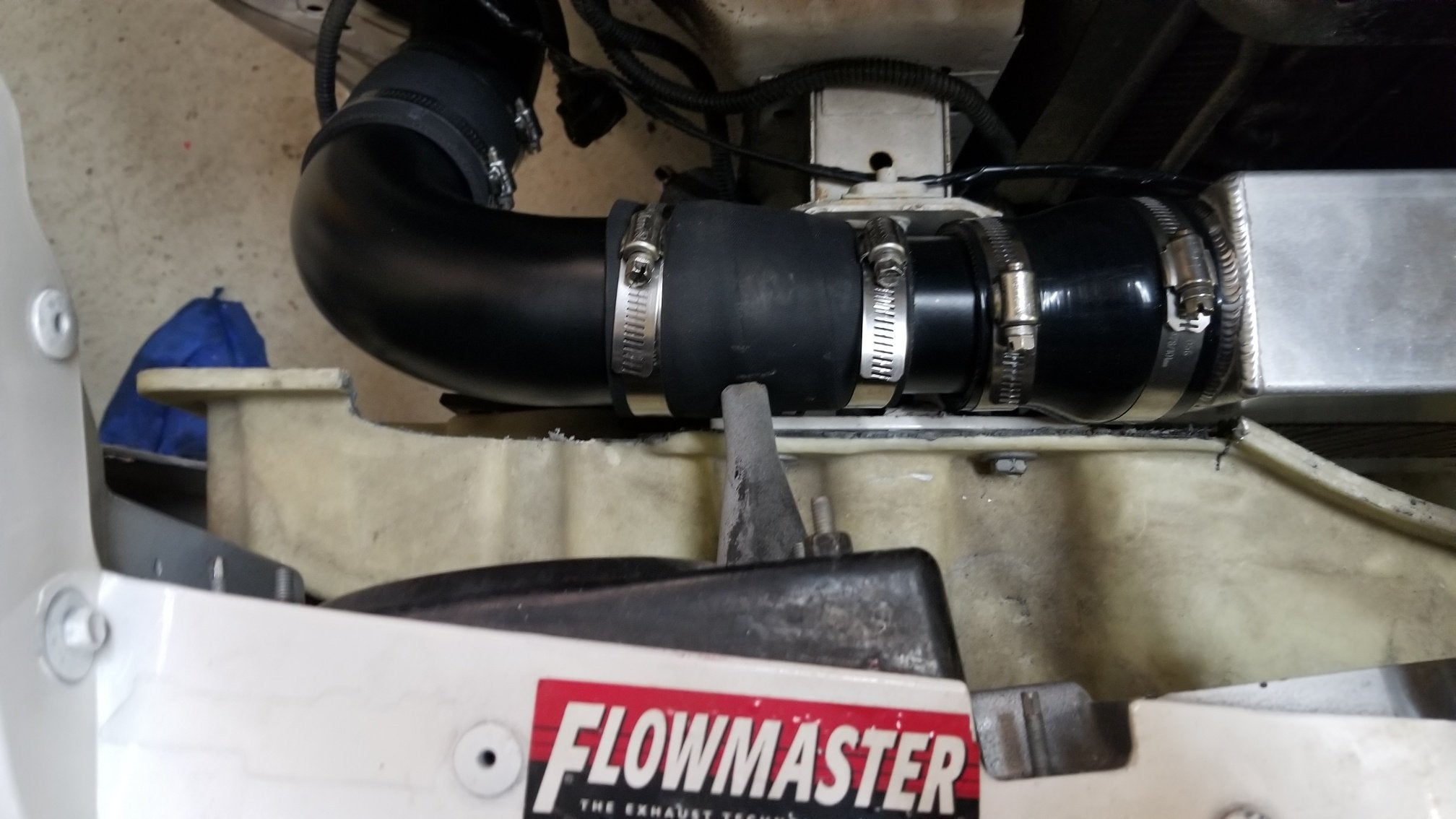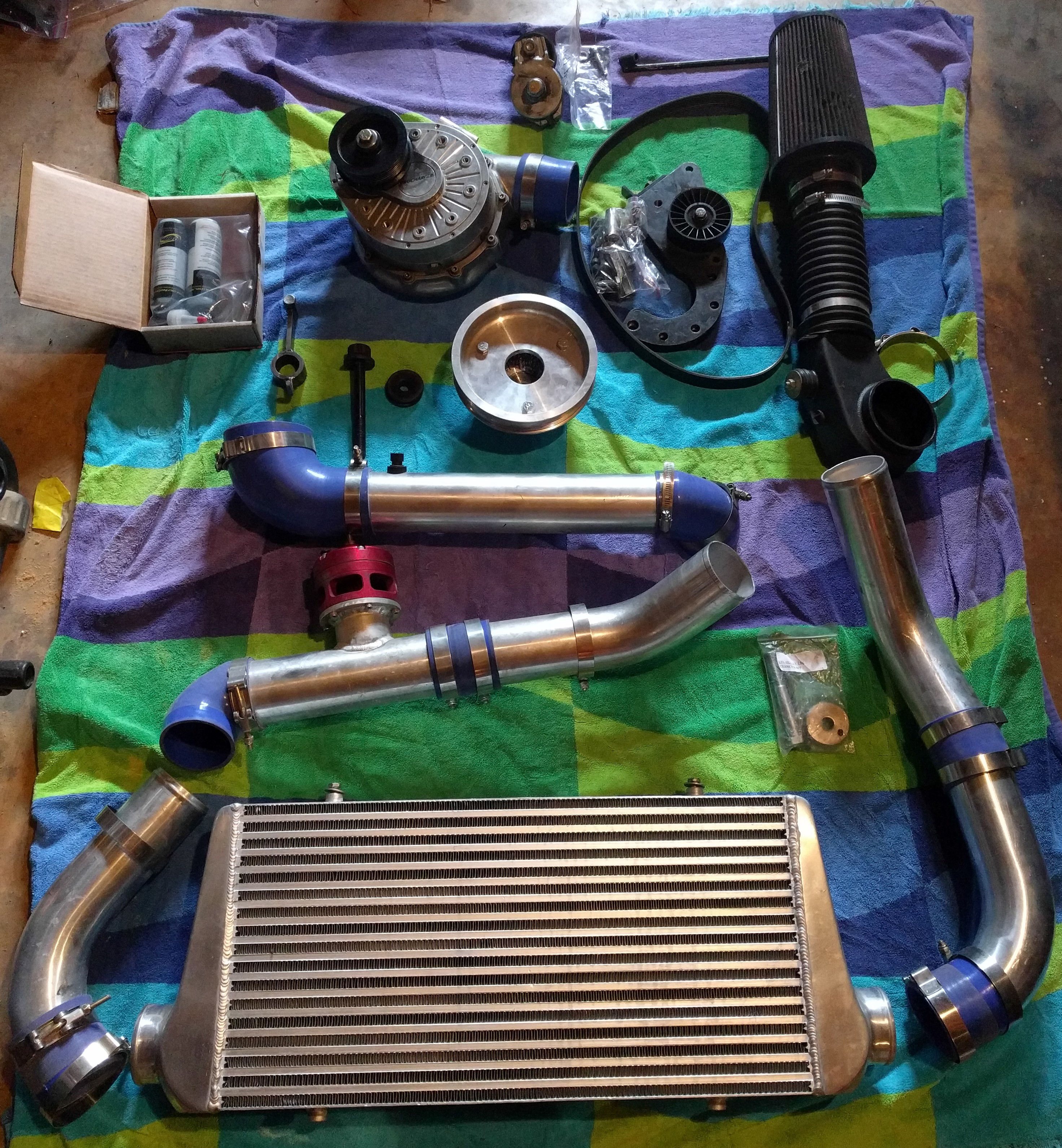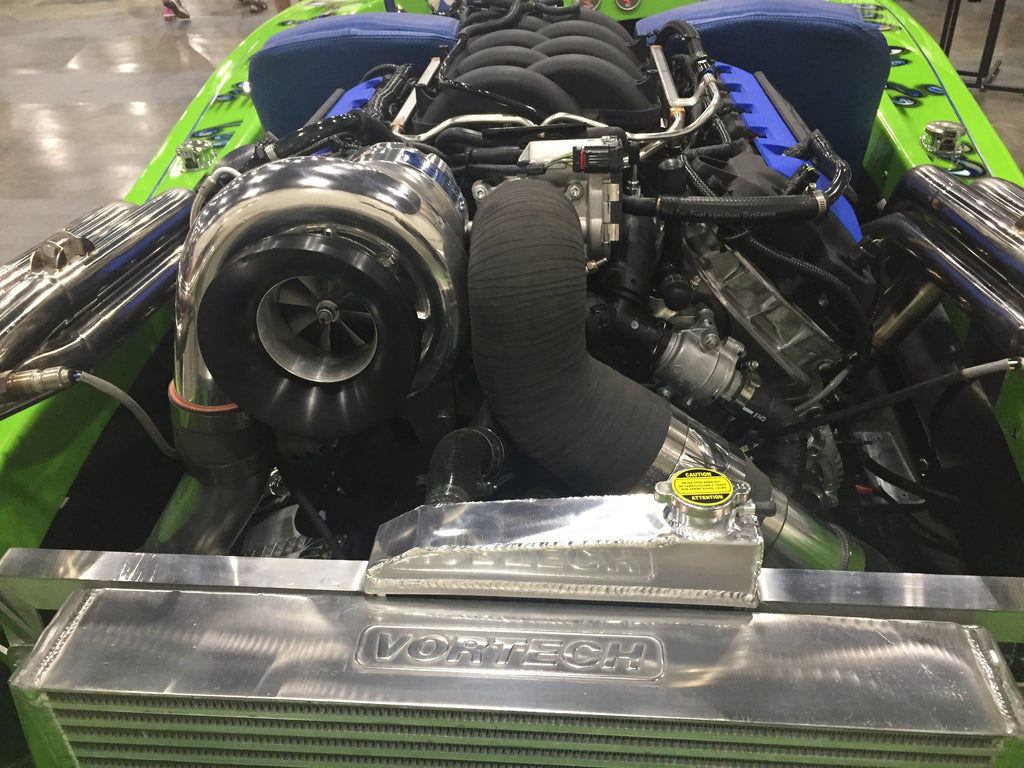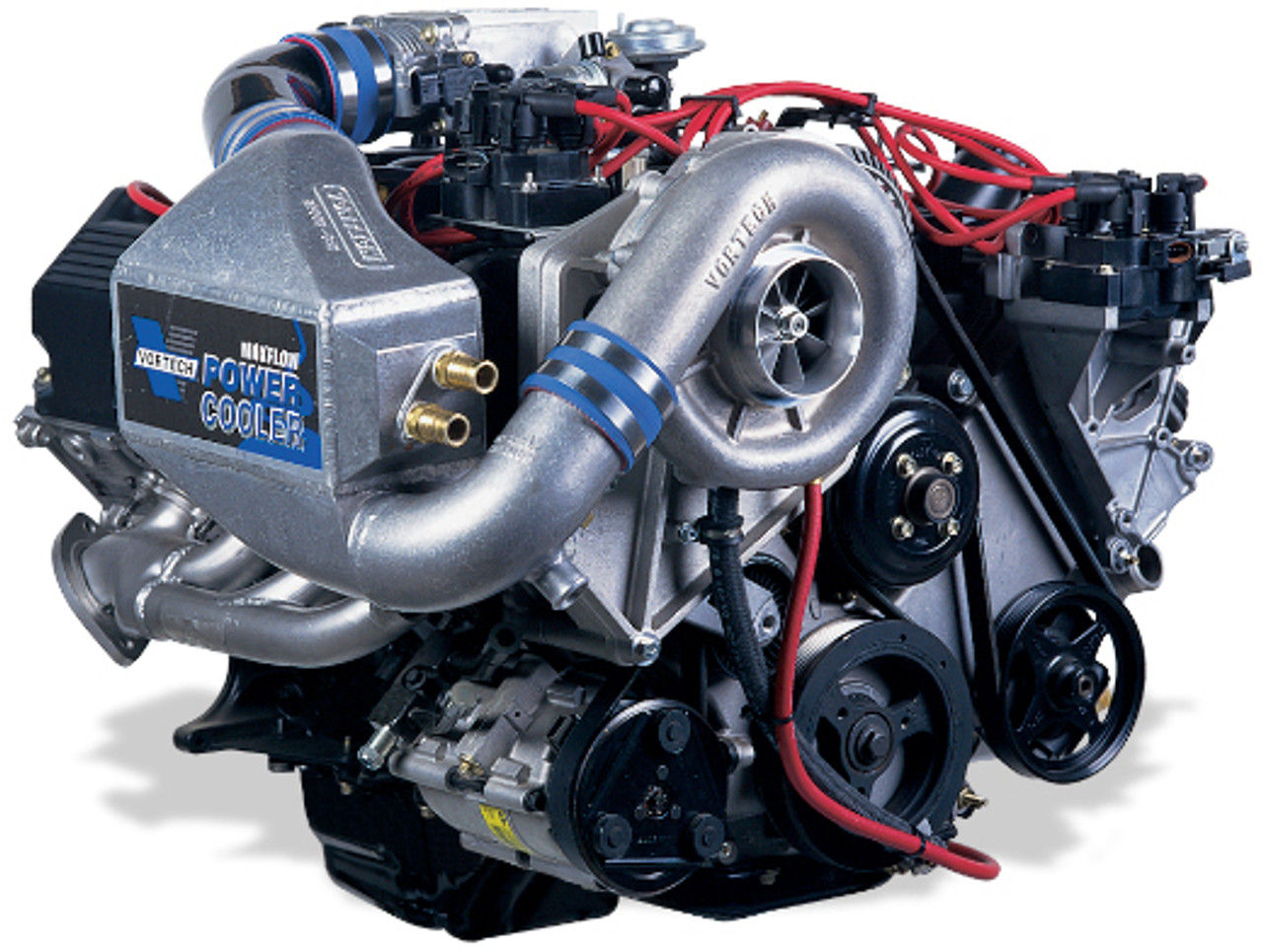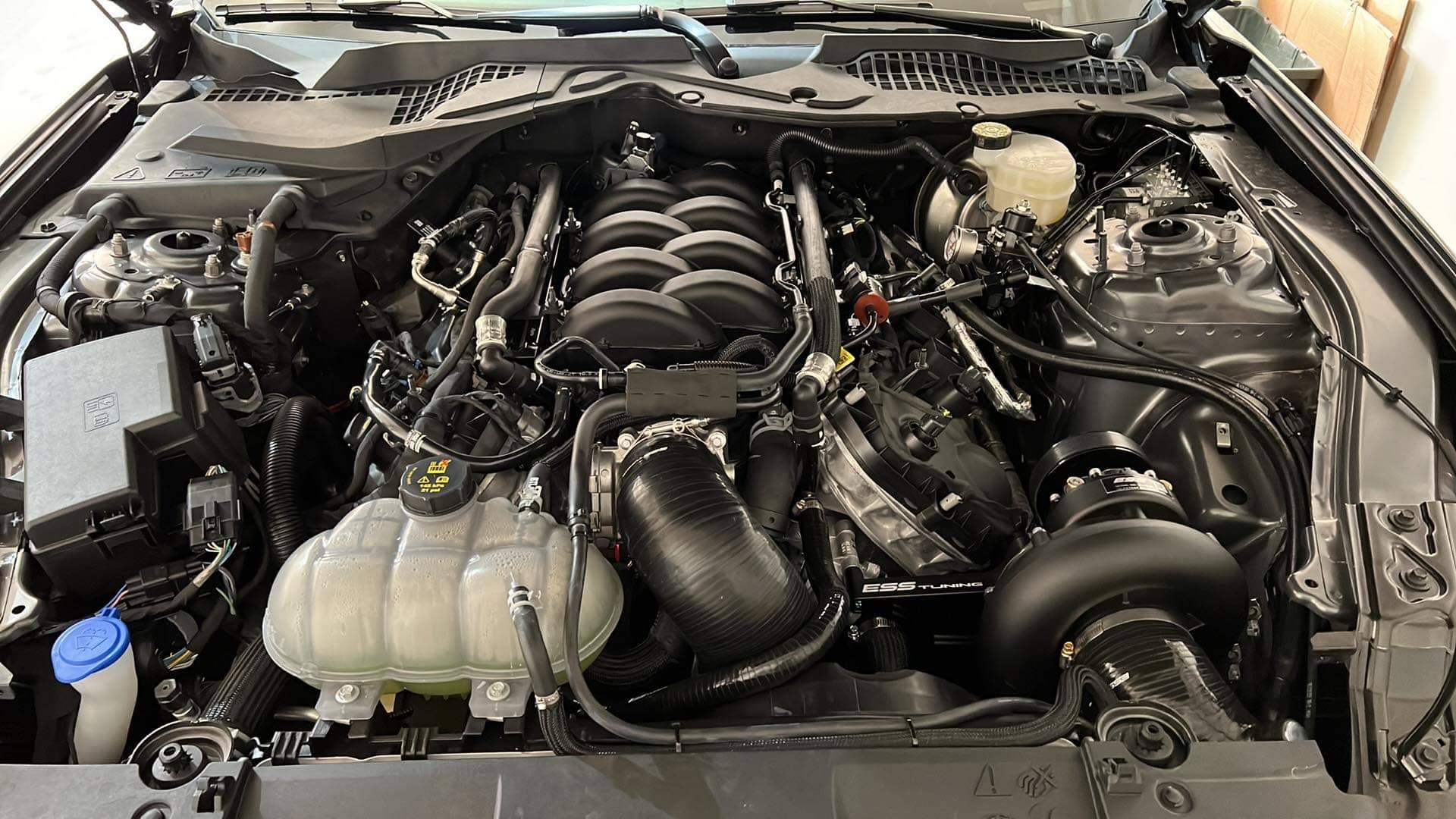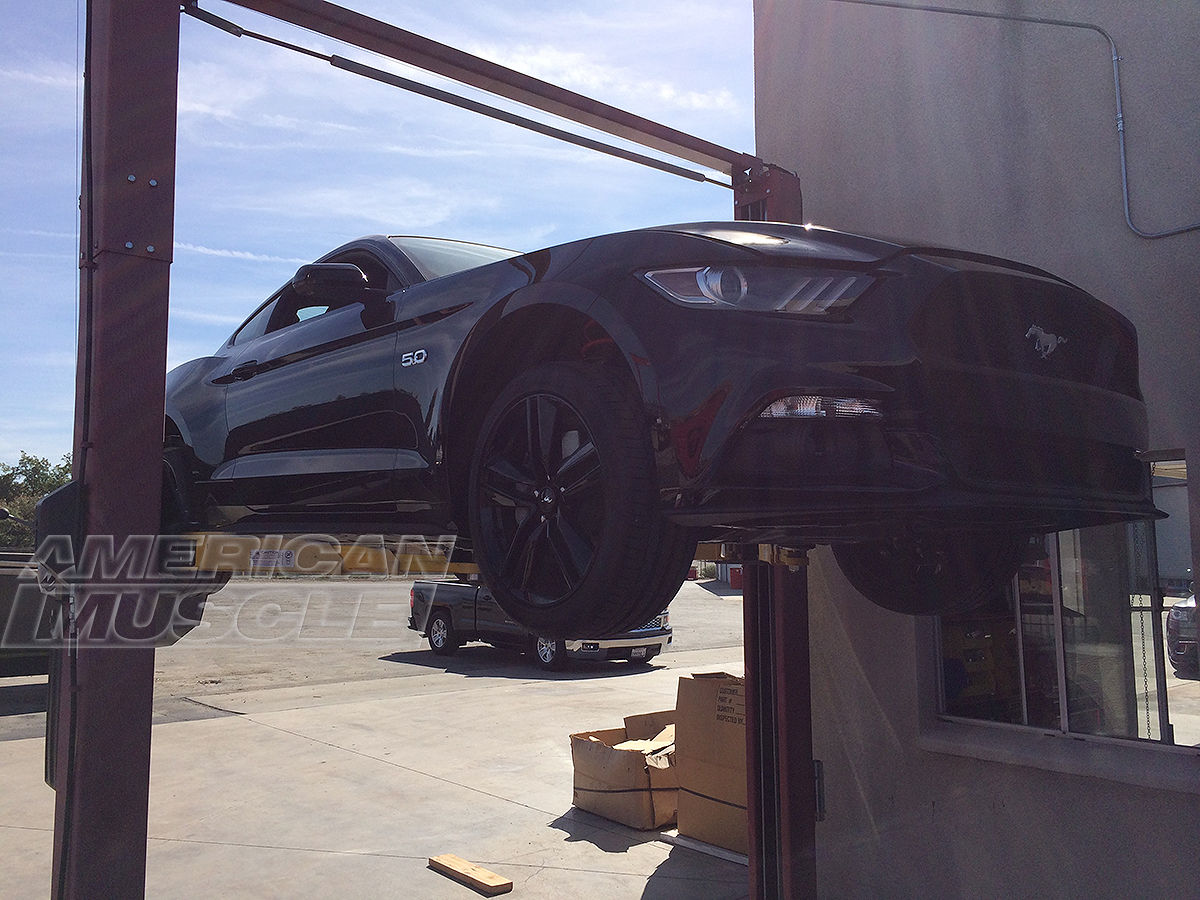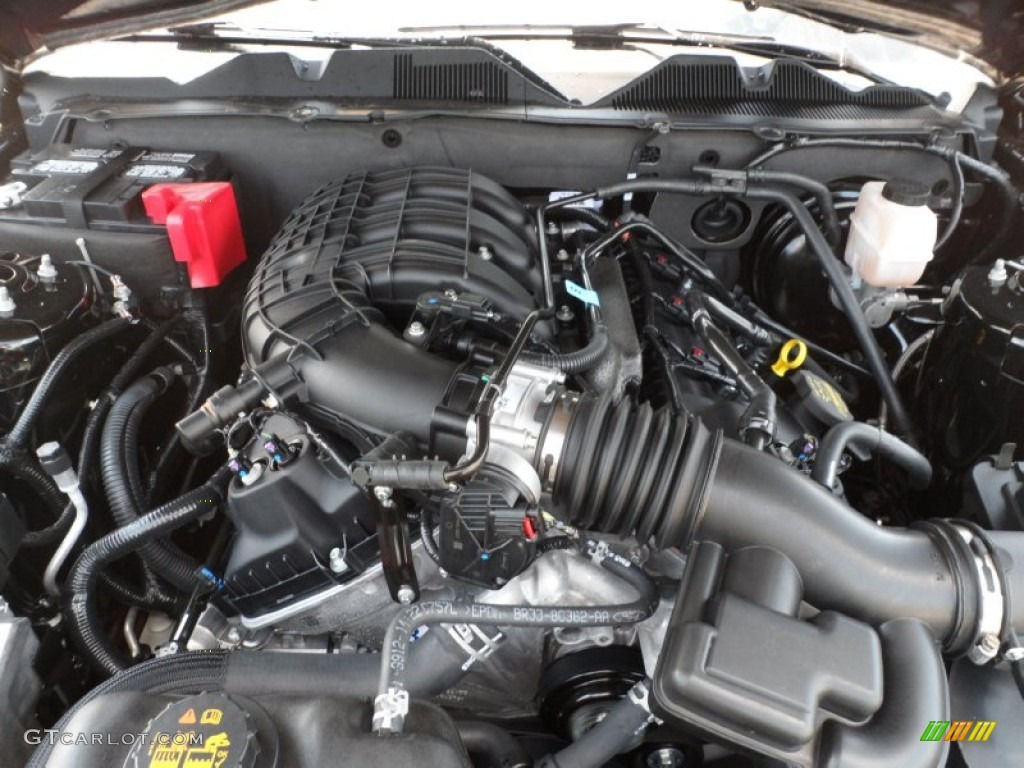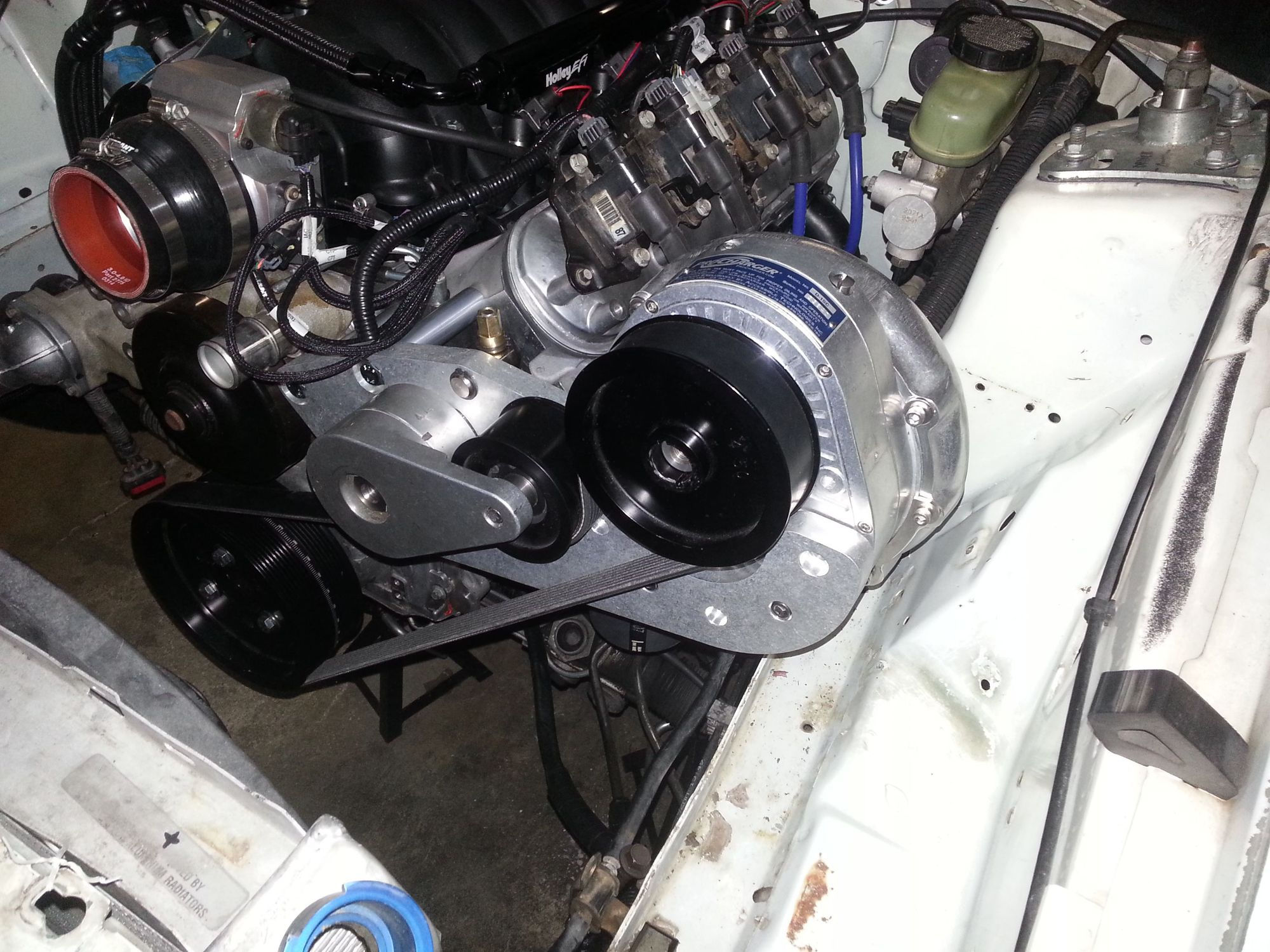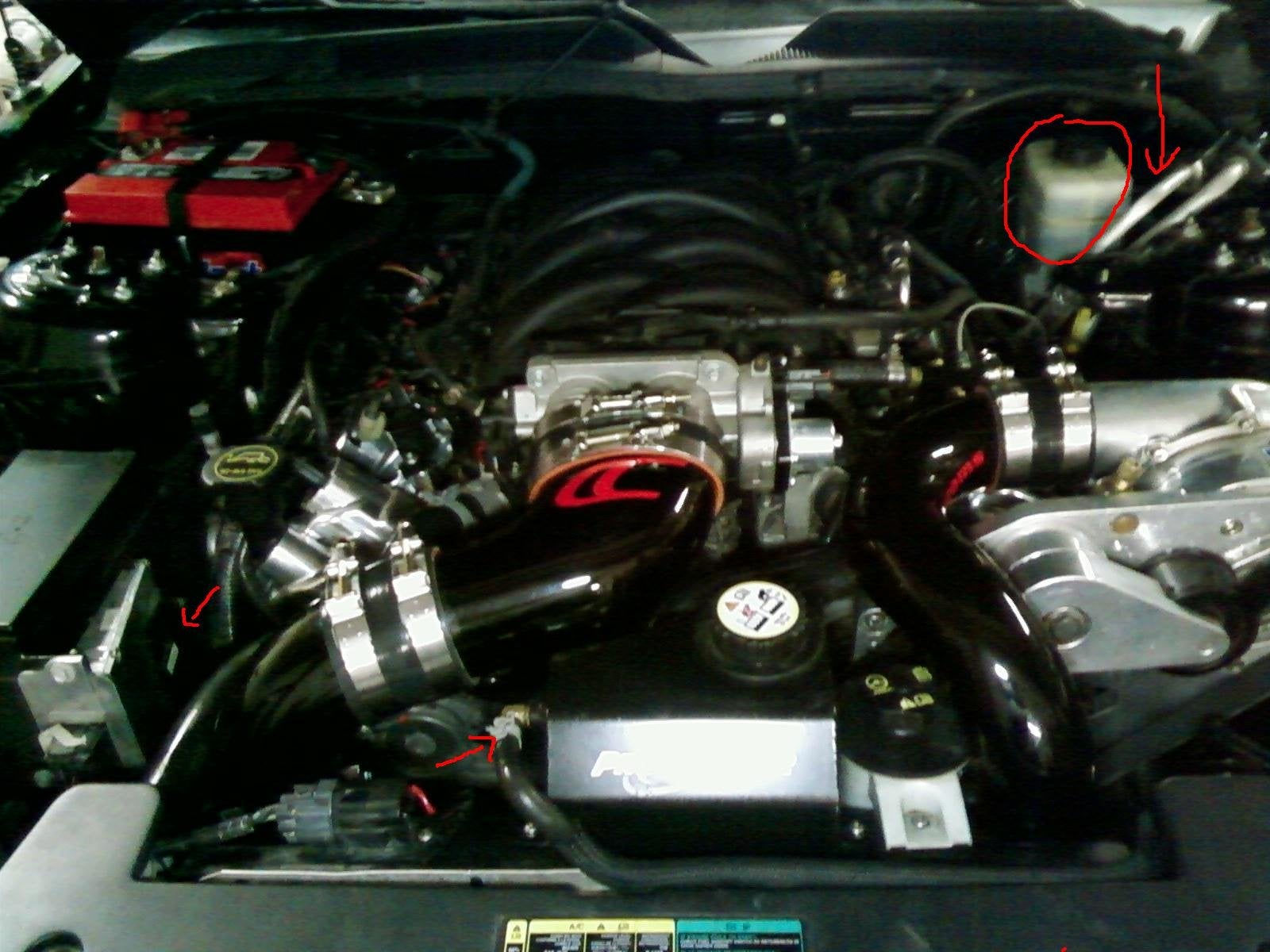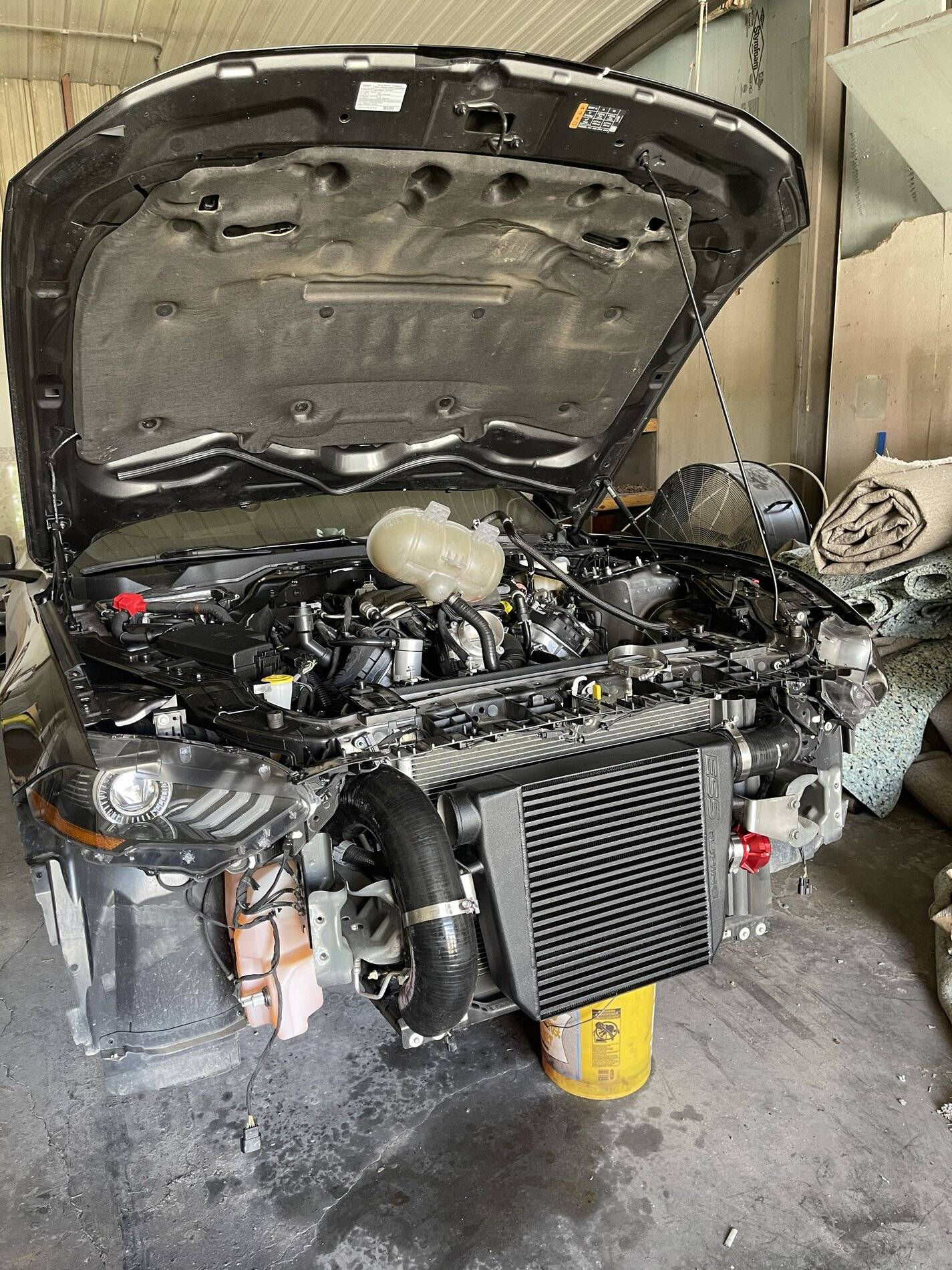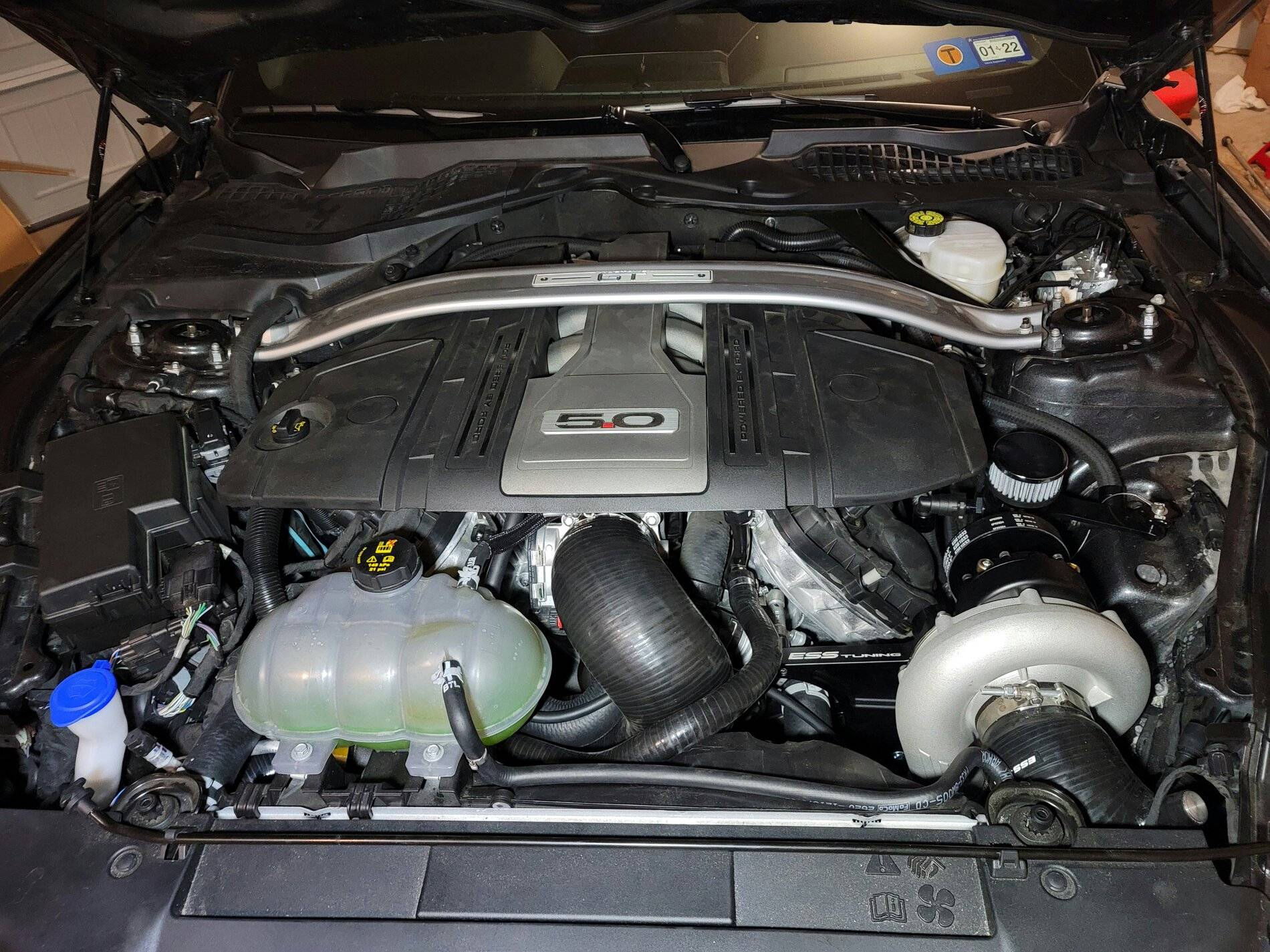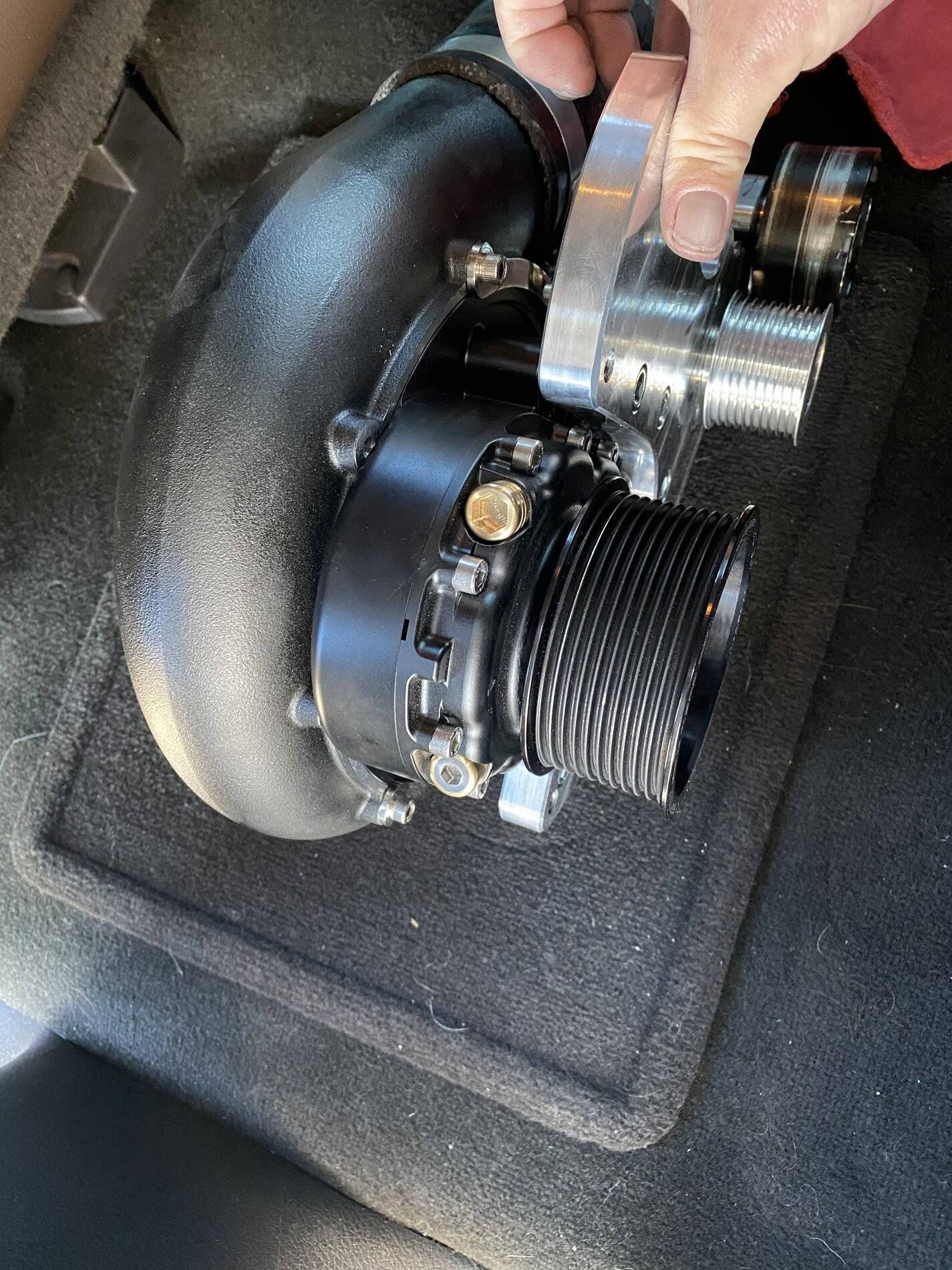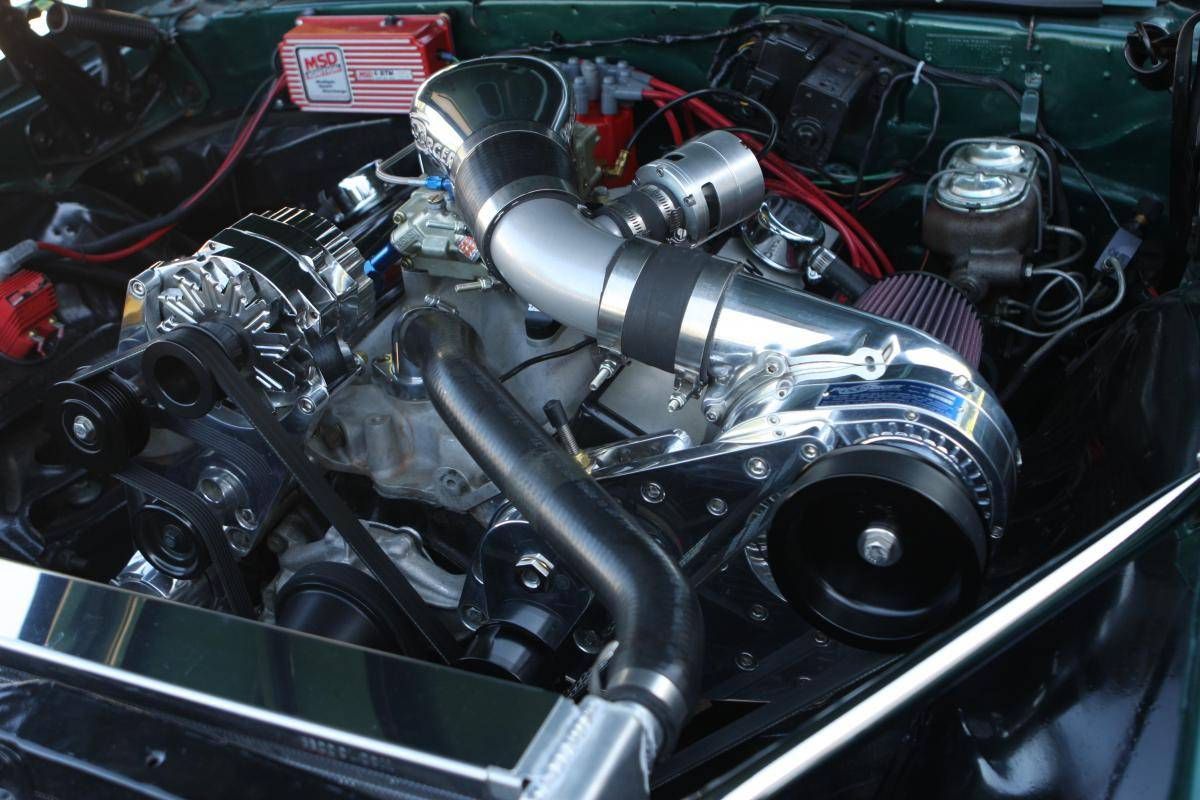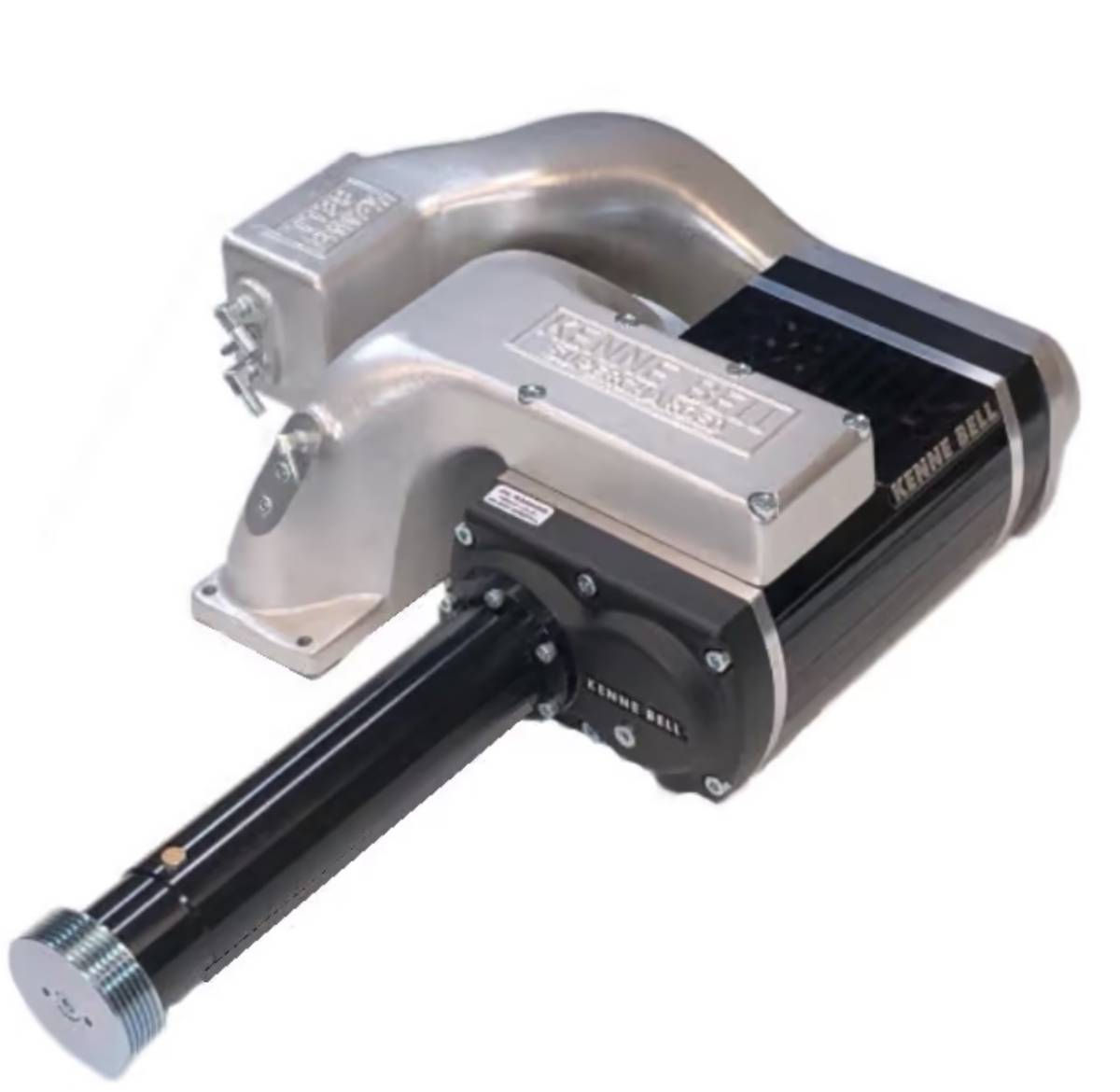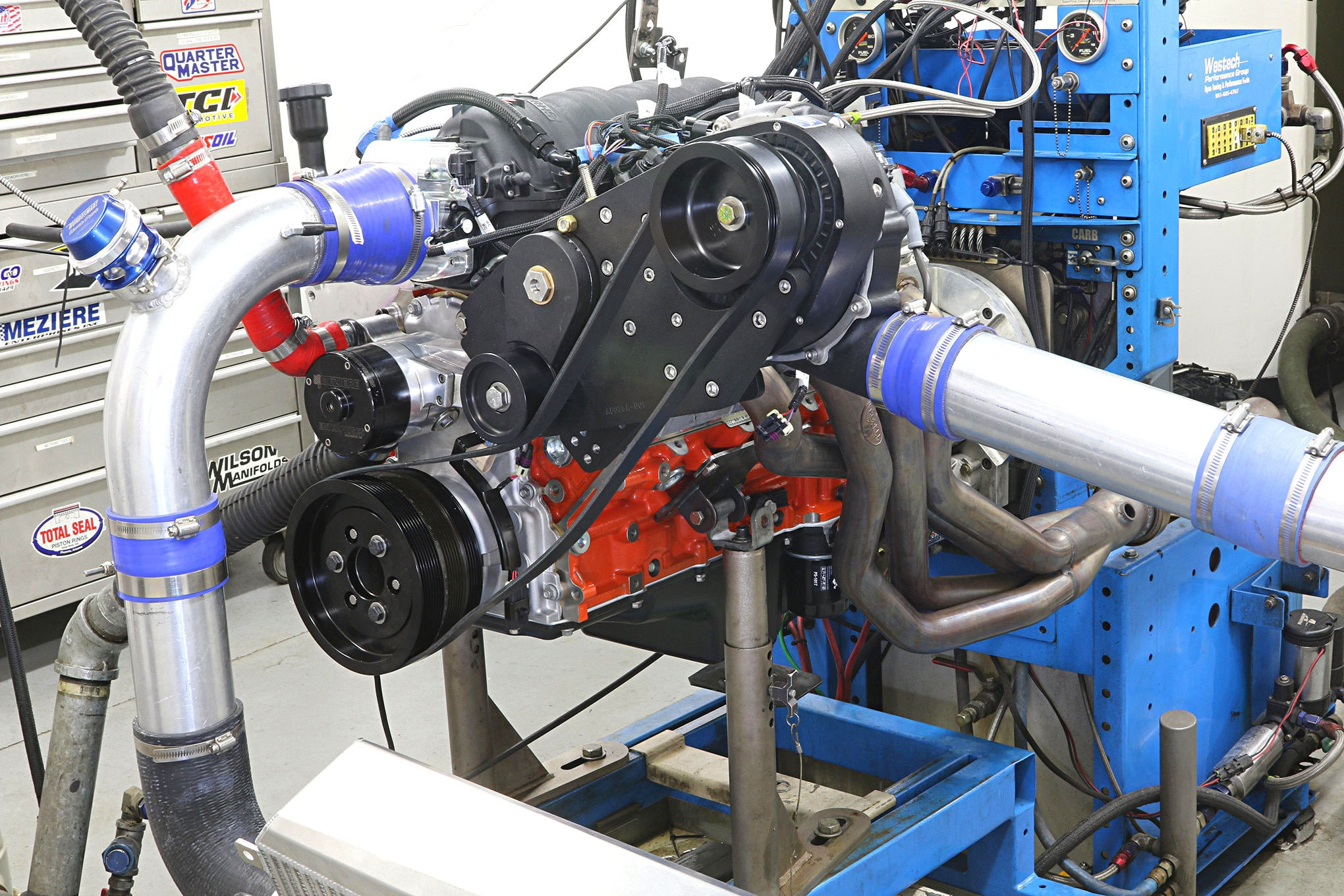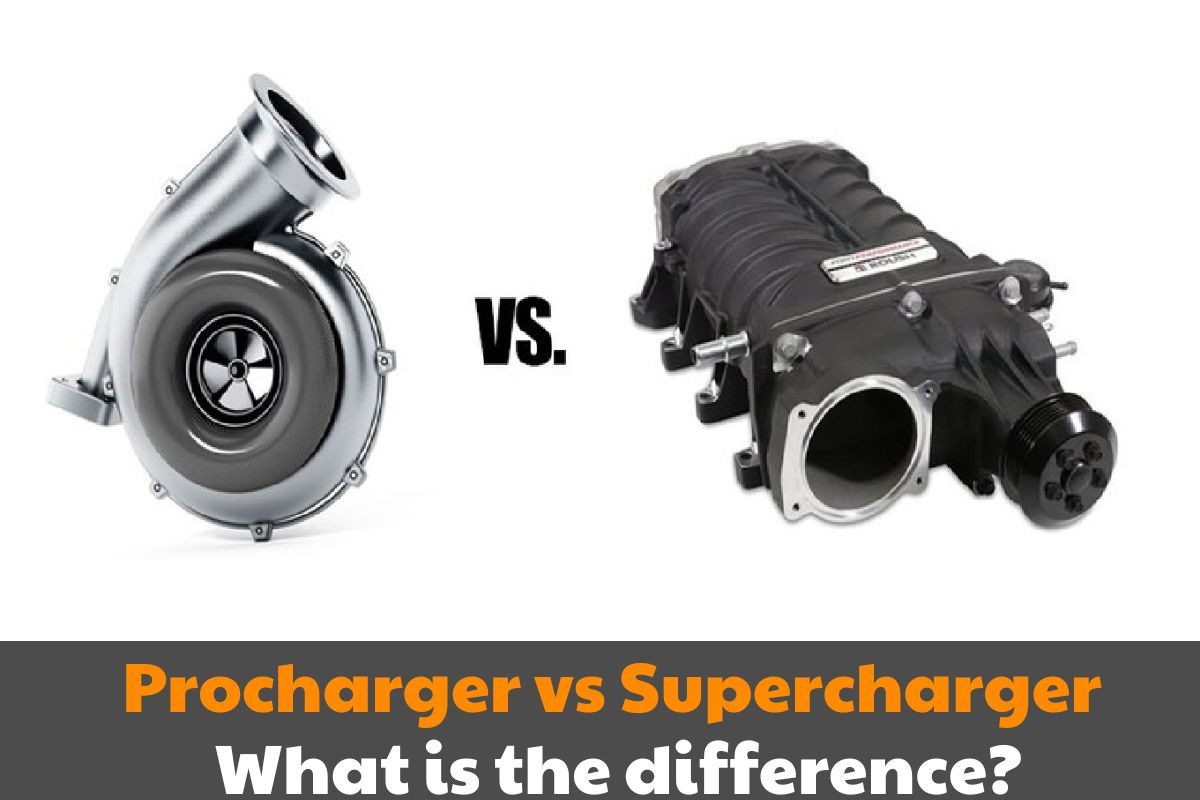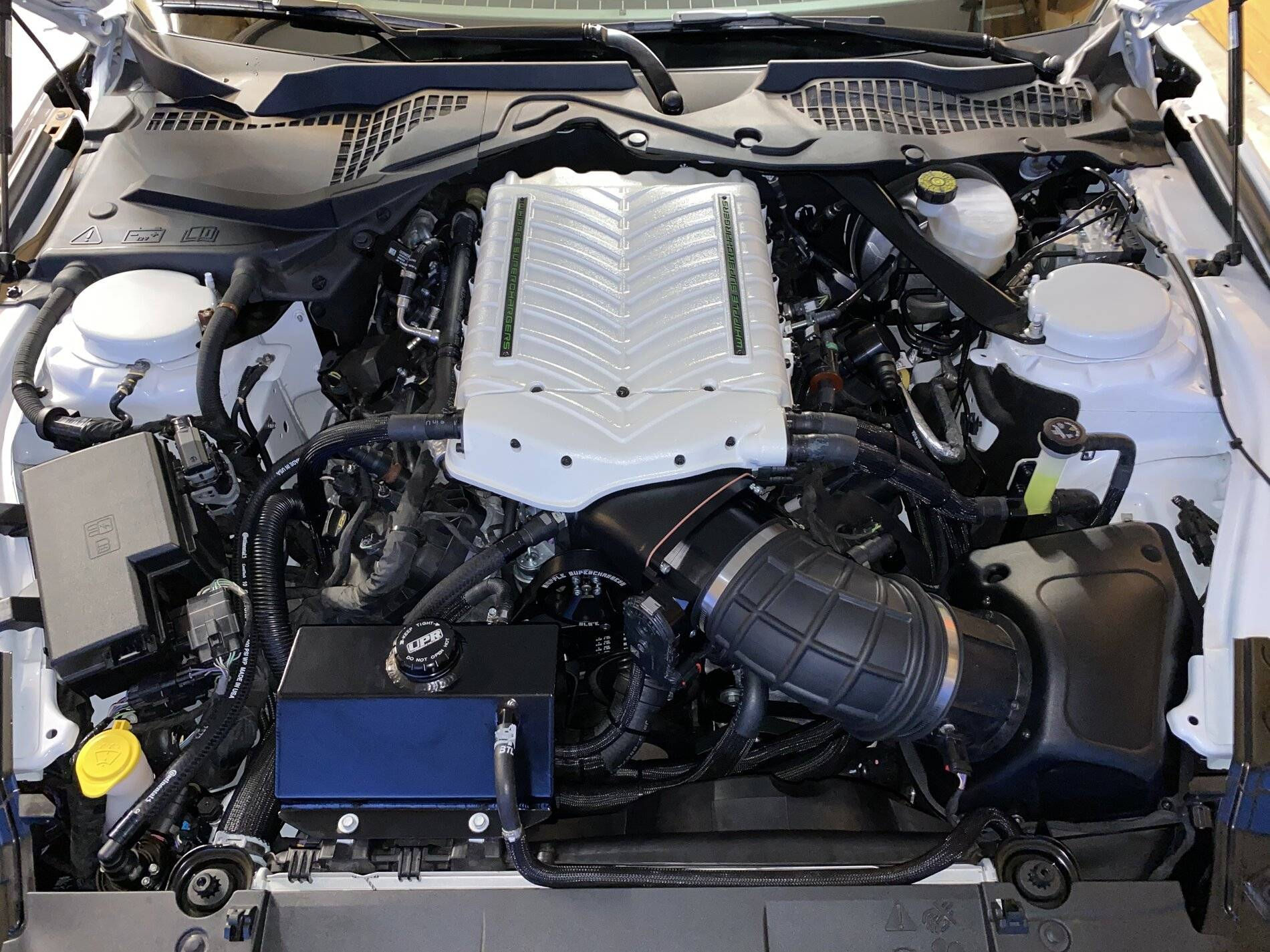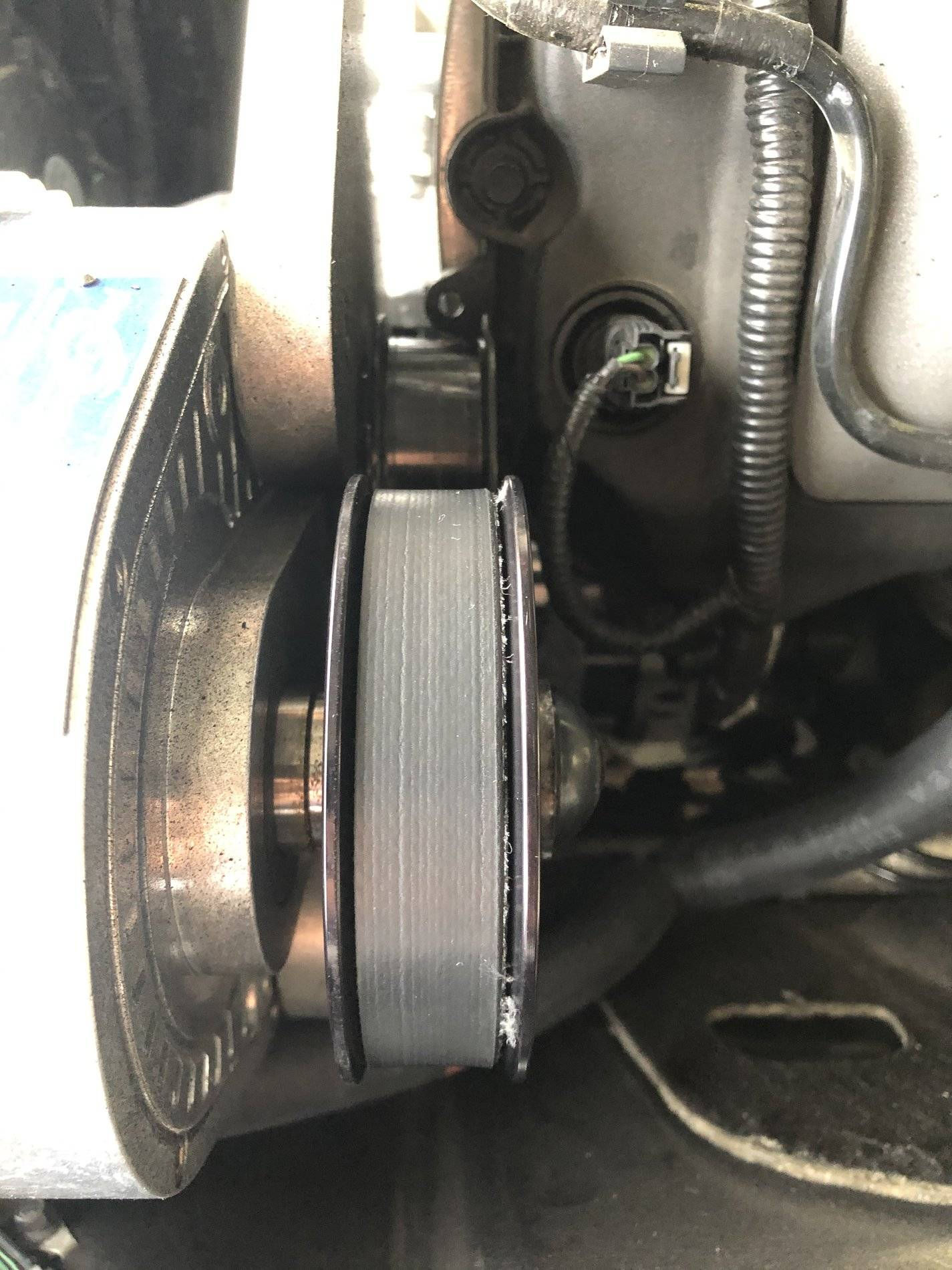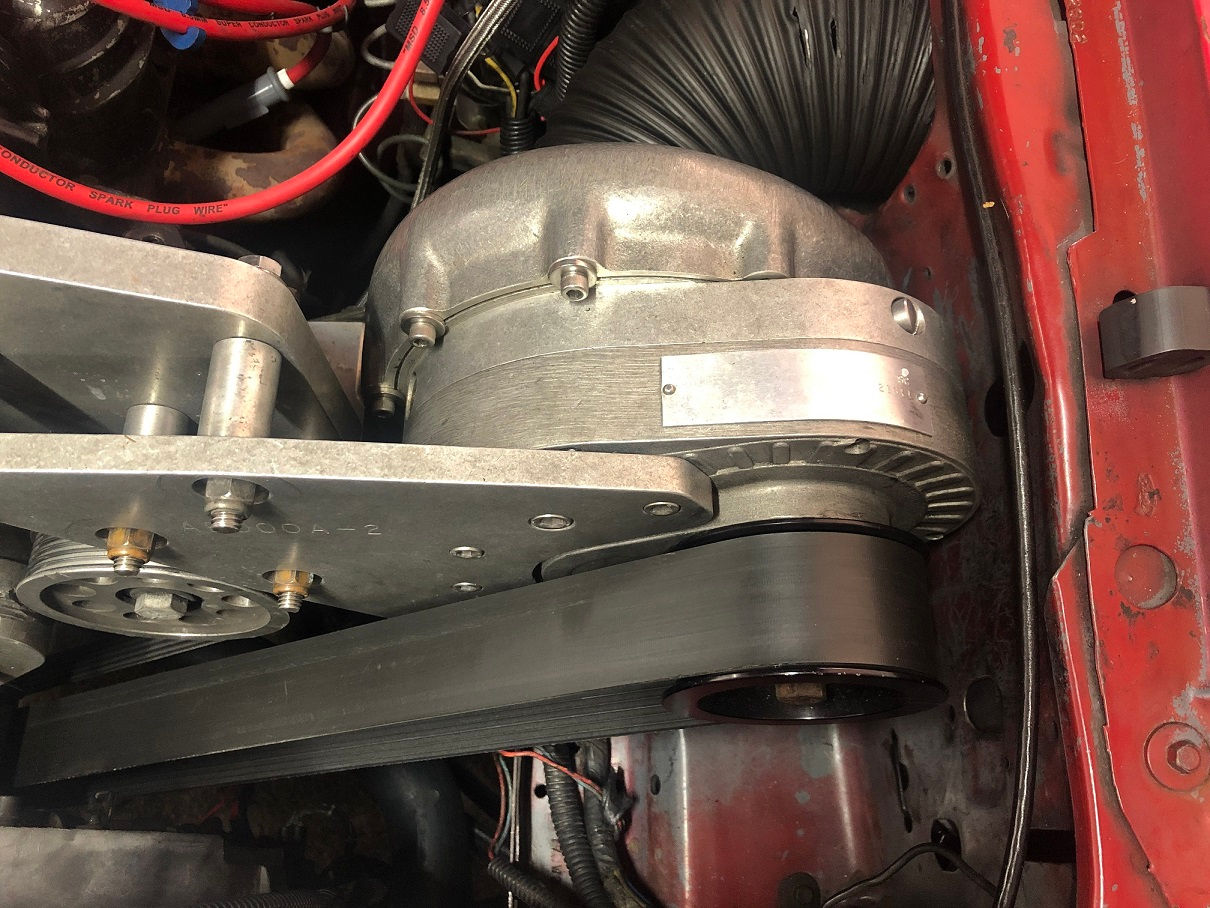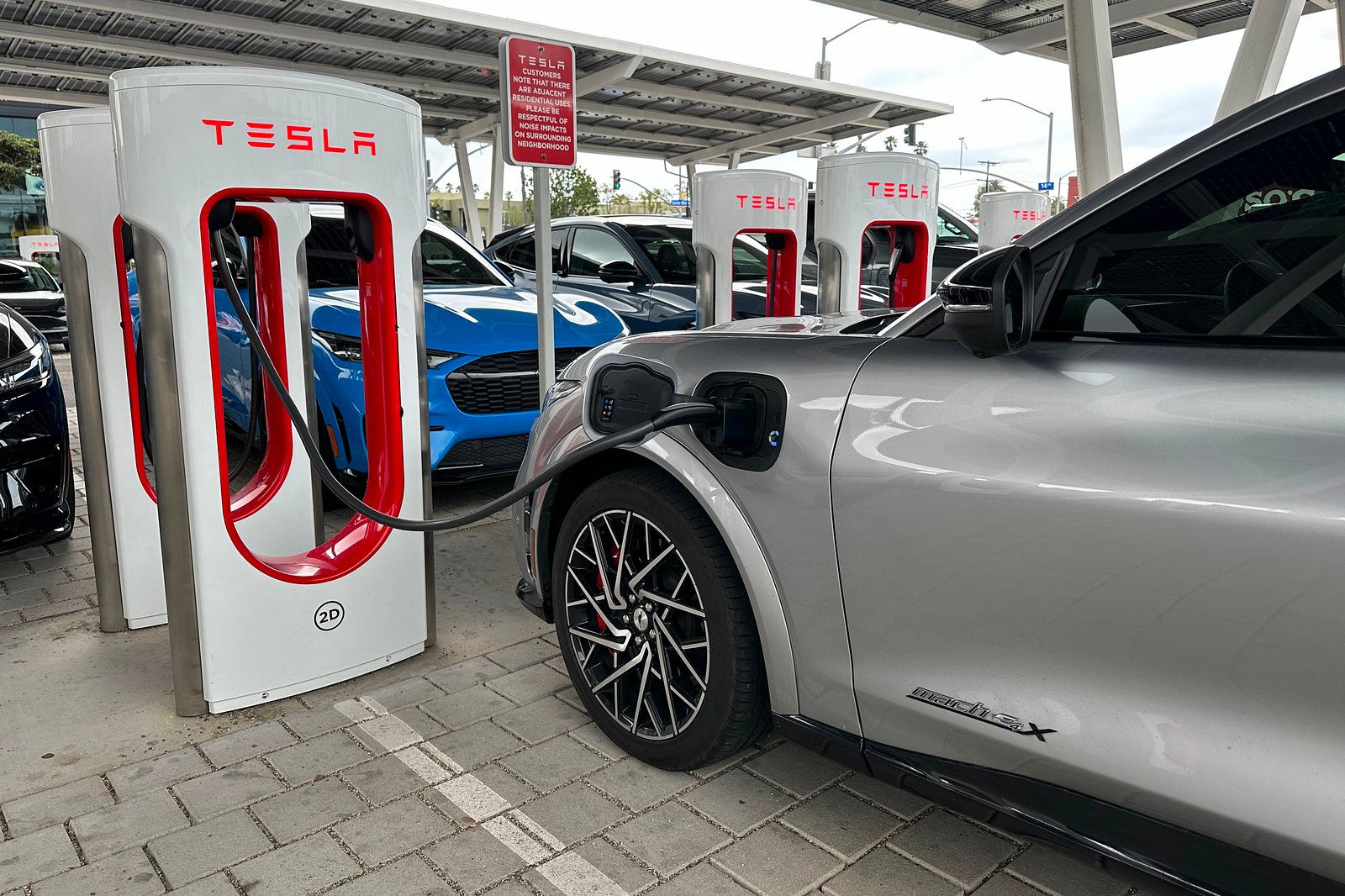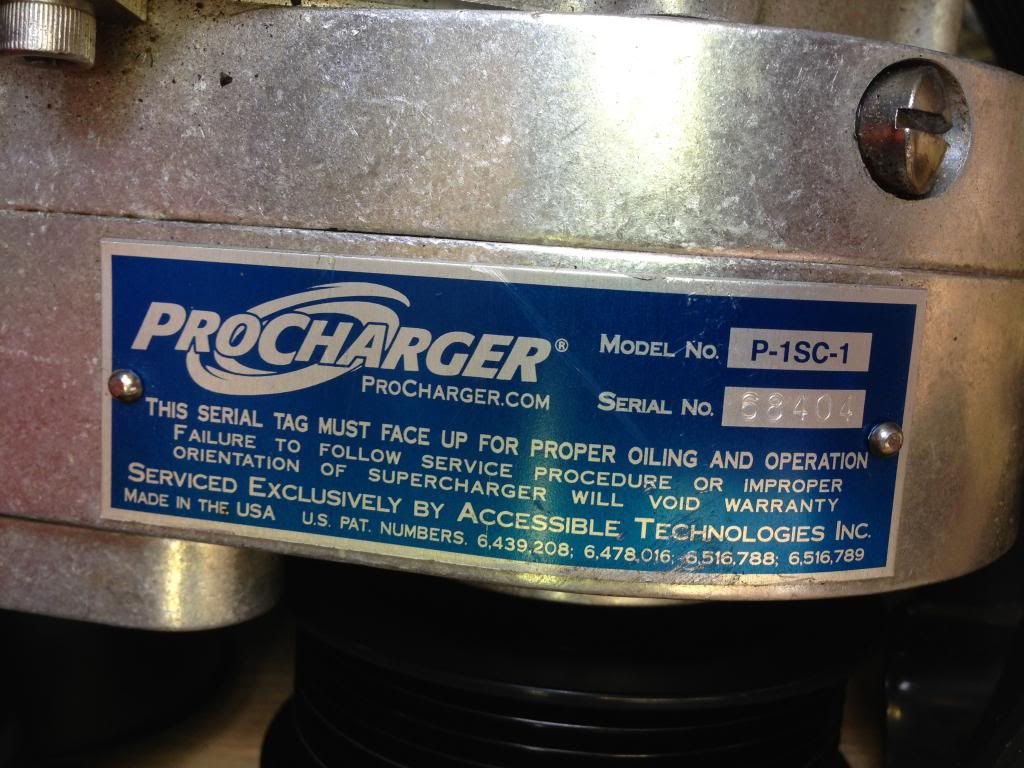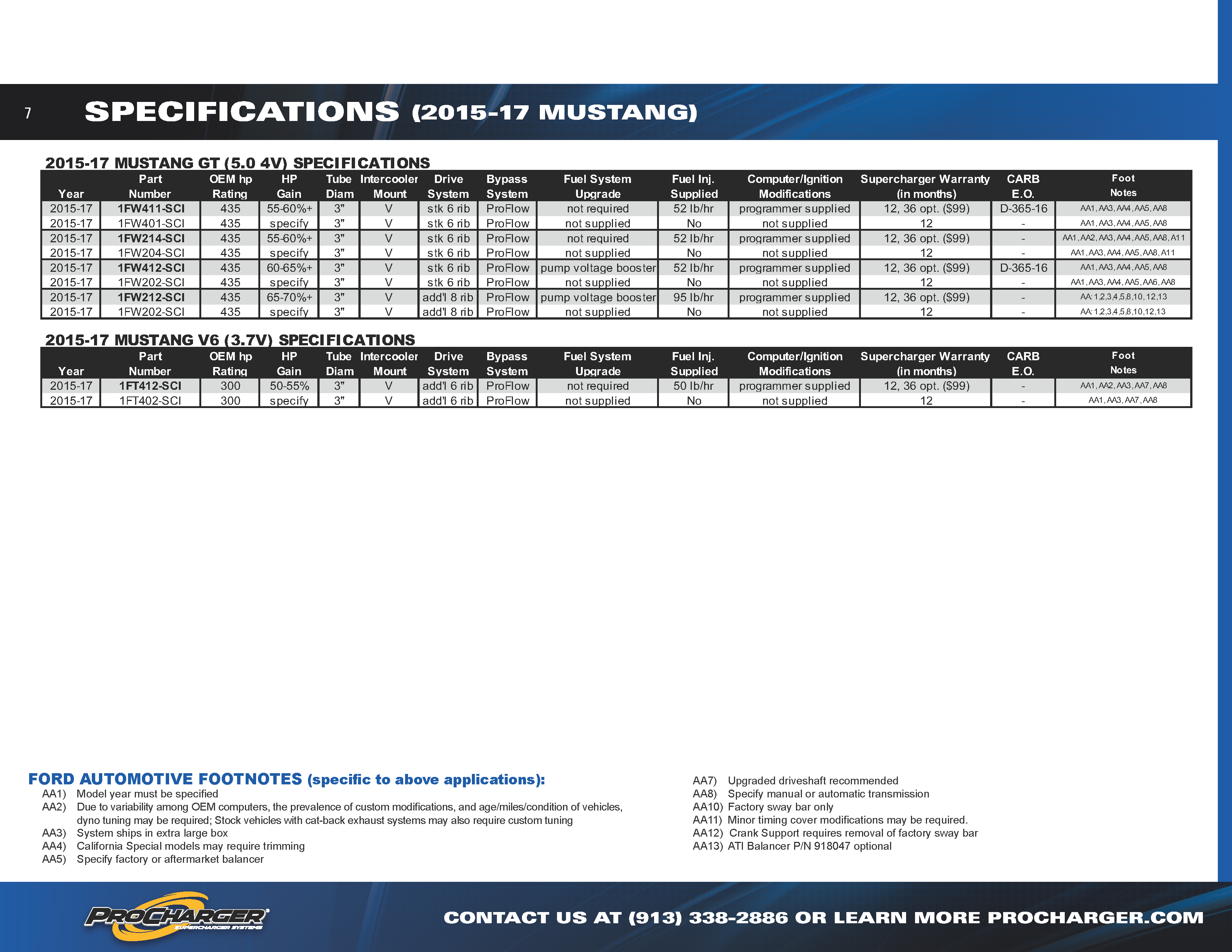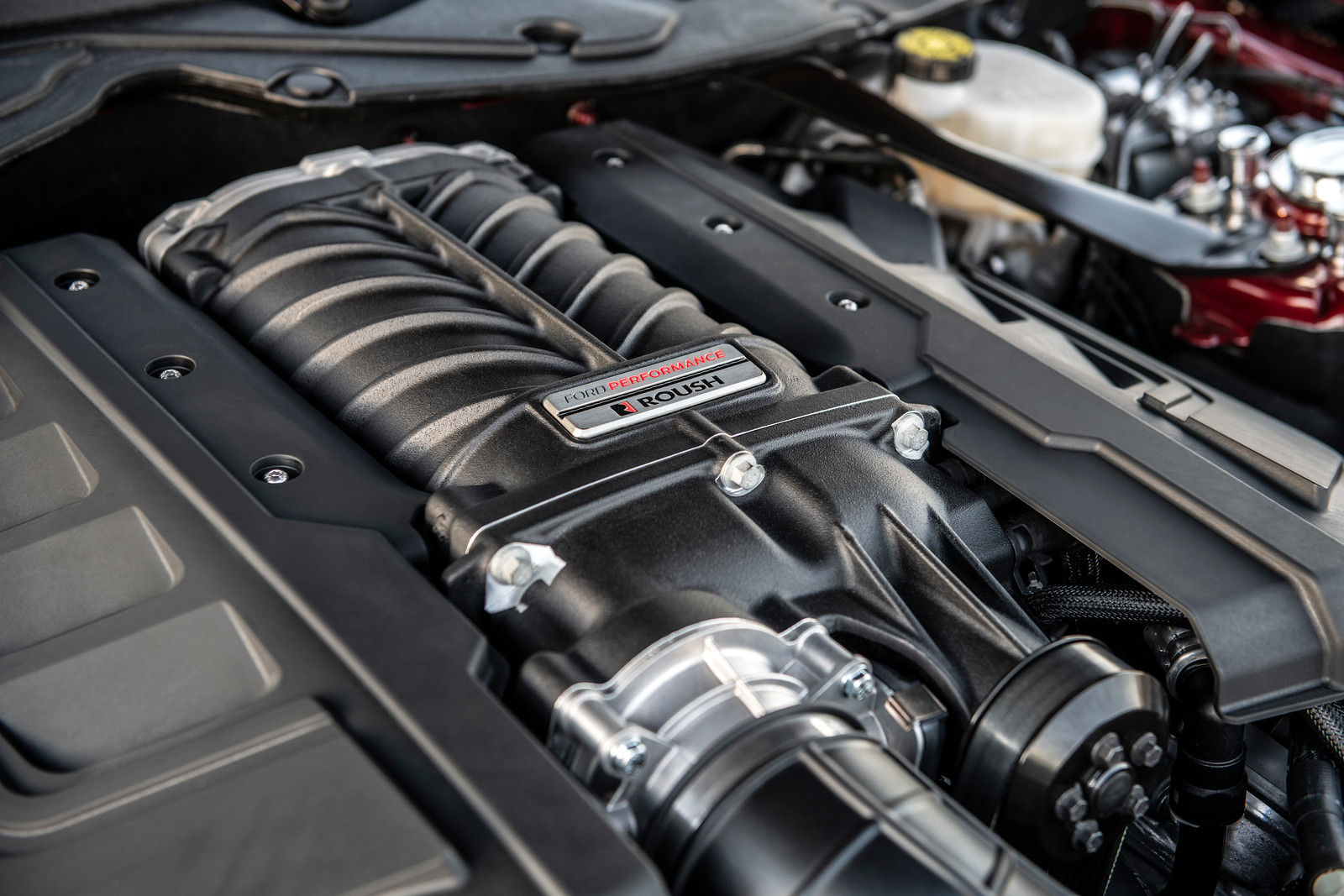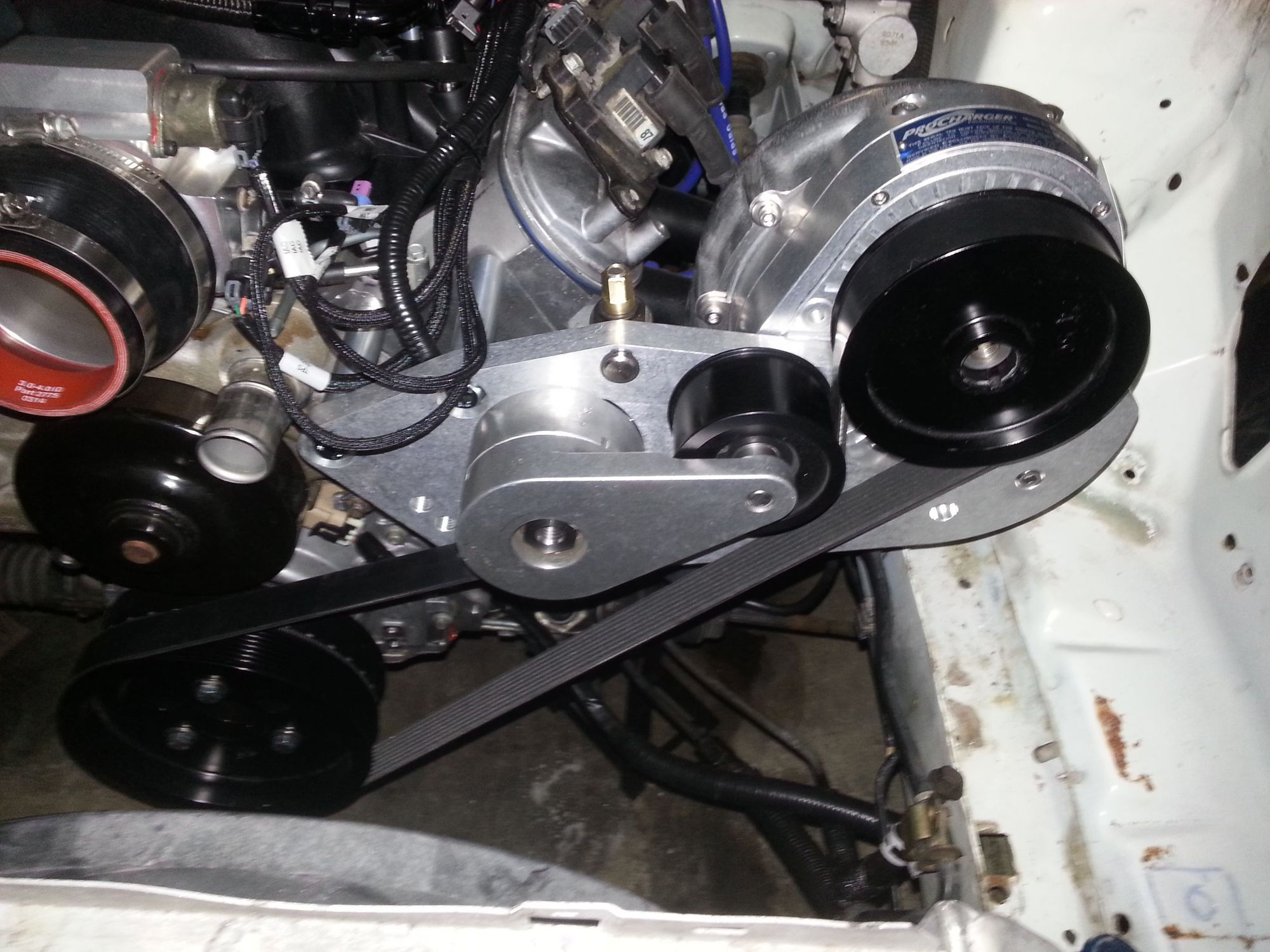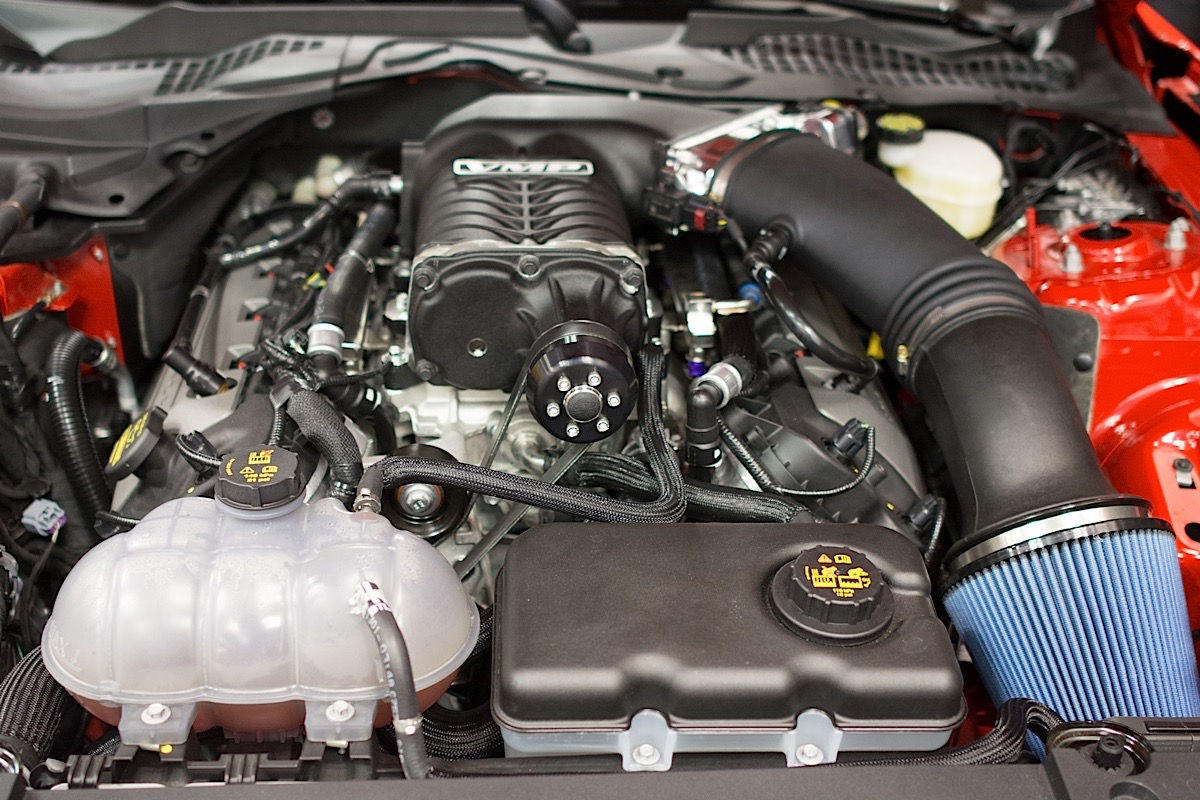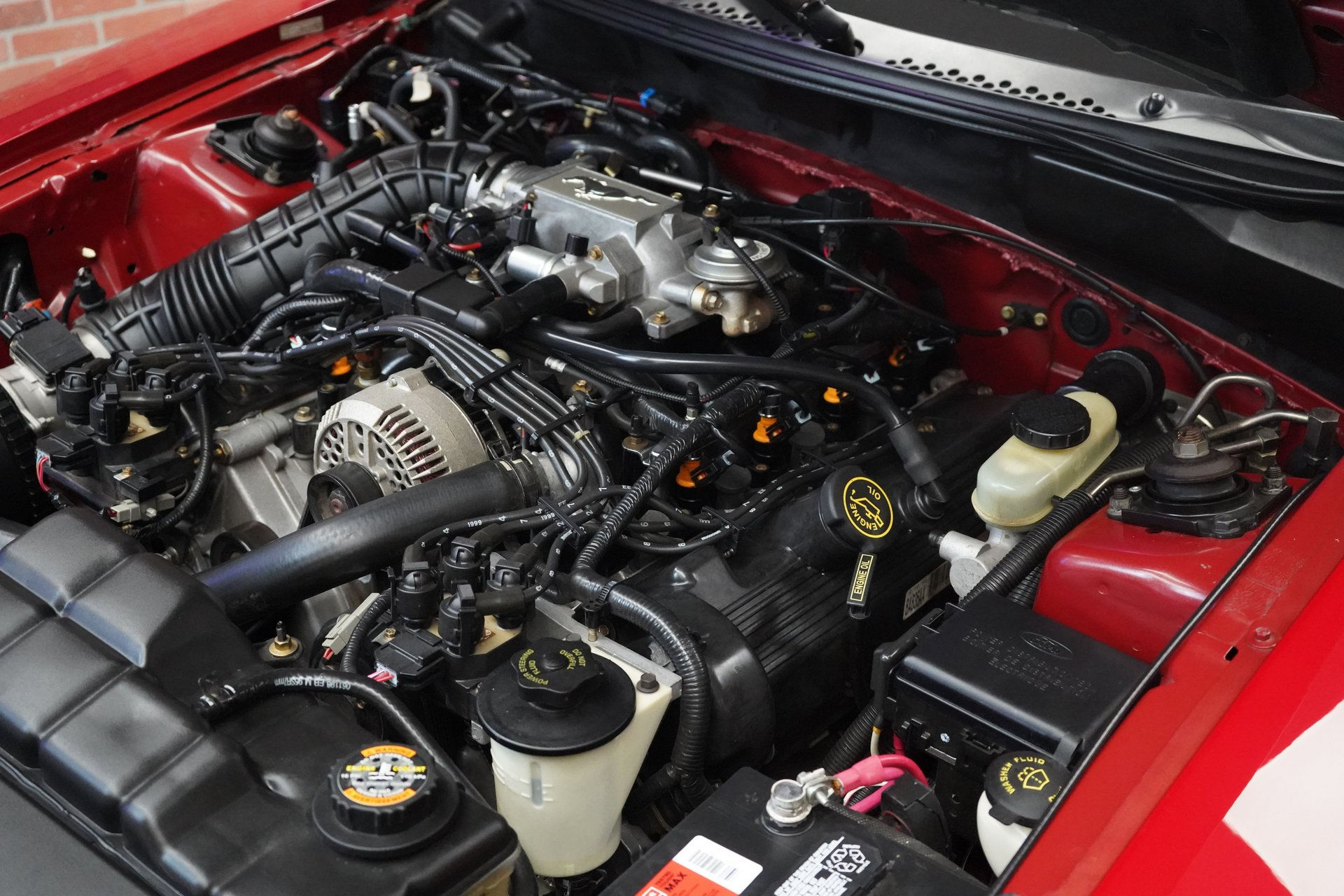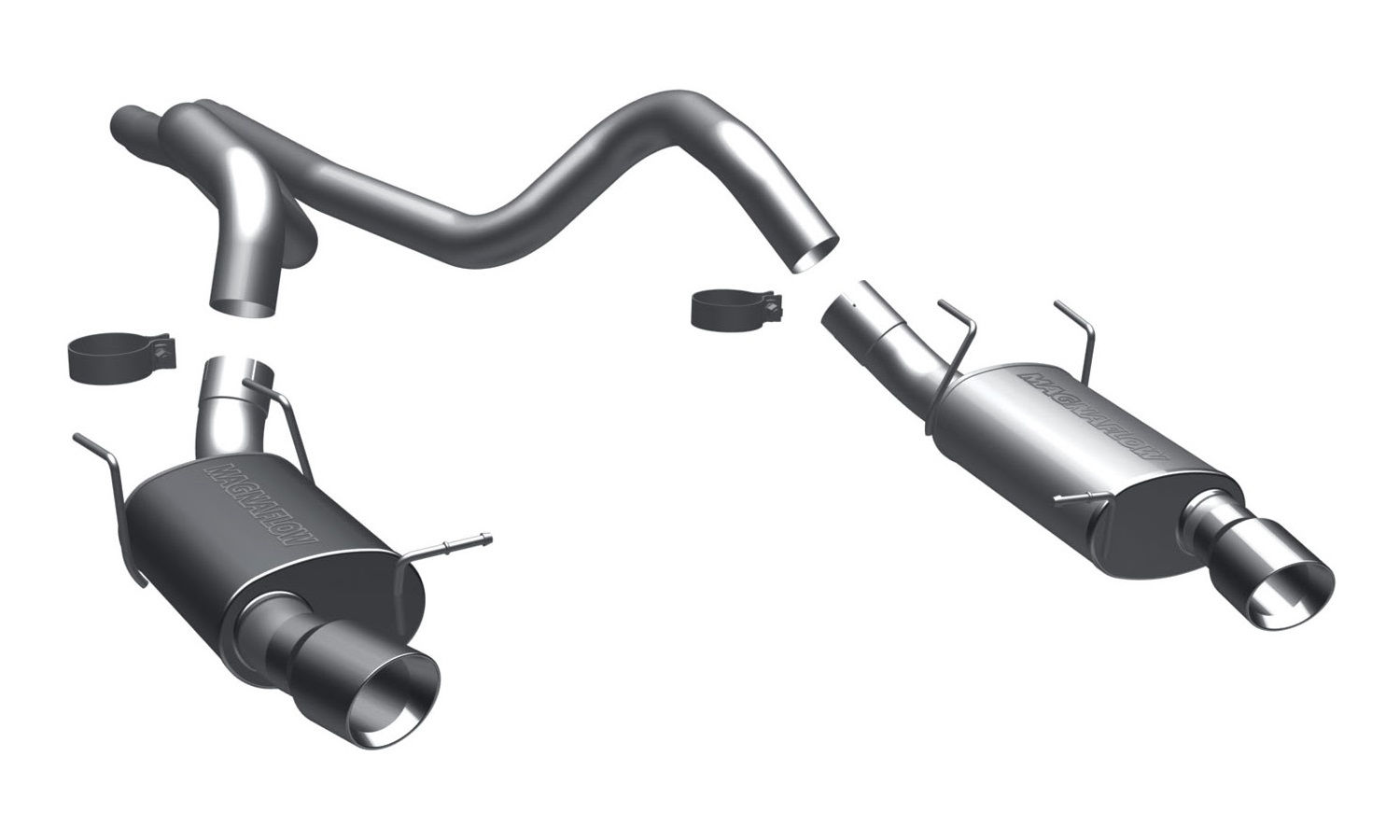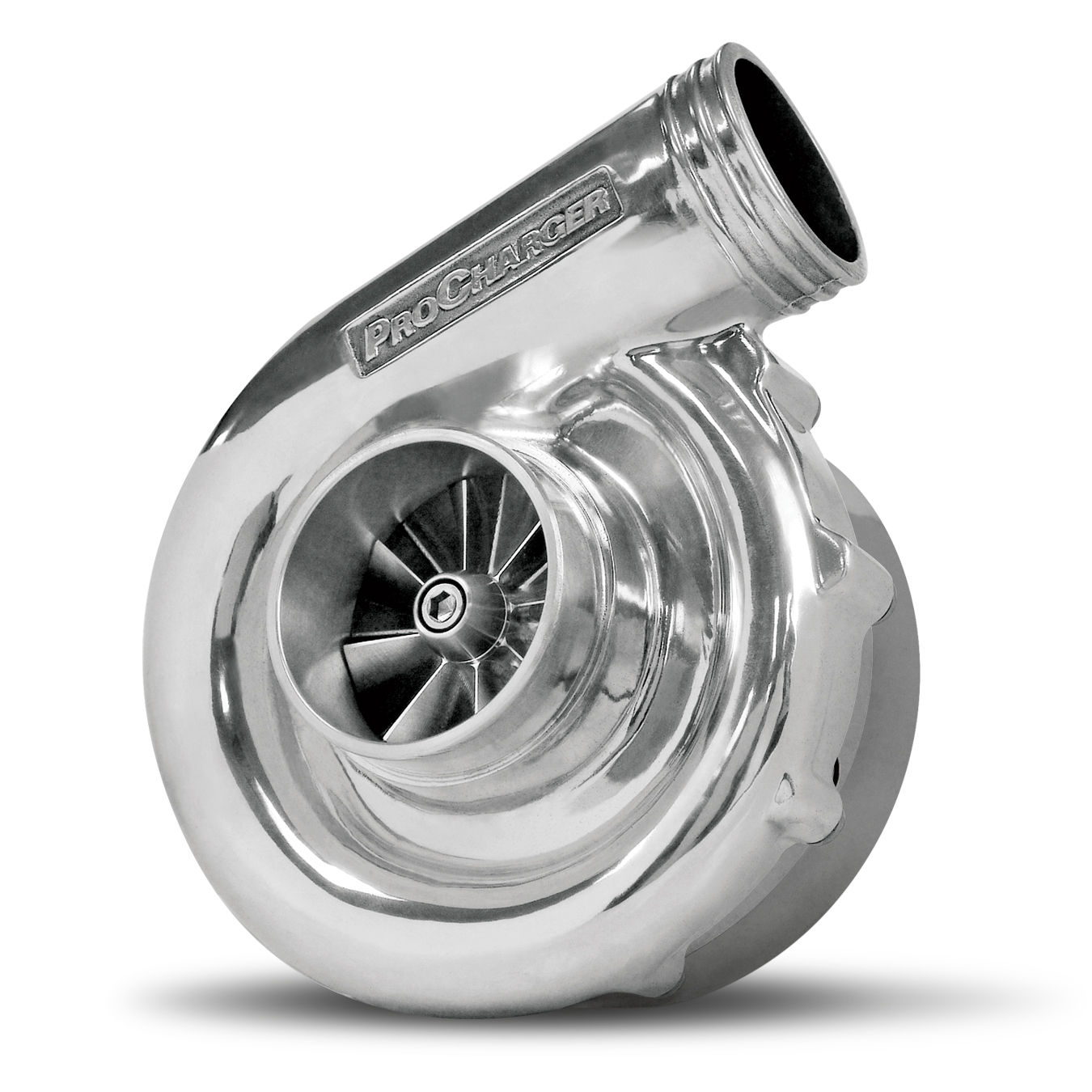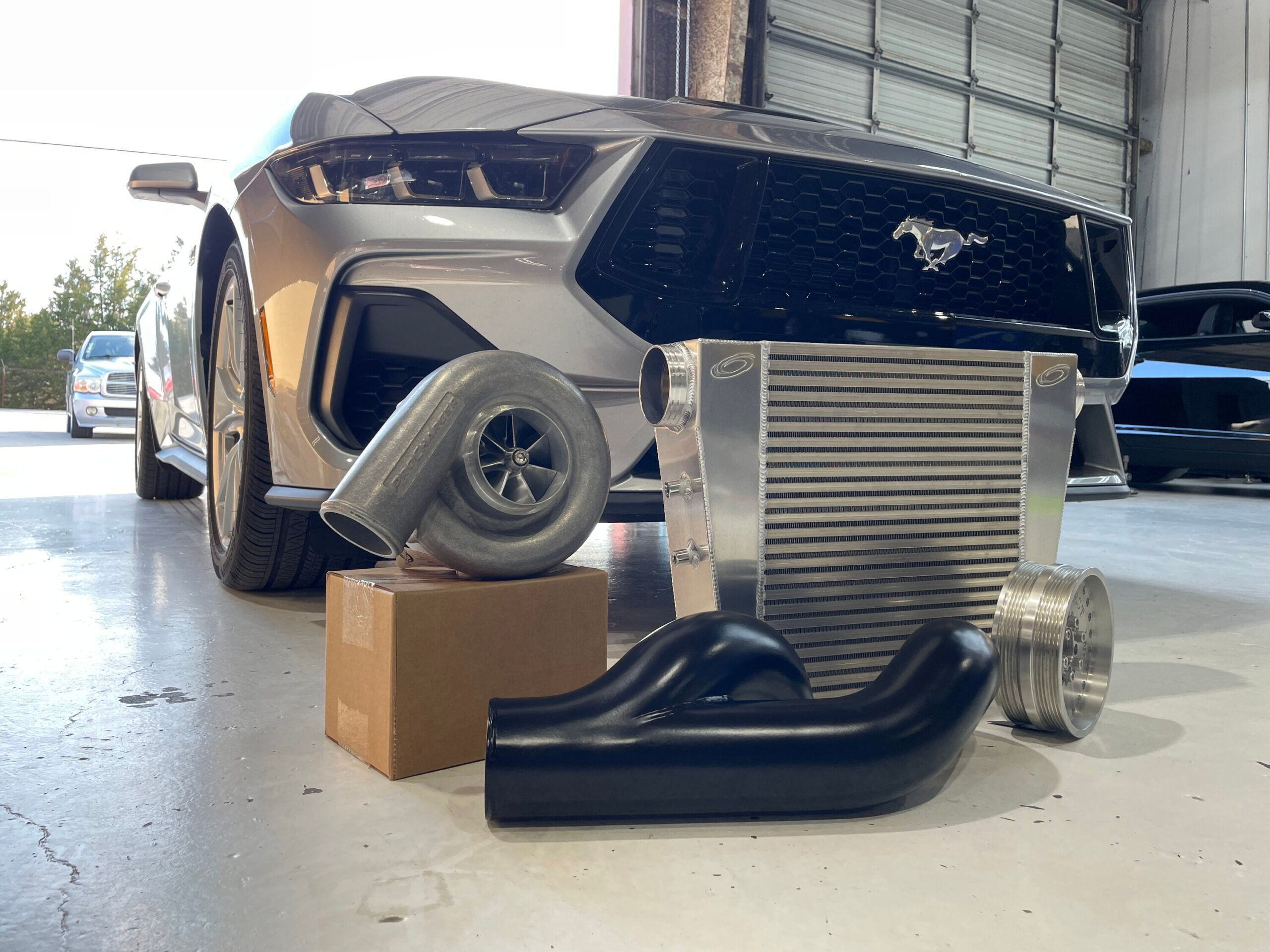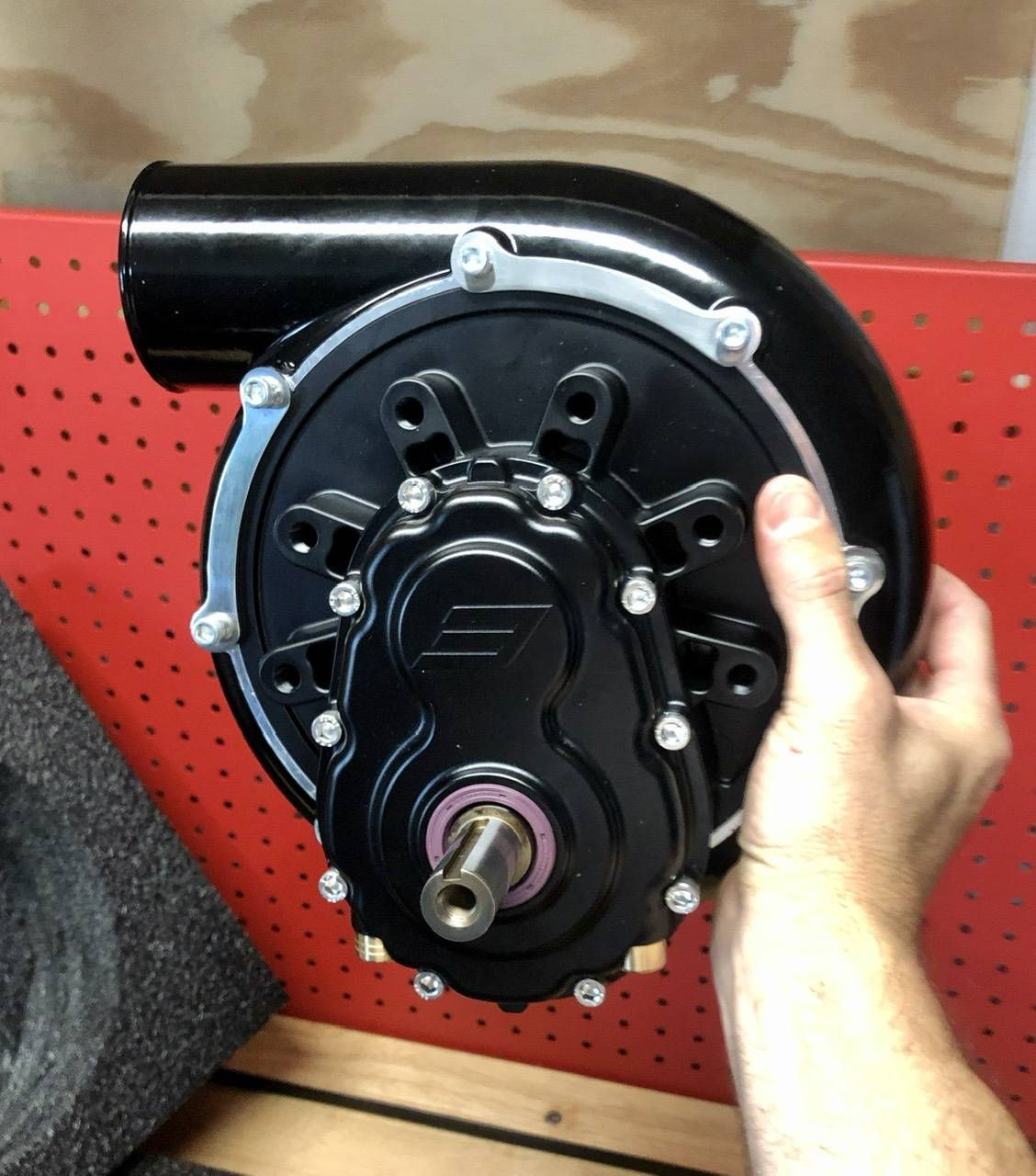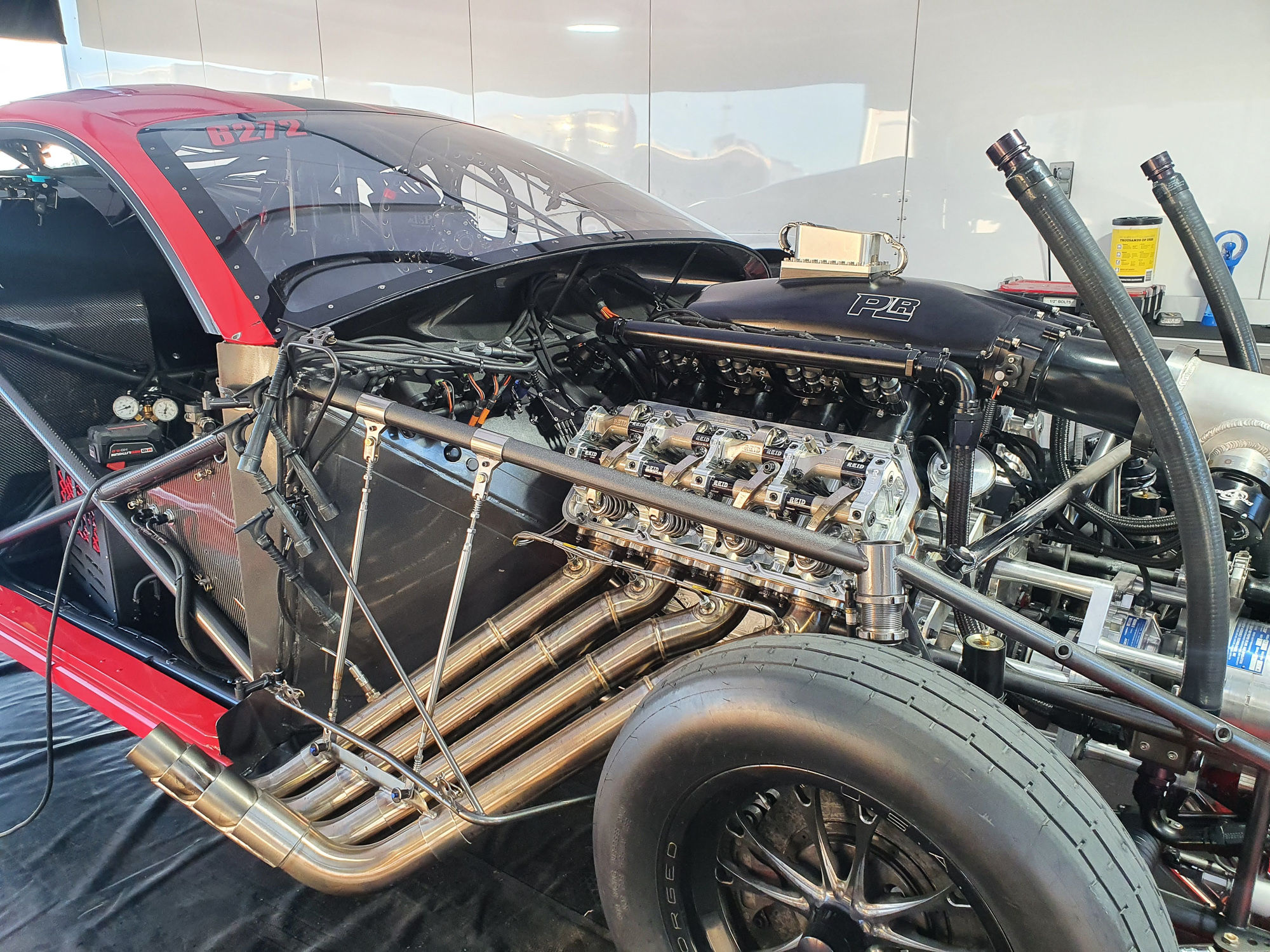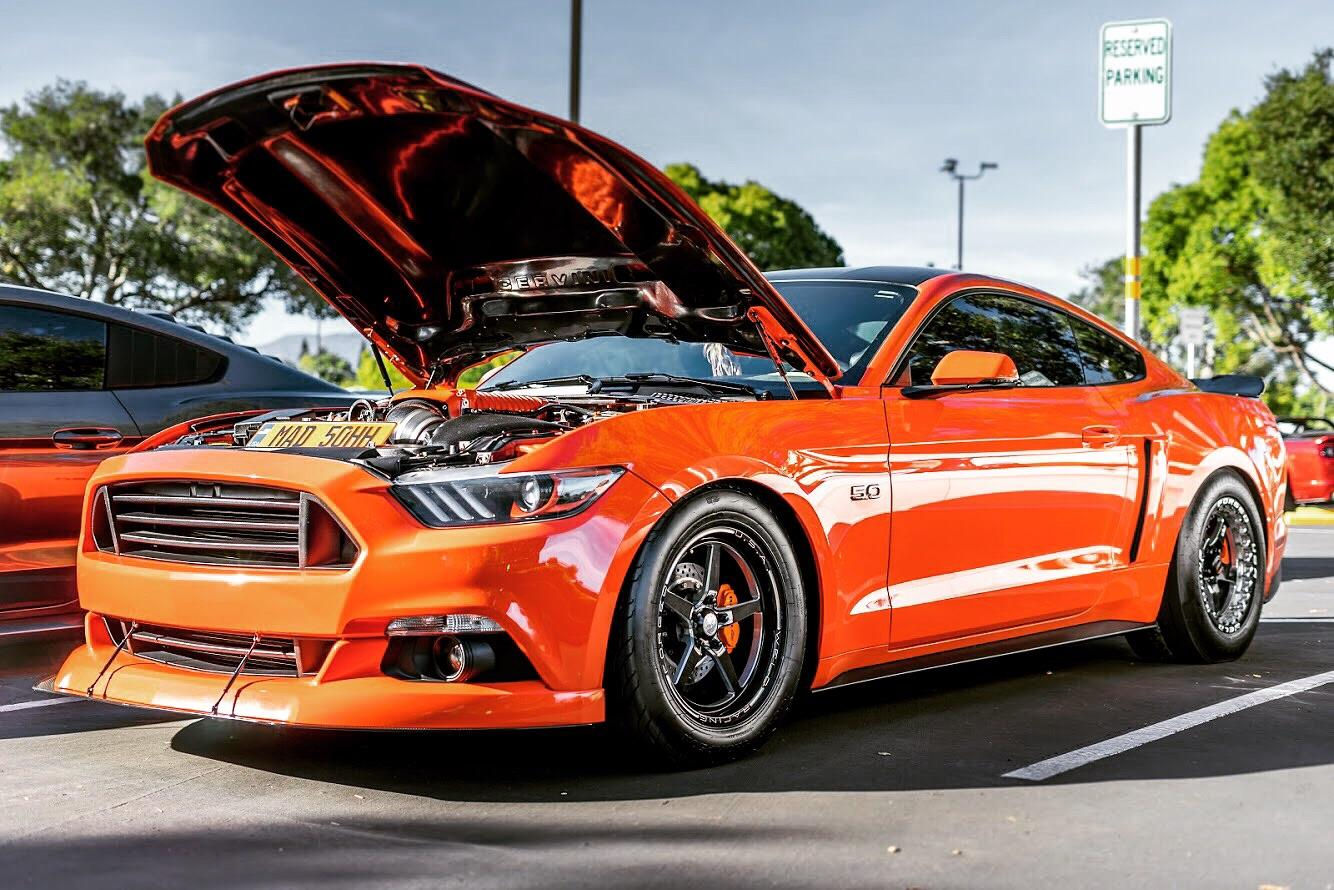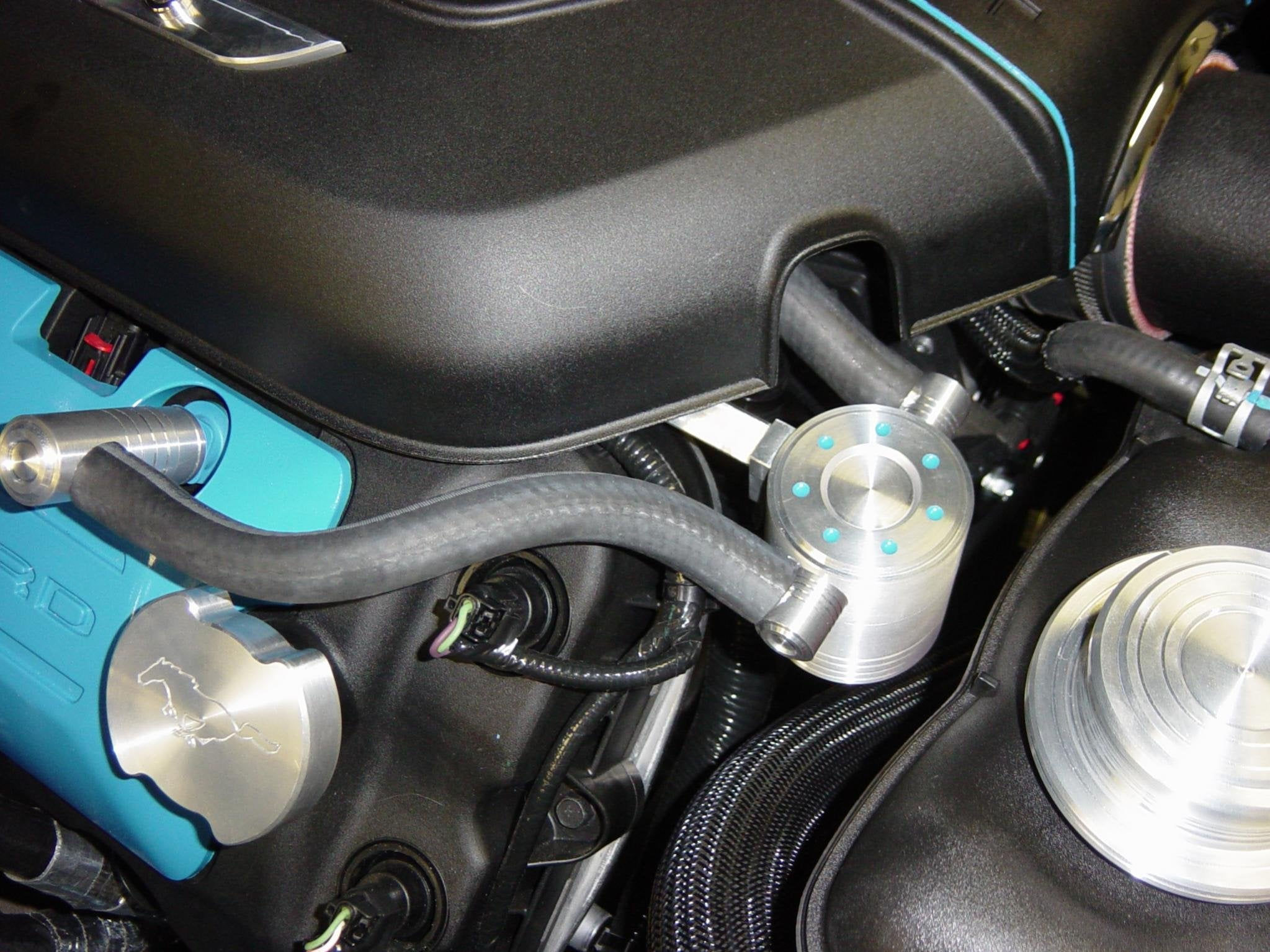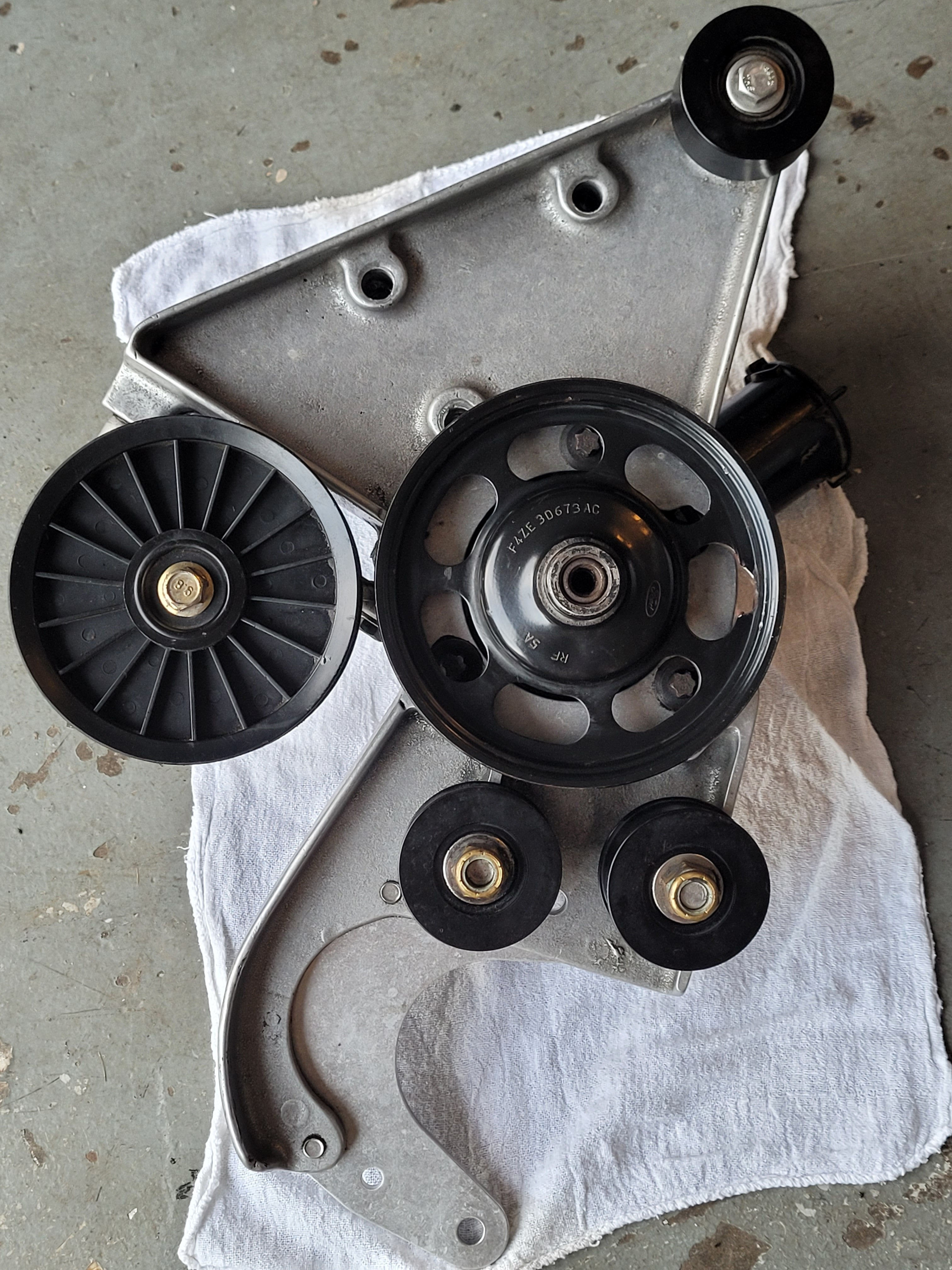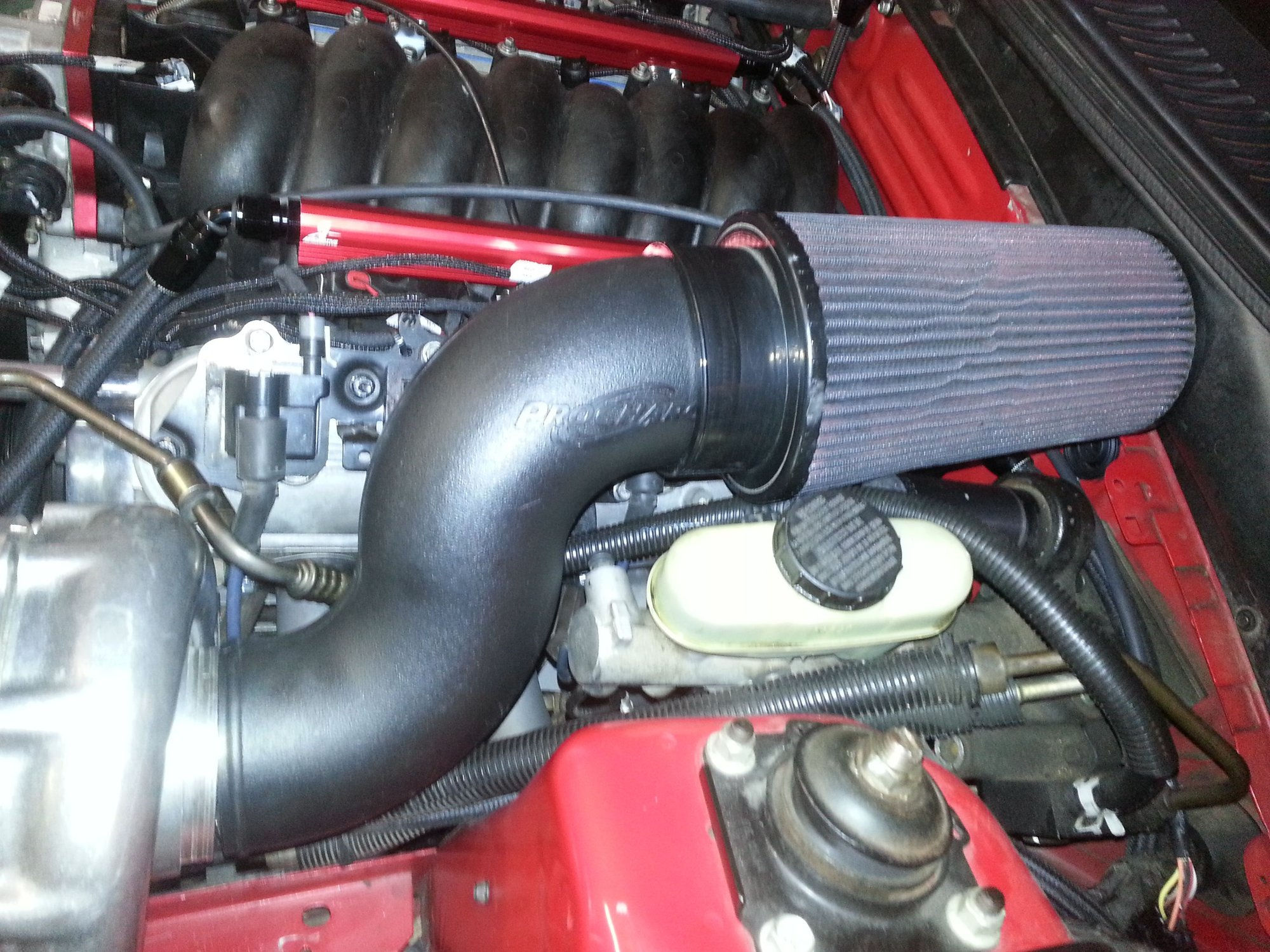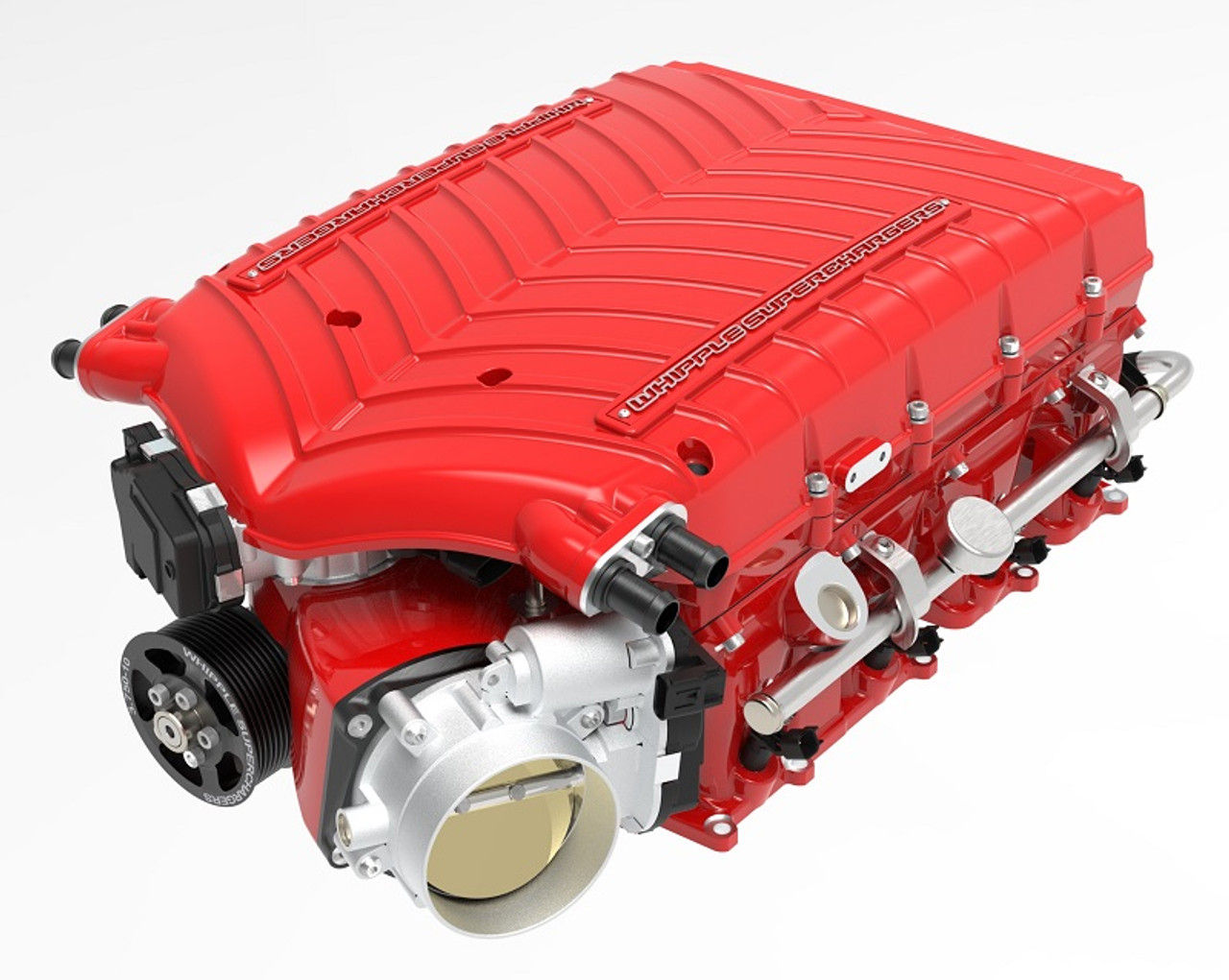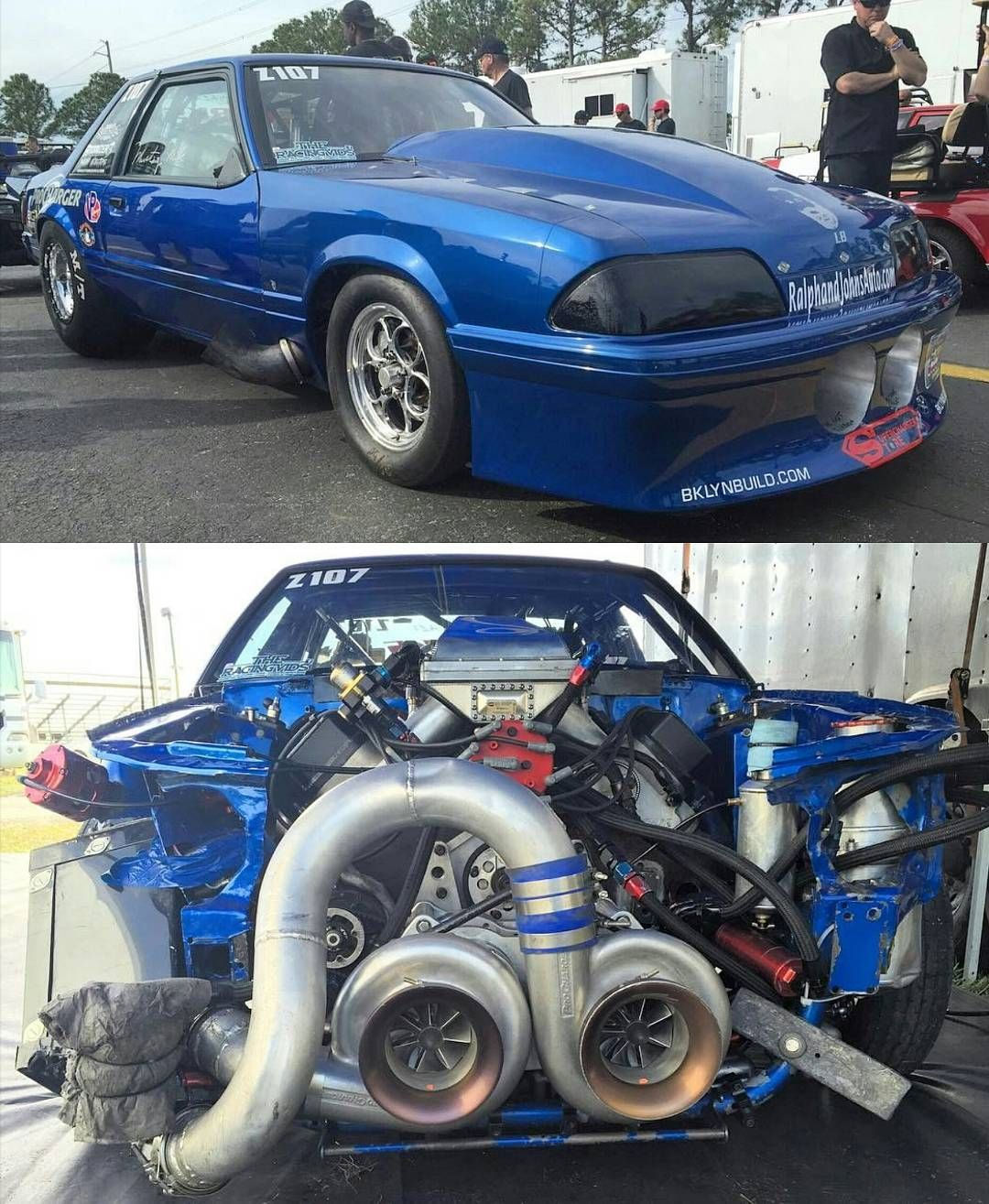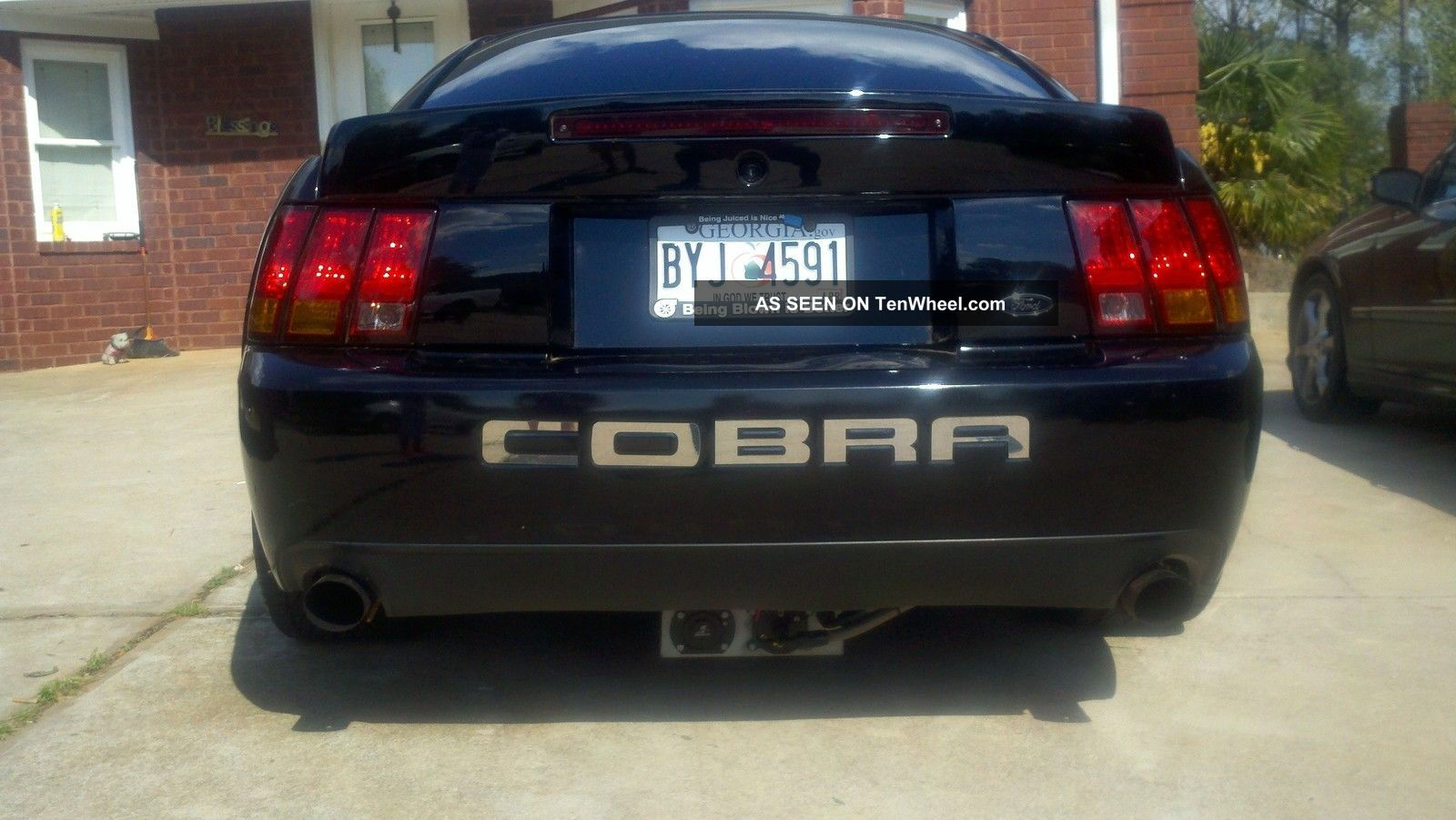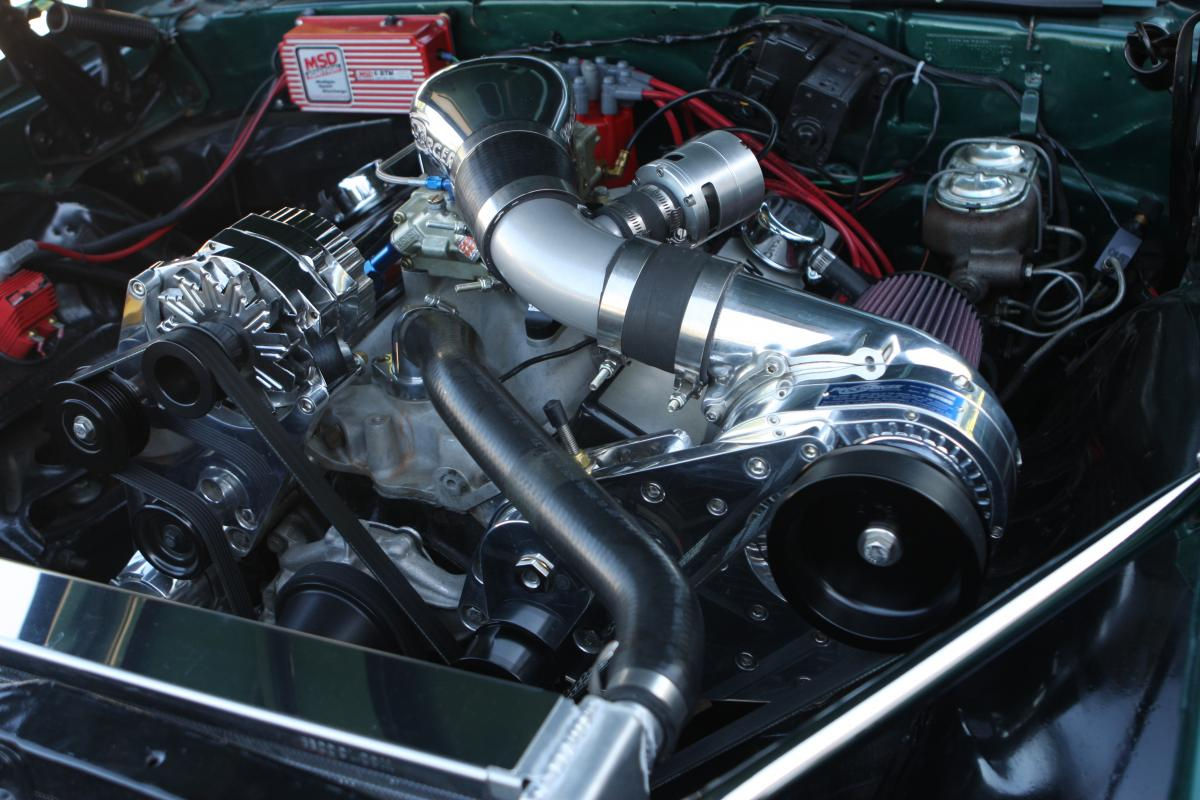Decoding the Dyno: A Deep Dive into ProCharger Performance
The image presents a fascinating glimpse into the world of automotive performance tuning. It's not just a table of numbers; it's a story of power, precision, and the transformative effect of forced induction. This data sheet, likely from a dyno test performed by SVT Performance, details the performance gains achieved by installing a ProCharger Stage 1 supercharger on a vehicle (the specific vehicle model isn't explicitly stated, but we can infer certain characteristics later). Let's dissect this wealth of information.
Understanding the Data:
The table meticulously documents the engine's performance at various engine speeds (RPM). It compares the vehicle's baseline performance (without the supercharger) to its performance after the installation of a ProCharger Stage 1 supercharger. The key metrics measured are:
- RPM (Revolutions Per Minute): The engine's rotational speed.
- Torque: The rotational force produced by the engine, measured in pound-feet (lb-ft). Torque is what accelerates the car.
- Power (Horsepower): A measure of the engine's work rate, reflecting how quickly it can produce torque.
- Boost: This refers to the increased pressure generated by the ProCharger supercharger, forcing more air into the engine for increased combustion. This is usually expressed in pounds per square inch (psi).
- Difference: This crucial column showcases the performance improvements resulting from the supercharger installation. It subtracts the baseline values from the ProCharger values, illustrating the added torque and power.
Analyzing the Results:
The data reveals a substantial power increase across the RPM range. Notice the consistent positive values in the "Difference" columns. The supercharger doesn't just add a bit of extra oomph; it significantly boosts both torque and horsepower. The most dramatic gains are observed in the higher RPM ranges, indicating the supercharger's efficiency in delivering increased airflow at higher engine speeds.
The "Boost" column shows a gradual increase in boost pressure as the engine RPM rises. This makes sense because the supercharger spins faster at higher RPM, generating more boost. The relationship between boost and power/torque gains highlights the supercharger's effectiveness in delivering more air for combustion.
The most impressive figure is the peak power increase, a substantial gain of approximately 153.87 horsepower at 6750 RPM, achieved thanks to the Stage 1 ProCharger. At the same RPM, the torque increase is 120.65 lb-ft. These are significant figures that would translate to a dramatic improvement in acceleration and overall driving experience.
Deriving a Narrative:
This data doesn't just represent cold, hard numbers; it tells a story. Imagine the owner of this vehicle, perhaps a passionate enthusiast, seeking more performance from their car. They research their options, considering various tuning methods, and finally decide on a ProCharger Stage 1 supercharger kit. The installation, perhaps completed by a skilled mechanic or even the owner themselves, is an exciting process. The anticipation builds as they head to the dyno, ready to witness the fruits of their labor.
The dyno test itself is a moment of truth. As the car roars on the dynamometer, the numbers scroll across the screen. The initial baseline run establishes the vehicle's current capabilities. Then comes the moment of revelation: the ProCharger-enhanced performance. The jump in horsepower and torque is palpable. The driver experiences the thrill of significantly increased acceleration, the car responding instantly to the throttle.
This data sheet is a testament to their hard work and the transformative power of performance tuning. It's a document that celebrates the owner's investment, their dedication to performance, and the success of the modification.
Beyond the Numbers:
This data also opens up various avenues for further investigation:
- Vehicle Identification: The specific make and model of the vehicle are missing from this data. Identifying the vehicle would add context and allow for more specific analysis and comparisons with other models.
- Tuning Details: The data sheet doesn't specify the details of the engine tuning. The ProCharger likely requires additional adjustments to the engine's fuel delivery and ignition timing for optimal performance. Knowing the exact calibrations would allow a deeper understanding of the results.
- Long-term Reliability: While this data reflects immediate performance gains, long-term reliability is crucial. A forced induction setup like this puts added stress on the engine components. Monitoring performance over time and addressing potential wear-and-tear is important.
- Cost-Benefit Analysis: The cost of the ProCharger kit and installation needs to be weighed against the performance gains achieved. A cost-benefit analysis will provide a perspective on the financial implications.
Conclusion:
This seemingly simple data sheet is a powerful document, narrating a story of automotive enhancement. It showcases the remarkable power boost achievable through carefully selected modifications and skilled installation. The data provides an objective quantification of the ProCharger's performance increase, but it also invites us to imagine the visceral experience of driving a vehicle with such a substantial power upgrade. The story this data tells is not just about horsepower and torque; it's about passion, dedication, and the pursuit of automotive excellence.
